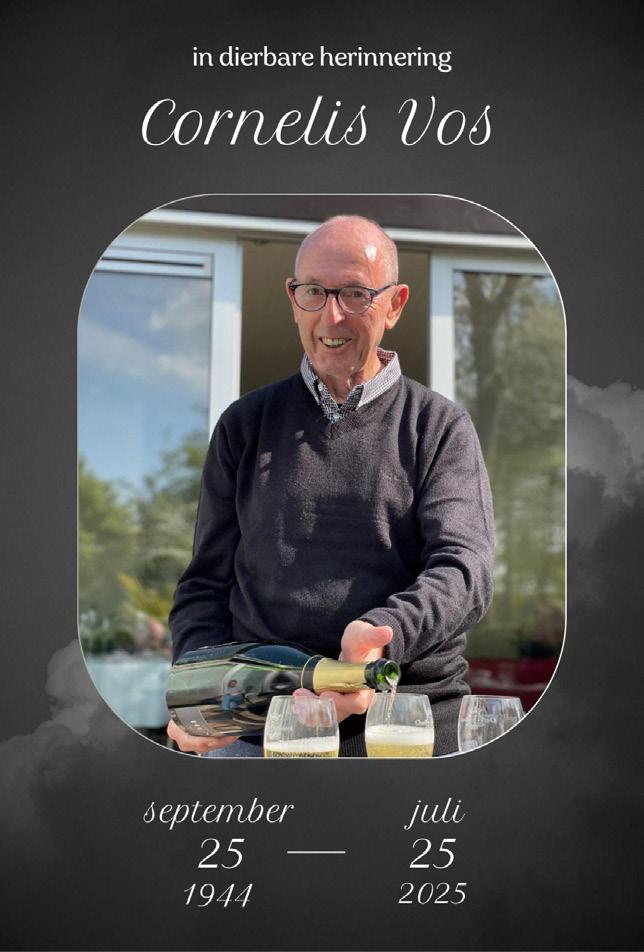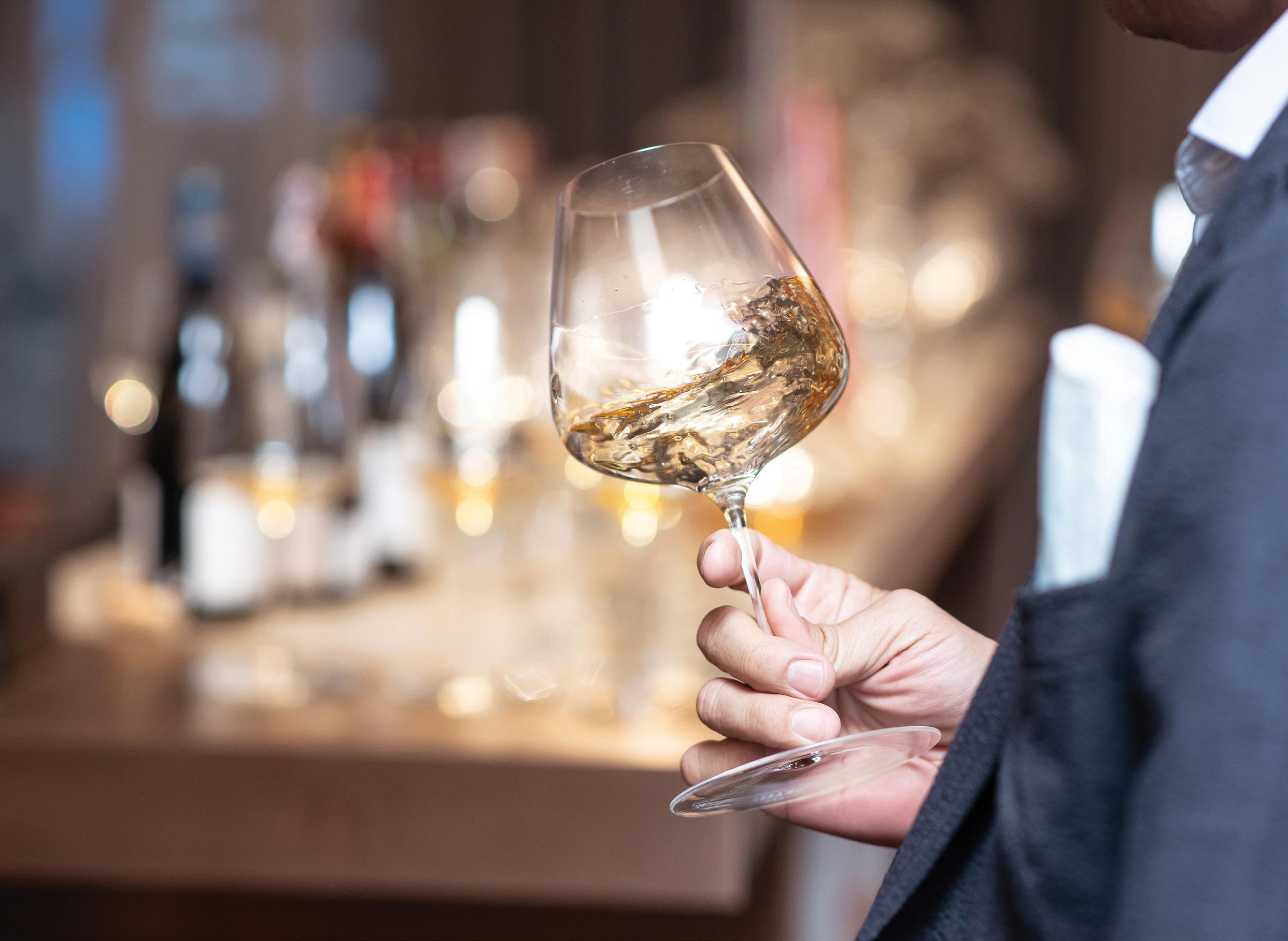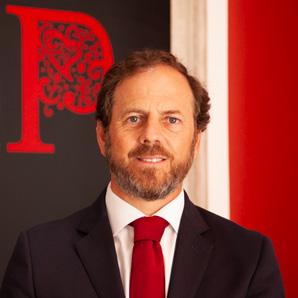



AUGUST 2025 ISSUE #22
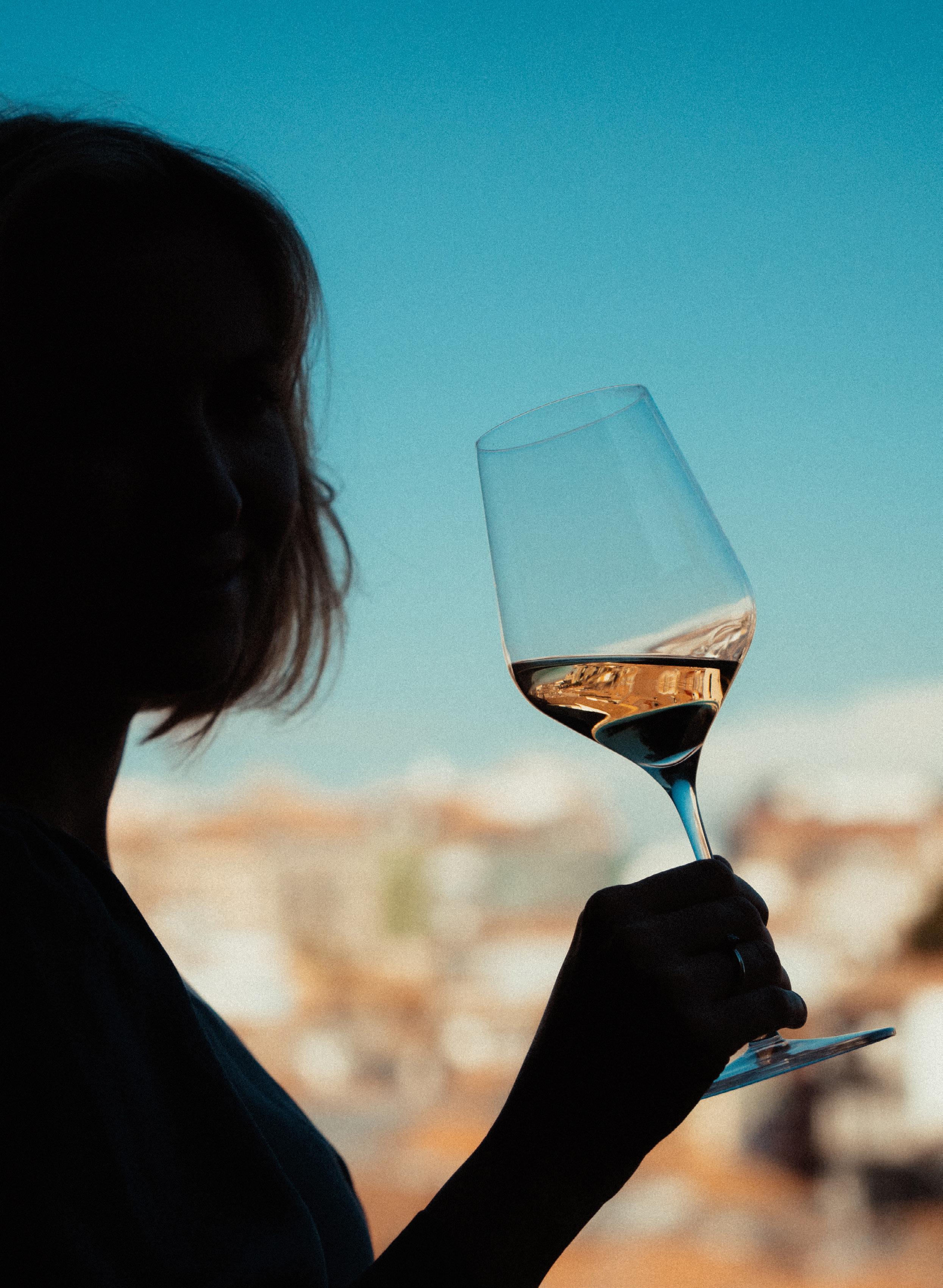





AUGUST 2025 ISSUE #22

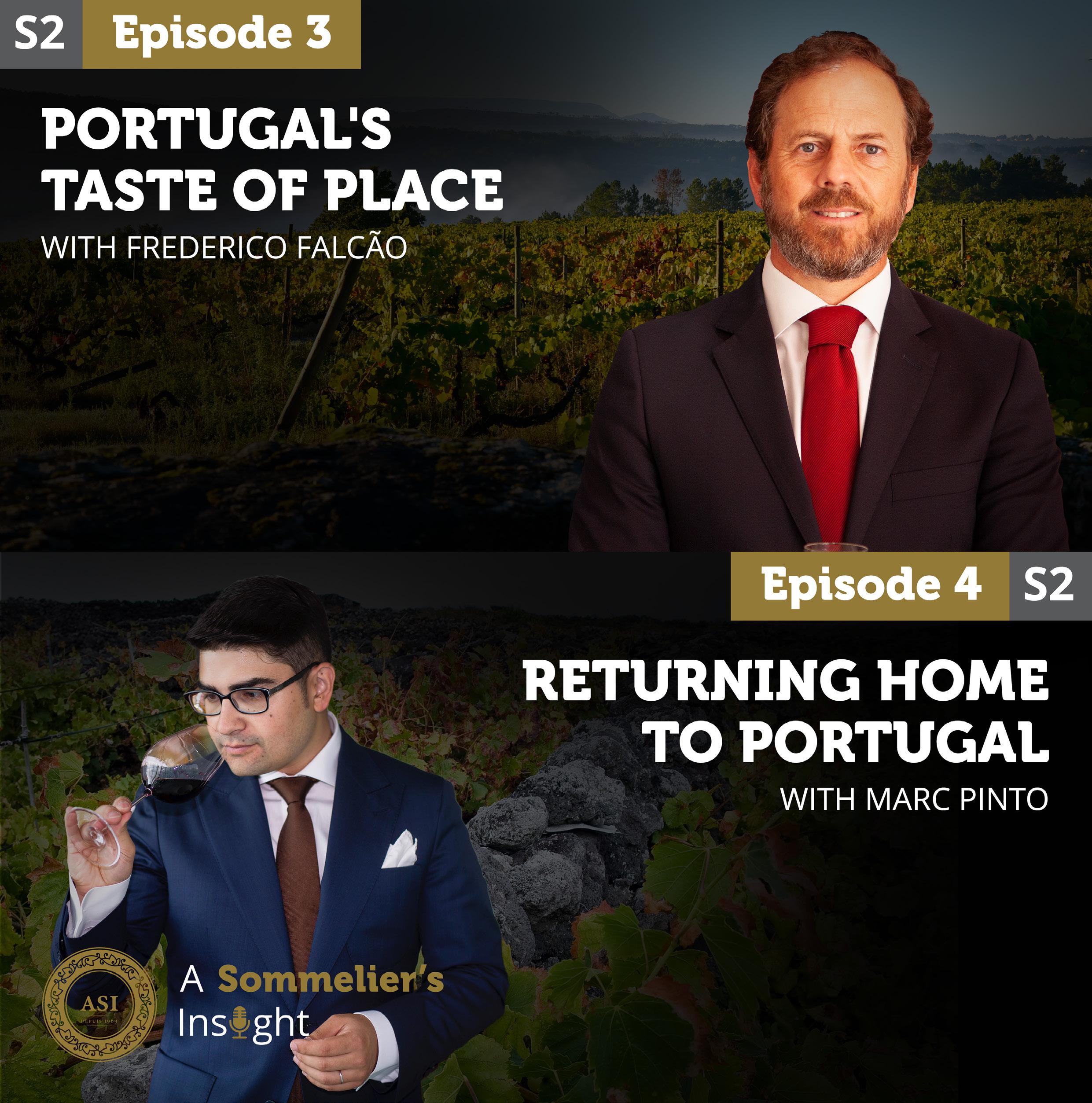
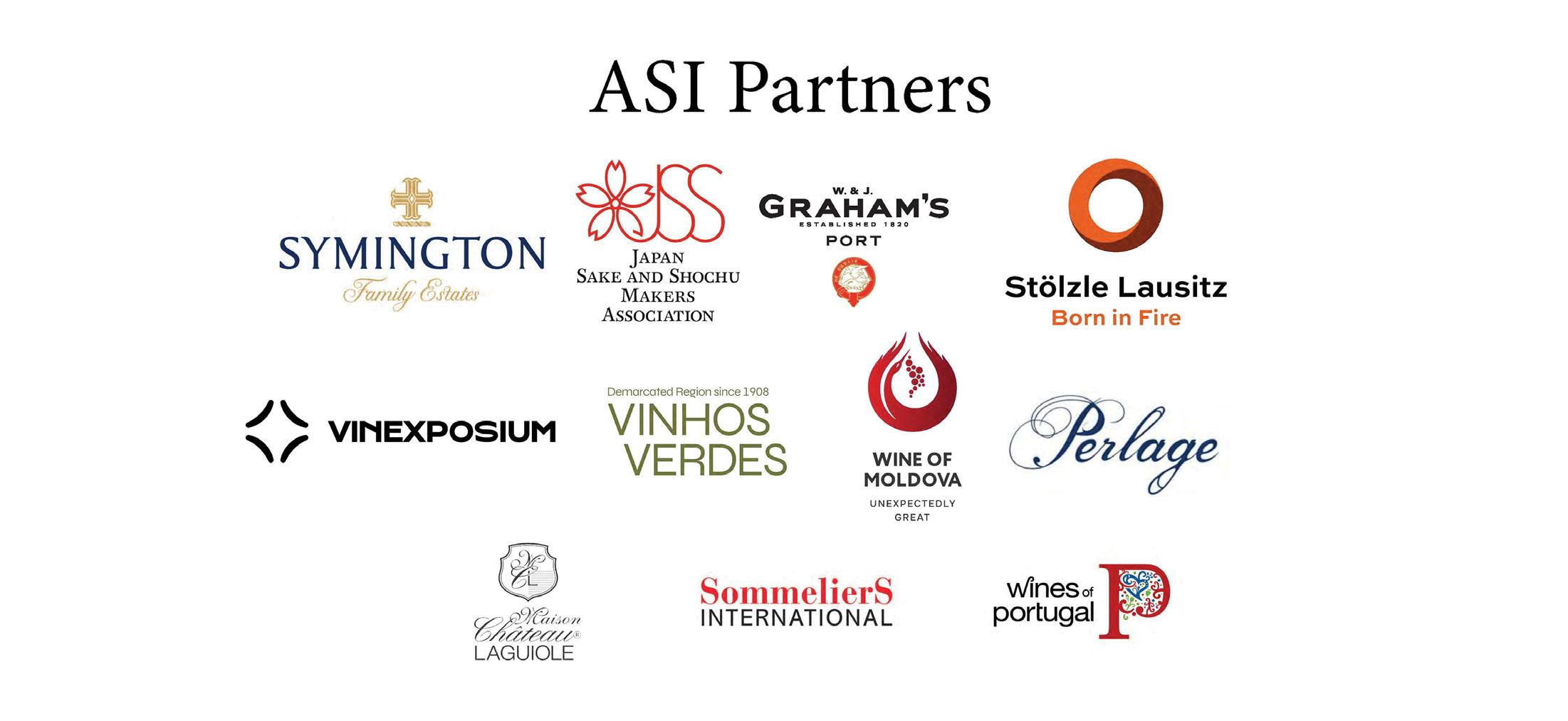

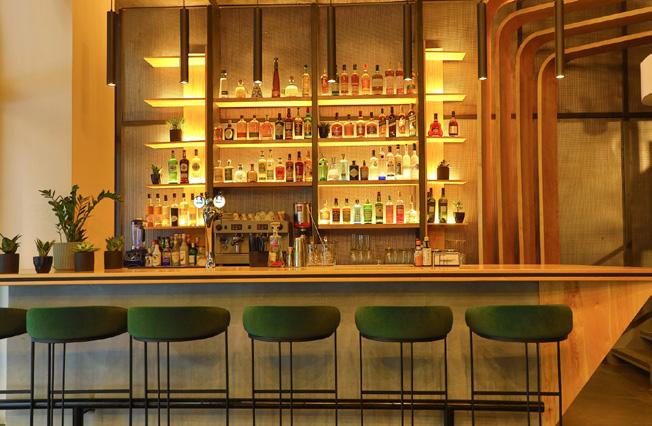
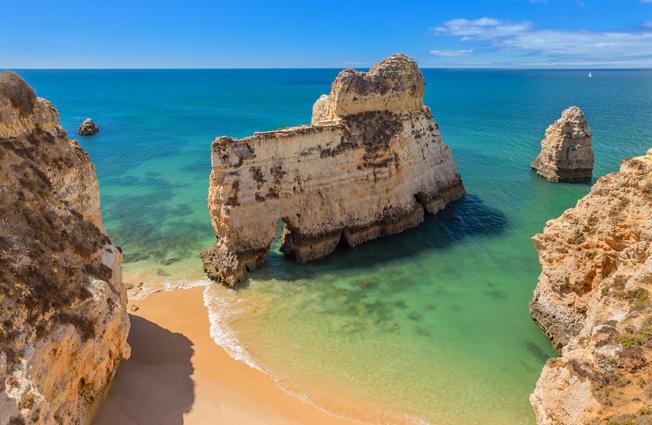
Published by: Association de la Sommellerie Internationale
Editor, Content Manager: Mark DeWolf
Partnership Management: Ana Sofia Oliveira
Marketing & Communication: Xeniya Volosnikova
Administrative Assistant: Claire Monnier
Copy Editing: Nina Basset
Translation: Michèle Aström Chantôme, Manuel Negrete
Design / Layout: Carissa Botha
Photography: Jean-Yves Bernard, Alex Chris, G.D. Vajra, Matthew Molchen, iStock, Pexels
Cover Photo: A young sommelier tastes the fresh flavours of modern Portuguese wine with the city of Porto in the background.
Contributors:

ASI Executive Board
General Inquiries: www.asi.info | info@asi.info click on an article for fast navigation>
President: William Wouters
Secretary General: Beáta Vlnková
Assistant Secretary General: Ivo Dvorak
Treasurer: Philippe Faure-Brac
Assistant Treasurer: Samuil Angelov
Vice-president for Asia & Pacific: Saiko Tamura-Soga
Vice-president for Africa & Middle East:
Michèle Aström Chantôme
Vice-president for Europe: Piotr Kamecki
Vice-president for the Americas: Matias Prezioso
Michèle Chantôme, Roman Chsherbakov, Jean Desvaux Geerdarry, Mark DeWolf, Frederico Falcão, Janet Kang’ethe, Joseph Manouyer, Marc Pinto, Amrita Singh, Jessica Tan, Diego Tomasi, Francesca Vajra, Karin Vinsth, William Wouters
Magazine inquiries: Mark DeWolf, ASI Content Manager markdewolf@asi.info
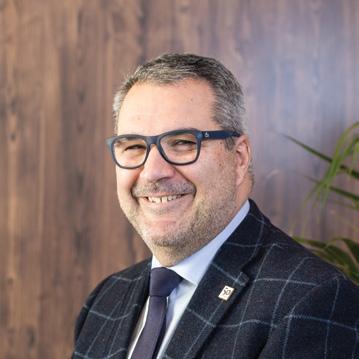
William Wouters, President ASI
One of the greatest joys of our profession is its universality. Wine – and by extension, sommellerie – speaks a language that transcends borders, cultures, and even, at times, adversity. As I look around the world today, I am deeply inspired by how our community continues to expand to new horizons, carrying with it not just technical skill, but a shared passion for hospitality, culture, and connection.
This issue of ASI Magazine shines a light on that spirit of growth, with stories that illustrate how sommellerie is taking root in places once thought unlikely.
Africa and the Middle East, for example, are experiencing a remarkable awakening in wine and hospitality culture. Yes, there are challenges – some structural, others religious – but passion finds a way. From Morocco, South Africa, and Mauritius to Zimbabwe, Kenya, and even the luxury hotels of the United Arab Emirates, sommeliers are building networks, educating new professionals, and creating opportunities for local talent to thrive. These developments remind me that sommellerie is not merely about wine service; it is about cultural exchange, education, and elevating hospitality standards everywhere.
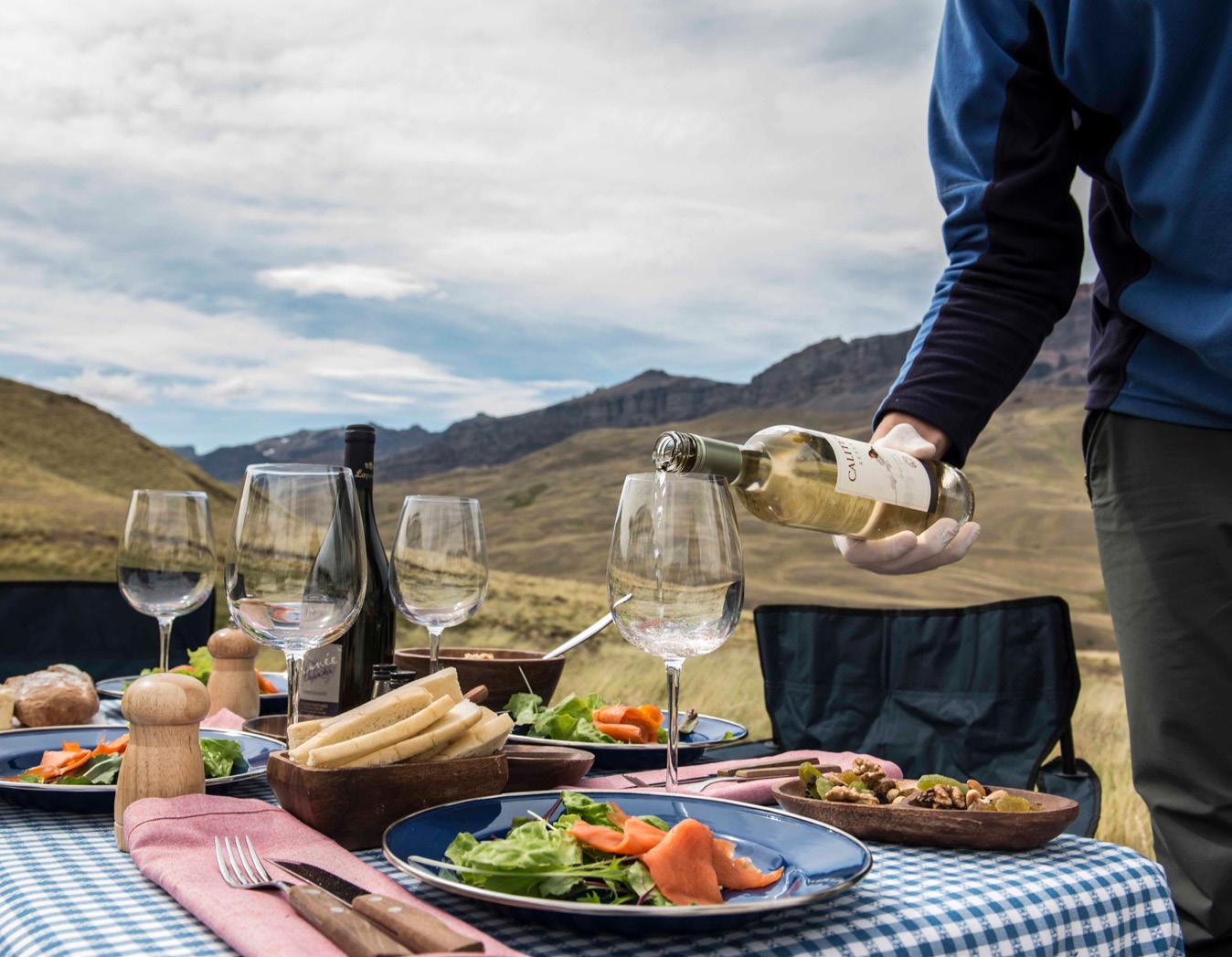
I was also pleased to discover an article showcasing sommeliers working in country’s not typically associated with fine beverage service. Finding top sommeliers in countries such as Kenya, Mauritius, Kazakhstan, and the Faroe Islands proves our message is expanding its horizons.
We also turn our attention to Portugal – a country that, while rich in wine tradition, is enjoying a modern renaissance. I had the pleasure of reading Frederico Falcão’s insights into how ViniPortugal has championed indigenous varietals, turning what was once a challenge – hundreds of
“Sommeliers are building networks, educating new professionals, and creating opportunities for local talent to thrive.”
native grapes, many unfamiliar to global consumers – into Portugal’s strongest selling point. This deep respect for local identity is something I hope all sommeliers embrace, no matter where they work.
And speaking of identity, we feature Marc Pinto, a sommelier whose return to his native Portugal is both a personal and professional rediscovery. Through his eyes, we see how local grape varieties wines are not just to sell, but cultural stories to share – a reminder of why we do what we do.
At ASI, our mission remains clear: to nurture talent, build bridges, and ensure that wherever great hospitality exists, sommellerie is part of the conversation.
From the vineyards of the Douro to the restaurants of Nairobi and the luxury resorts of Mauritius, our profession is alive and thriving.
So, let us raise a glass of Touriga Nacional from Douro or an Alvarinho from Vinhos Verde, or even a tea for those who prefer and toast the individuality of Portugal and bright future of sommellerie around the globe. One that is inclusive, and beautifully global.
“These developments remind me that sommellerie is not merely about wine service; it is about cultural exchange, education, and elevating hospitality standards everywhere.”
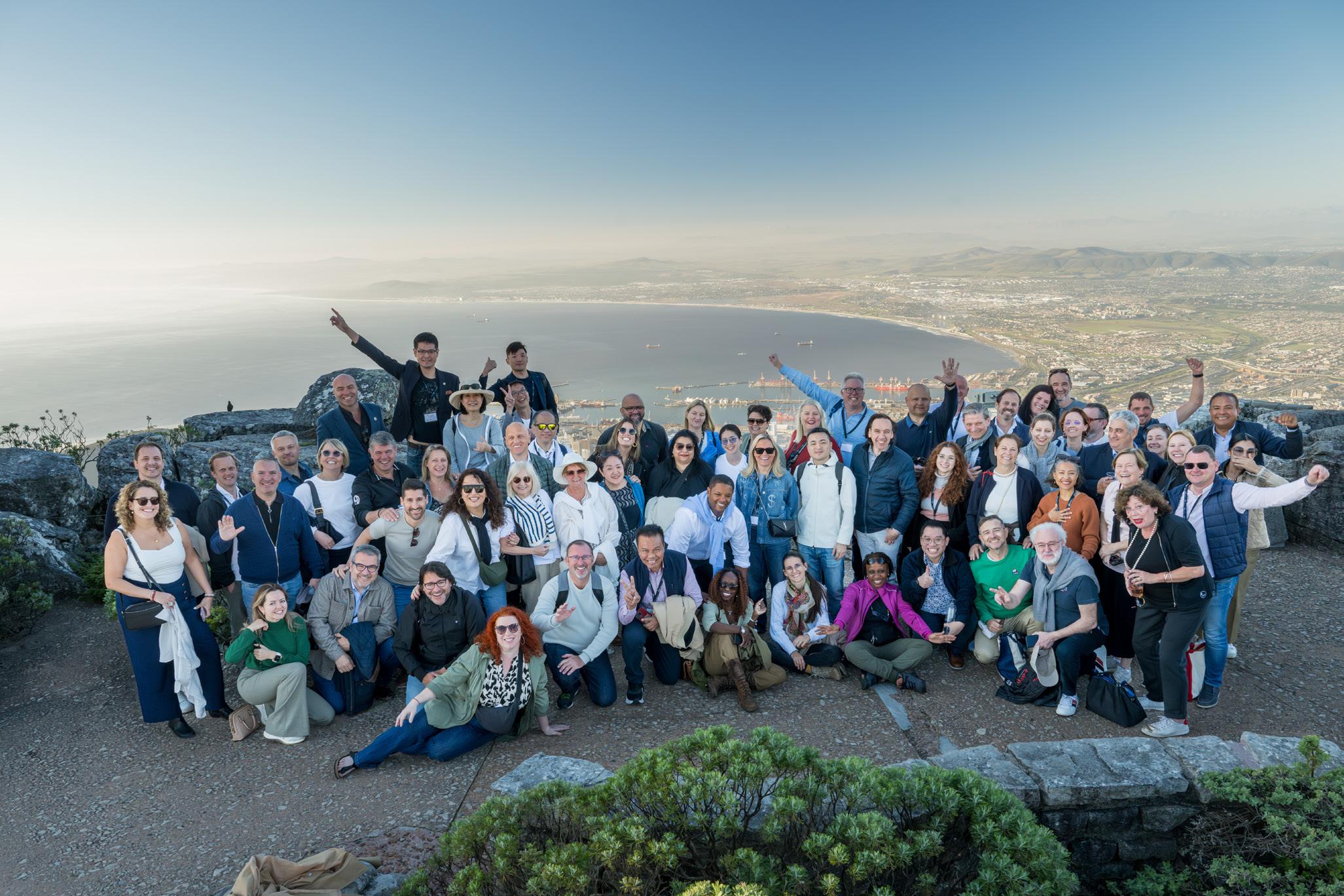

Mark DeWolf
Mark DeWolf, Content Manager ASI Editor, ASI Magazine markdewolf@asi.info
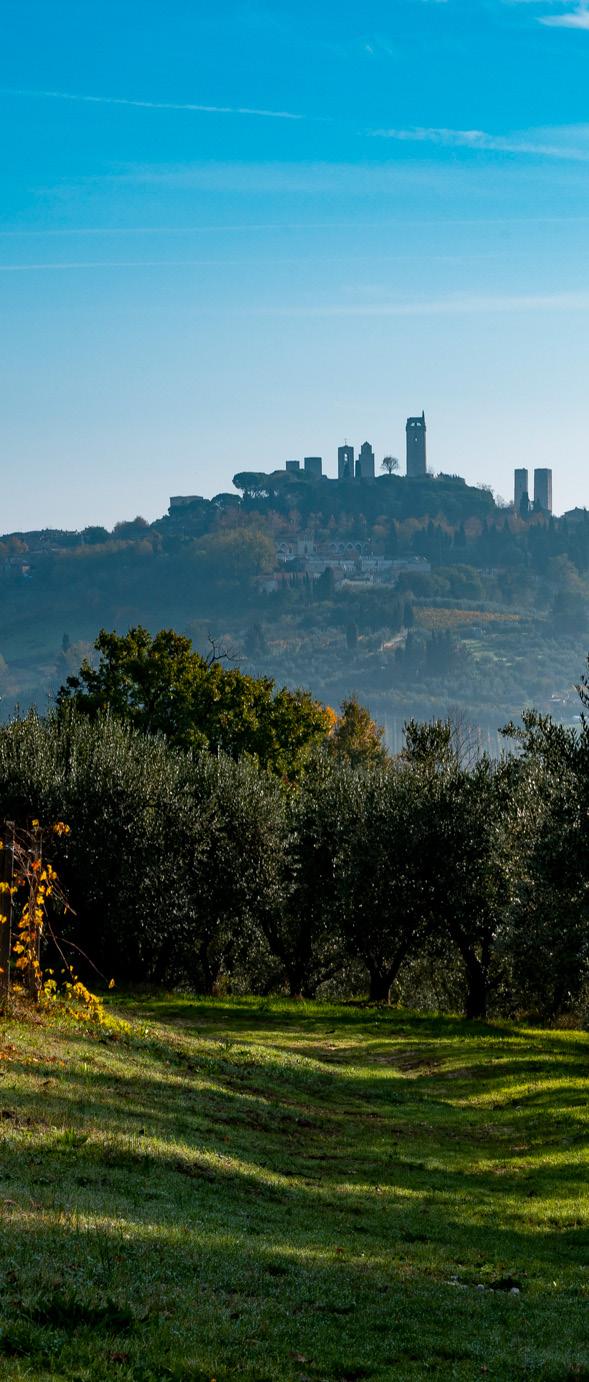
If there are a couple of wine countries that keep me endlessly enthralled, they must be Italy and Portugal. For this issue, I had a wonderful conversation with Portuguese super sommelier Marc Pinto about what makes Portuguese wines so special. I also spoke with Frederico Falcão, President of ViniPortugal, about how they’ve cultivated global interest in their unique varietals.
I can’t help but share in their love of Portuguese grapes and their distinctive terroirs—especially lesser-known varieties like Encruzado (Dão), Baga (Bairrada), Ramisco (Colares), and Arinto dos Açores (Azores).
Similarly, Italian wine is an unapologetic celebration of place—and not just in the French sense of terroir In Italy, place speaks not only to soil and climate, but also to community and local pride. Is there anywhere else where vintners, other than Portugal, wear their roots with such conviction? Nowhere is this more evident than in the astonishing tapestry of autochthonous grape varieties. With over 500 officially recognised indigenous grapes—and likely hundreds more tucked away in tiny plots and backyard vineyards—Italy isn’t just a wine country; it’s a mosaic of micro-cultures, dialects, soil types, and varietal expressions.
My journey into wine began, like many others, with international staples: Cabernet, Chardonnay—and, as it was the late ’90s, Australian Shiraz and New Zealand Sauvignon Blanc. But it was Italian wine that converted me from part-time enthusiast to full-time wine geek. There was something truly compelling about it. Each wine was so unique, yet somehow, they all felt connected. No other country offers such a diversity of personalities,
“Italy isn’t just a wine country; it’s a mosaic of micro-cultures, dialects, soil types, and varietal expressions.”

and yet, regardless of grape or region, there is—and always has been—an unmistakable Italian-ness to Italian wines.
The wines carried me on vinous journeys through time and place. So much so that they compelled me to visit Italy and see for myself the who, the where, the why behind these great wines. I’ve now made the long journey across the Atlantic dozens of times, each visit bringing new experiences, new places, and new wines.
As a young sommelier, Piedmont, for example, meant Barolo and Barbaresco. While I still love them, recent visits have opened my eyes to the age-worthiness of Timorasso, the minerality and freshness of Nascetta, Gavi, and Erbaluce, and the juicy, easy-going nature of Grignolino. Thanks to producers like G.B. Burlotto and G.D. Vajra, I’ve also come to ooh and aah over Pelaverga and Freisa. Even in Tuscany, where Sangiovese will
never relinquish its dominance, I enjoy tasting wines from other grapes like Ciliegiolo and Mammolo. Even Vernaccia—once dismissed as tourist fare—can, in the right hands, exhibit Chablis-like minerality, verve, and age-worthiness. Or so I learned from Panizzi.
Indeed, in a country long celebrated for its reds, some of the most exciting wines today are white. Verdeca from Puglia, once relegated to Vermouth production, is now gaining recognition for its crisp, fresh palate, herbal and citrus aromas, and mineral edged finish. Or consider the saline, apple and citrus tones of Sicilian Carricante. Or perhaps the captivating aroma, vitality, and freshness of Ligurian Pigato. The list goes on and on.
In an age of global sameness— where too many wine lists blur into one—Portugal and Italy’s devotion to diversity is a quiet act of rebellion and a profound gift to sommeliers. As someone who champions
storytelling, I’m continually inspired by how each Portuguese and Italian grape offers not just flavour, but folklore.
There’s also a kind of gastronomic wisdom baked into the varietals of these countries. Take Frappato, with its light body and wild strawberry notes—it’s made for Sicilian caponata or a Soave Classico paired with a simple risotto. Its an Alvarinho dominant Vinhos Verdes with Arroz de Marisco (seafood rice), and earthy Alfrocheiro and Jaen rich wine from the Dão with roast kid (goat), or a plate of crispy skin roast pork with a glass of Bairrada. In these countries wine and food pairings aren’t thought processes they are linked through community, history and the soul.
As a sommelier and writer, I believe we owe it to these grapes—and the people who have preserved them—to celebrate them with pride. Because Italy and Portugals’s indigenous grapes don’t just belong to these countries. They belong to anyone who believes that wine should taste like somewhere, not something. And that, to me, is the very soul of sommellerie.
• Verdeca - Produttori di Manduria Alice Salento Verdeca IGT (Puglia, Italy)
• Timarosso - Vigneti Massa Derthona Colli Tortonesi Timorasso DOC (Piedmont, Italy)
• Vernaccia - Panizzi Riserva Vernaccia di San Gimignano DOCG (Tuscany, Italy)
• Encruzado - Quinta da Pellada Primus Dão DOC (Dão, Portugal)
• Verdelho - Anselmo Mendes Biscoitos DOC (Açores, Portugal)
Cheers
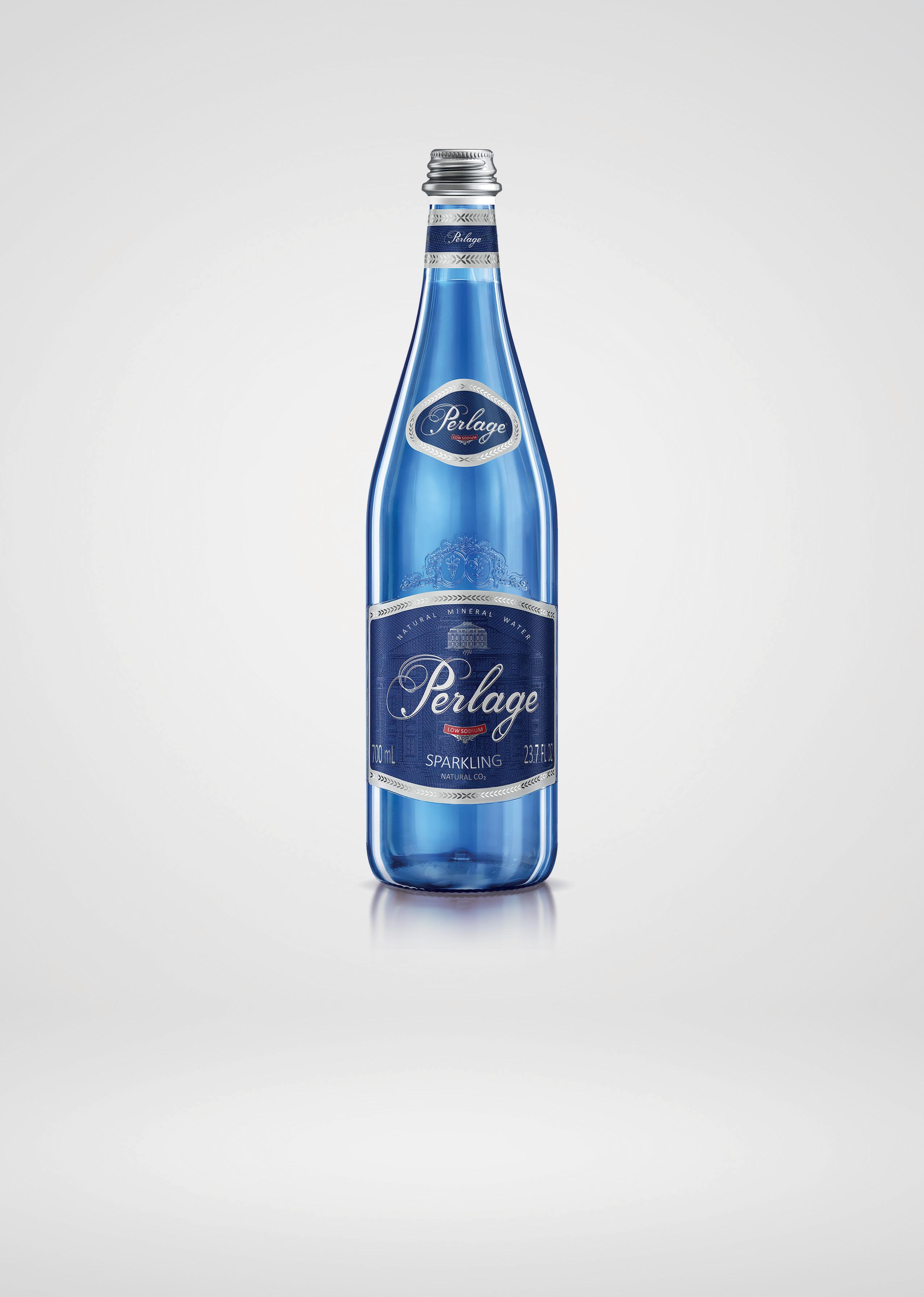
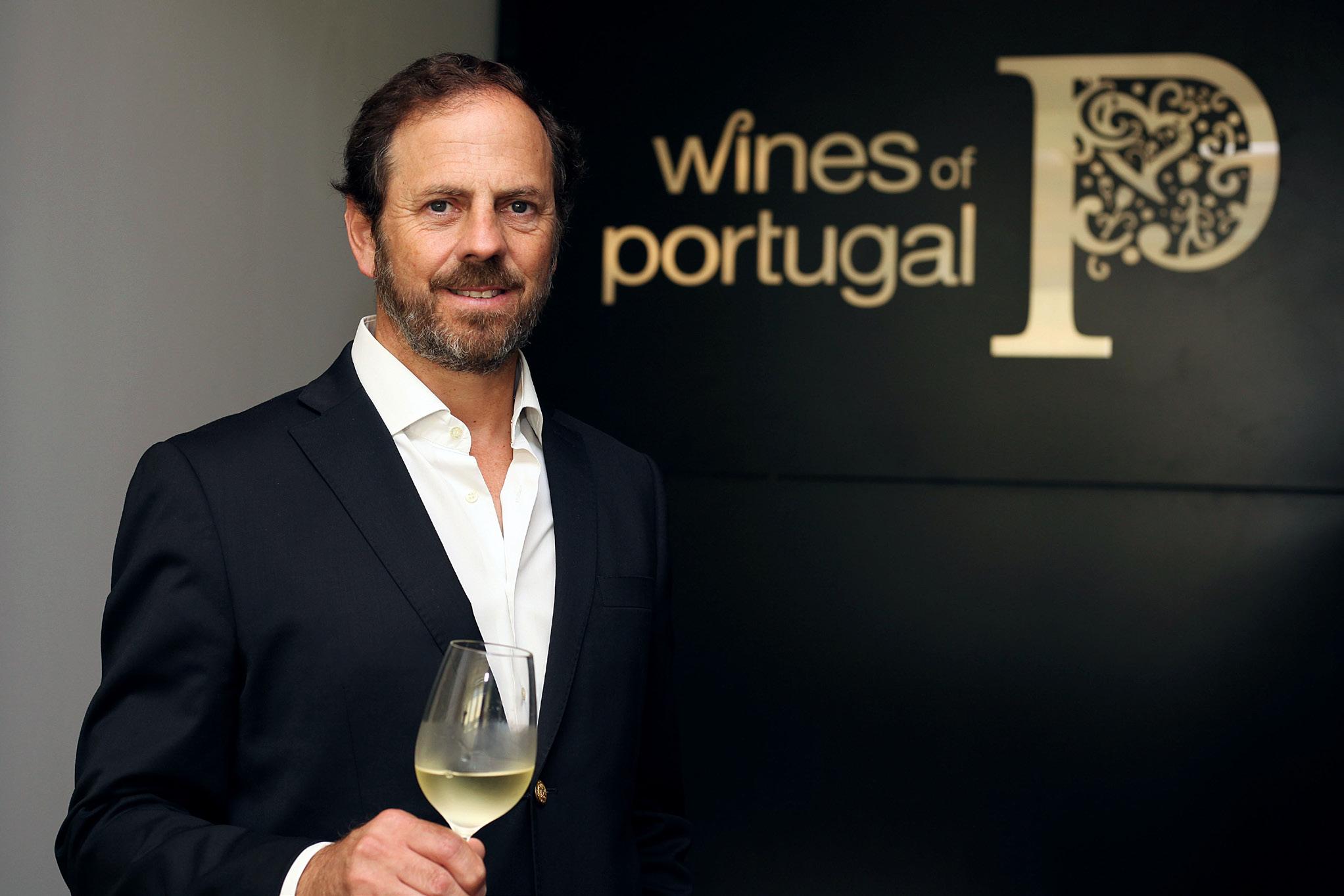
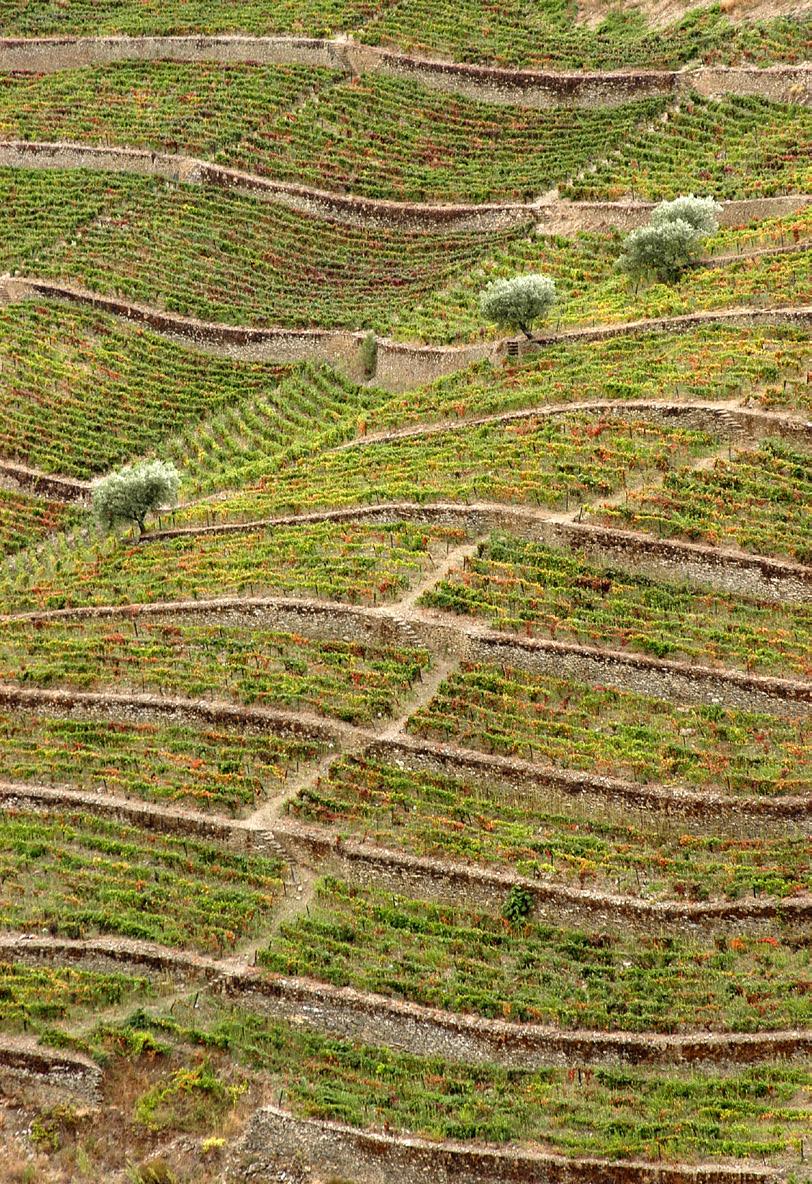
With Frederico Falcão, President of the Board of ViniPortugal
n a global context where wine consumption is generally declining, Portugal stands as a compelling exception. From 2019 to 2023, Portuguese wine production rose according to statistics acquired from OIV by 15 per cent (from 2019 to 2024 the increase is 6.15 per cent, reflecting reduced yields in 2024), defying global trends and reinforcing the country’s standing in the wine world. These figures are bolstered not only by growing international demand but also by strong domestic consumption and the influence of tourism.
Driving this growth is ViniPortugal, the organisation behind the Wines of Portugal brand. Portugal’s wine identity is rooted in over 250 native grape varieties, producing wines that offer a distinctive alternative to more widely planted international varietals. While the country was once dominated by Port and Madeira, its wine exports are now more balanced, with increasing emphasis on table wines, which currently account for a much larger share of international sales.
Portugal’s wine industry has become more strategic in recent years, responding to shifting global
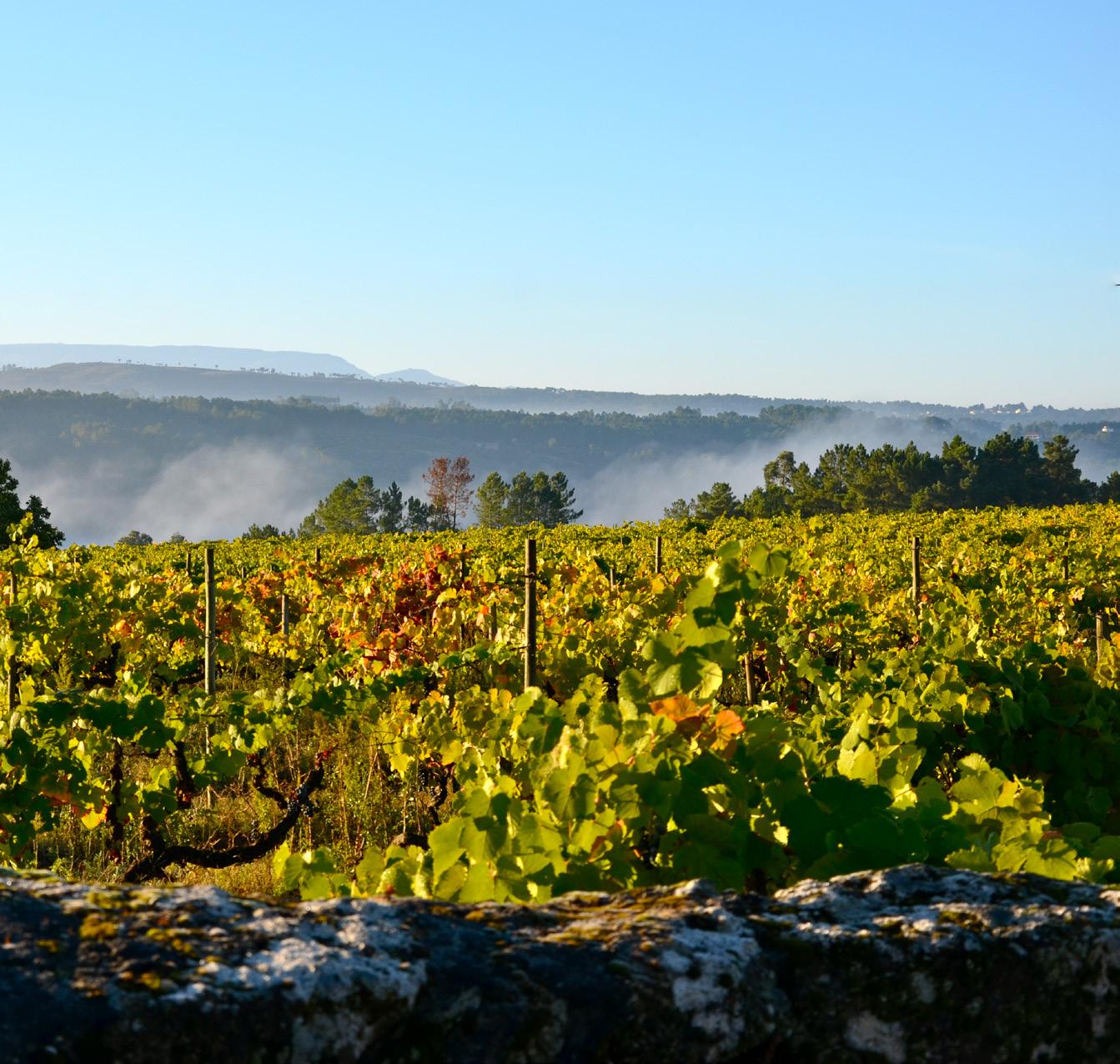
“As for what sets us apart—it’s our uniqueness: over 250 native grape varieties and very distinct terroirs. People taste our wines, love them, and buy more. Portugal is truly a world to be discovered.”
markets by targeting emerging regions in Asia and Eastern Europe. This pivot is underpinned by a growing awareness that affordability, indigenous varietals, and regional authenticity resonate with modern consumers. At the same time, Portugal continues to embrace technological innovation alongside traditional techniques, staying competitive while preserving its unique vinous heritage.
ASI recently sat down with Frederico Falcão, President of the Board of ViniPortugal, to discuss the evolution of Portuguese wine, the importance of sommeliers in telling Portugal’s story, and the country’s vision for a more inclusive, sustainable, and global wine industry.
ASI: Portugal has seen impressive growth in wine production while global consumption is down. How has this growth been possible?
Frederico Falcão (FF): It’s a combination of factors. Firstly, Portugal drinks a lot of wine—we’re the largest per capita consumers in the world at 61 litres. But it’s not
just locals. We had over 30 million tourists last year, and many of them discover our wines while visiting. They find unique varietals and great value, so they end up drinking quite a bit while they’re here. Secondly, exports are growing significantly. That combination means we struggle to meet demand.
As for what sets us apart—it’s our uniqueness: over 250 native grape varieties and very distinct terroirs. People taste our wines, love them, and buy more. Portugal is truly a world to be discovered.
ASI: Looking back, Portugal was more traditional and closed off in the 1980s. Has that past helped shape your current success?
FF: Absolutely. In the ‘70s and even the ‘80s, we were quite closed off. Few Portuguese wines were found outside our borders, and many of today’s well-known brands didn’t even exist. That changed when we joined the EU in 1986. Since then, the transformation has been remarkable. We now promote Portuguese wines globally under the “Wines of Portugal” brand in 15 countries, showcasing our 14 wine regions. This diversity is both our advantage and our challenge. When people think of Argentina, they think Malbec. New Zealand? Sauvignon Blanc. But Portugal? It could be Port, Madeira, or any one of 250 grapes. It’s complex— but it’s also our strength.
ASI: With such diversity, is working with sommeliers vital to spreading your message?
FF: Extremely. During the pandemic, when restaurants were closed, our wines gained market share in supermarkets. But to truly grow, we need a stronger presence in restaurants and wine bars—spaces where sommeliers play a key role. That’s why working with ASI and sommeliers around the world is so important. They’re the storytellers who explain our regions and varietals face-to-face.
ASI: What are some of your top up-and-coming markets?
FF: You might be surprised to learn Angola is our top market by volume. That said, it’s quite price-sensitive and the relationship speaks to our historical connection (rather than seeing Africa currently as growth market). But we’re also investing in markets like Korea, China, Thailand, Malaysia, and Eastern Europe. Ukraine, for instance, is responding very well to our promotional efforts. Being present early in these markets gives us a better chance to build lasting relationships.
ASI: Port and Madeira once dominated Portuguese exports. Has that changed?
FF: Dramatically. Port once made up 65 per cent of our export value. Today it’s around 30 per cent. Table wines, often made from lesserknown native grapes, are leading the way. In the Douro, where Port is produced, to deal with this,
winemakers are producing more still wines to diversify their portfolio. They’re also finding inventive ways to serve and market Port. A great example is the rise of pre-packaged Port and Tonic.
ASI: Portugal is known for its modern winemaking. How do you balance innovation with tradition?
FF: We’ve come a long way since the ’80s. Young winemakers who trained abroad brought back new techniques—I worked in Australia myself. But now there’s a shift back toward respecting terroir and traditional methods: fermenting in clay or concrete and generally reducing intervention. The difference today is that we have the science to support natural winemaking with control and understanding.
ASI: Have your native varietals helped with adapting to climate change?
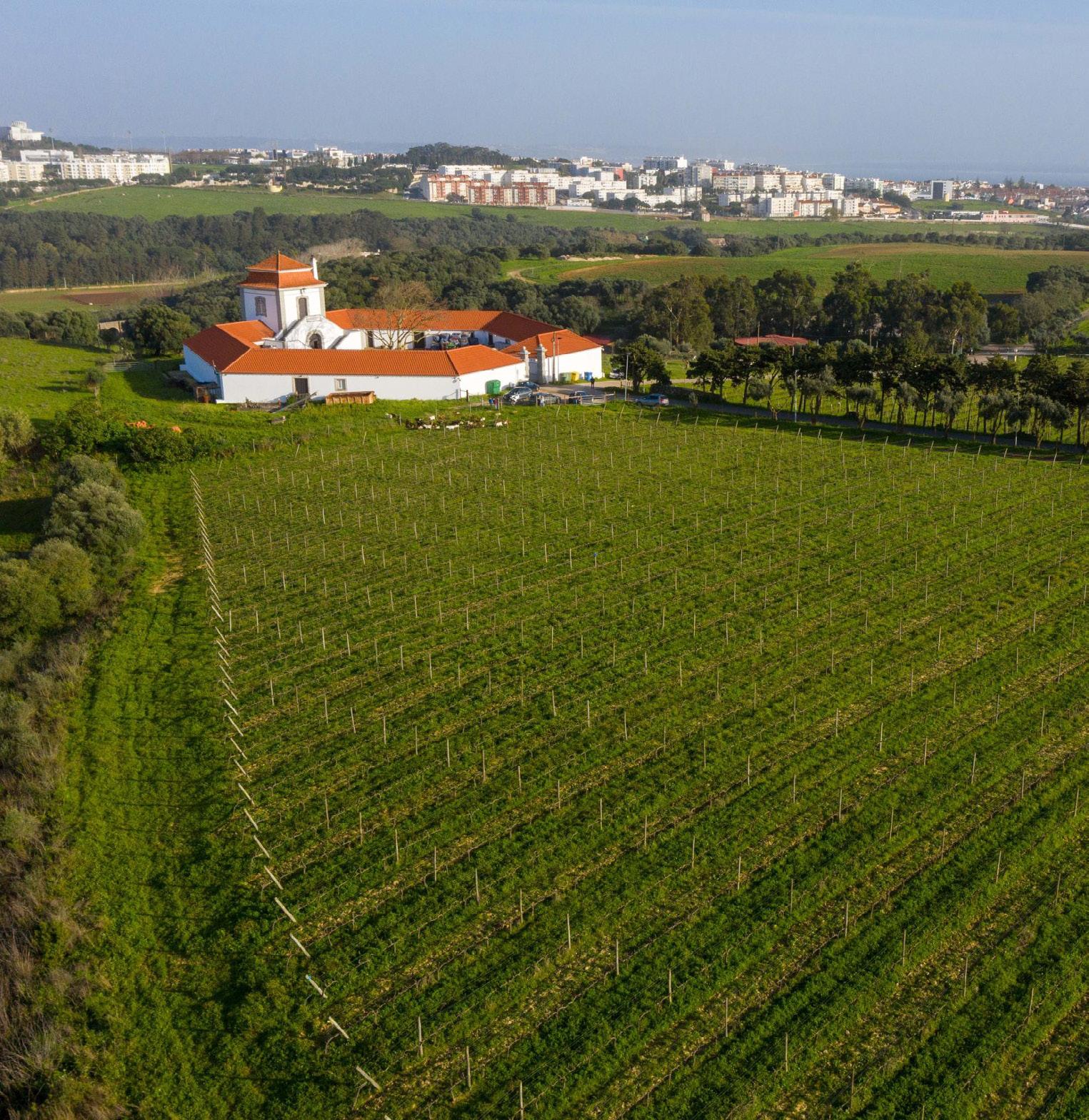
FF: Climate change is affecting us— hotter weather, less water. But our native grapes are well adapted. In fact, many nearly forgotten varieties are being replanted due to their resilience. We even host tastings focused on these “hidden gems” to showcase their potential.
ASI: Domestic consumption is high, but how do you ensure younger generations in Portugal stay engaged with wine?
FF: In Portugal, Gen Z still drinks wine—which is different from global trends. Wine is affordable here—a good bottle can cost just 4 Euros in a supermarket. That accessibility keeps younger people engaged. In other countries, where drinking wine is expensive, young people turn to beer, cocktails, or abstain altogether. Affordability has been key to our inclusivity.
ASI: Portugal is admired for offering value without sacrificing quality. How important is that positioning?
FF: Very important. Our goal is to increase the average price and value sustainably—without losing our approachability. A great Portuguese wine can still cost under 30 Euros. That’s why we’re gaining fans worldwide.
On behalf of ASI and the sommelier community, thank you for staying true to your native grape varieties, regional identity, and commitment to affordability. Portugal plays a vital role in keeping the wine world diverse and accessible.
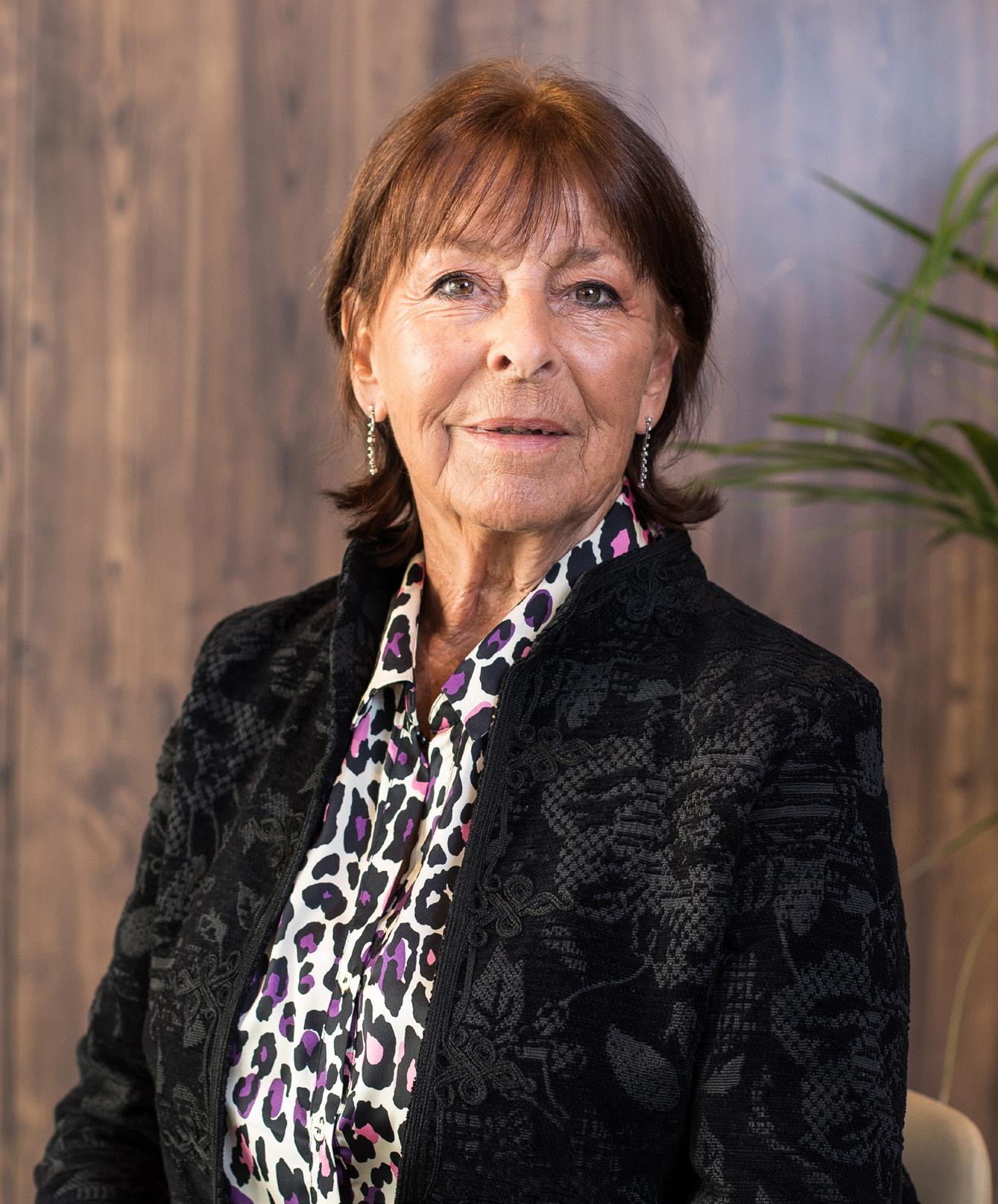
With Michèle Chantôme
For decades, the world of professional sommellerie has been closely associated with the great wine-producing nations of Europe and, more recently, with dynamic markets in Asia and the Americas. But in recent years, Africa and the Middle East have emerged as exciting new frontiers for the profession, driven by economic growth, a thriving tourism industry, and the passion of a new generation of hospitality professionals eager to refine their craft.
Supporting this transformation is Michèle Chantôme, Association de la Sommellerie Internationale (ASI Vice-President Africa & the Middle East). A pioneer in the global expansion of sommellerie, Chantôme has spent decades championing the profession, founding associations, and creating opportunities in regions where wine culture is still in its infancy—or, in some cases, where social and religious restrictions make the service of wine a sensitive subject.

Since Morocco’s ASMA became an ASI member in 2012, countries such as South Africa, Mauritius, and Zimbabwe have joined the international community, with Kenya and Lebanon more recently taking their first steps towards establishing formal sommelier associations. While luxury hotels, cruise lines, and international tourism remain key drivers of interest, national associations and initiatives like the Gérard Basset Foundation, the Sommeliers Academy of South Africa, are helping train and inspire young talent.

In this interview Chantôme shares her insights on the cultural and logistical challenges of introducing sommellerie in these regions, the successes she has witnessed, and why she believes sommeliers from Africa and the Middle East will one day stand shoulder to shoulder with the world’s best.
ASI: Over the past decade, how have you seen sommellerie evolve in Africa and the Middle East? What is the driving force behind this new interest, expansion of sommellerie in these regions?
“Young people working in bars and restaurants are increasingly attracted to the world of wine.”
Michèle Chantôme (MC): Africa is recognised as the continent of the future, where the greatest potential for economic growth lies. It is therefore exciting to support this progress, particularly in the field of lifestyle, while respecting the inclusion and diversity that are so important to ASI.
Apart from ASMA Morocco’s sommelier association which I founded and subsequently
became a member of ASI in 2012, to date we have only been joined by South Africa and Mauritius in 2015. Zimbabwe followed in 2020. Kenya has just joined the College of Applicants in May 2025. In the Middle East, only Lebanon was able to apply, not without difficulty, in 2023. The situation in this region of the world is more than problematic and is also considerably slowing down Israel's efforts. The United Arab Emirates are also in the starting blocks but face structural difficulties. However, many luxury establishments there employ foreign sommeliers.
In all these countries, whether they produce wine or not, it is the tourist infrastructure that attracts young people. Unfortunately, they often must learn on the job because there are few hotel schools, and if they do teach hospitality and catering, they very rarely offer courses on alcoholic beverages for religious reasons. Hence the need for national sommelier associations that can provide training in wine and other beverages.
Young people working in bars and restaurants are increasingly attracted to the world of wine.
“I was aware of the difficulties that lay ahead, but with my experience in the world of sommeliers and my knowledge of most of the countries and people concerned, I did not hesitate.”
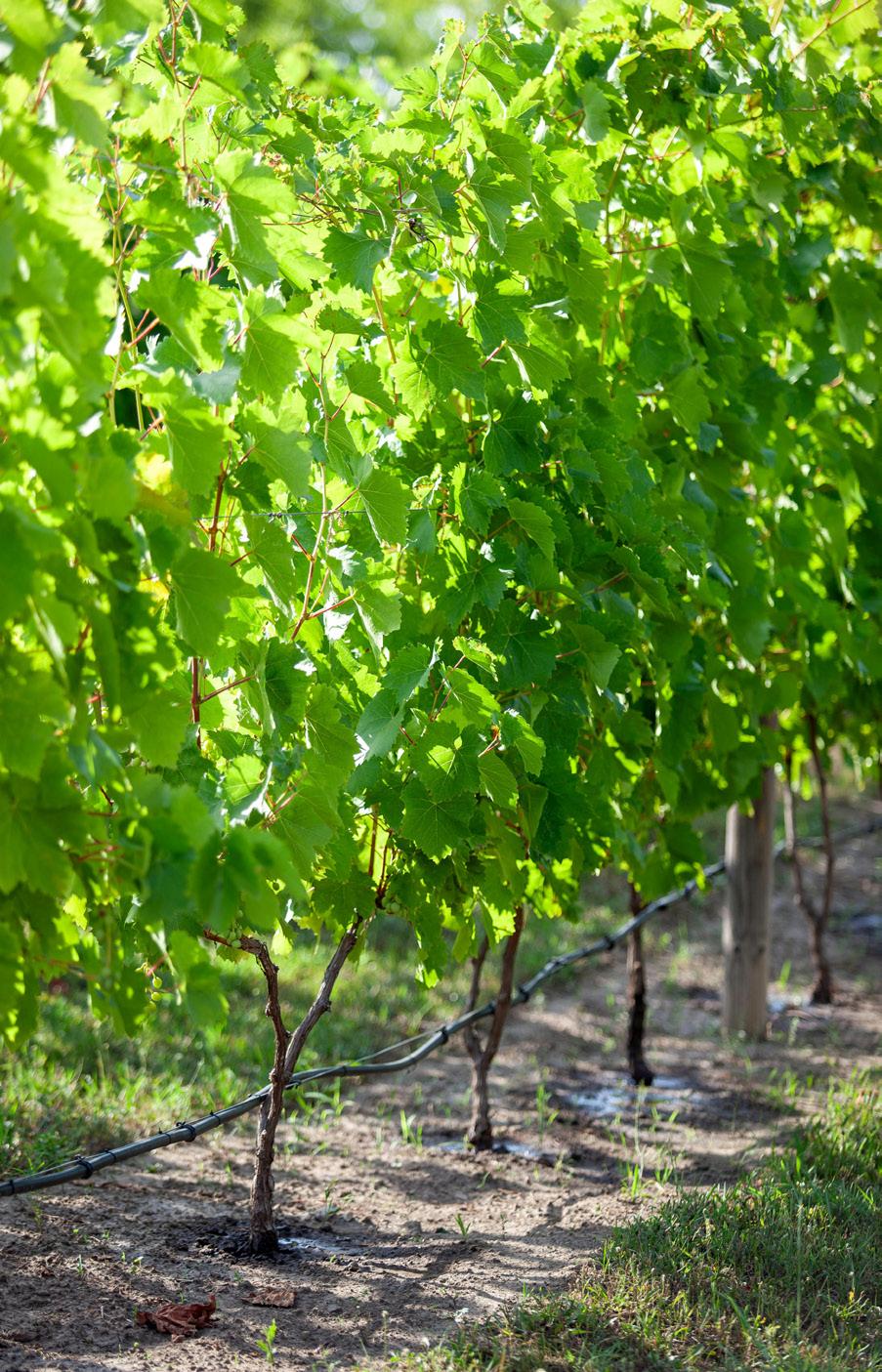
In the Democratic Republic of Congo, a bartenders' association is expanding to include a sommelier branch. Many Congolese work abroad, in the Emirates or on cruise ships. There is also a large Zimbabwean diaspora in South Africa and Europe. This is an asset for the country's association, which can benefit from the international experience of some of its members. Cruise lines now refer to ASI Certifications and Diploma when recruiting sommeliers. In Nigeria, it is often wine clubs, run by importers, that motivate young people. Tanzania, particularly the touristic area of Zanzibar should show an interest in wine and sommellerie.
As a waiter in a restaurant, a young person can easily dream of climbing the ladder to become a maître d'hôtel or sommelier. Interest in the sommelier profession is growing in these countries thanks to the efforts of the ASI. Let's not forget that the primary goal of our international association is to promote the profession. In addition to our vice-presidents, our representatives are the sommeliers themselves who move abroad at the request of luxury hotels and gourmet restaurants around the world. They motivate and train a team of assistants and sommeliers and often encourage the creation of an association, if they do not create one themselves.
ASI: Can you share a success story from your work where sommellerie has taken root in a country previously without a wine culture or wine industry?
MC: It goes back to the 1990s. More than thirty years ago... I had just launched the Best Sommelier of Europe competition for Champagne Ruinart in 1988, and in the rules, to avoid allegations of purely commercial motives, I stipulated that in each country an official sommelier association had to duly select its candidate. However, few European countries had a
sommelier association at the time... I took up my pilgrim's staff and, with the help of Giuseppe Vaccarini and the financial support of the House of Ruinart, I traveled throughout Northern and Eastern Europe to spread the good word! Sometimes with the help of Ruinart importers, we managed to rally countries where the very word “sommelier” was unknown, especially in nonwine-producing countries.
From 14 national associations listed by the ASI in Europe in 1988, we grew to 34 in the early 2000s. The case of the Baltic countries is particularly telling. The Estonian association is celebrating its 25th anniversary this year. It is a very active association launched by a wine enthusiast, Rein Kasela, who had enjoyed French cuisine and wines while judging the Tour de France cycling race. It is therefore partly thanks to him that Mikk Parre became Best Sommelier of Europe 2024! And what about Raimonds Tomsons from Latvia, Best Sommelier in the World 2023? Without a Latvian association, he might not even have become a sommelier... I can't help but believe that the Ruinart Trophy has contributed to this boom in sommeliers throughout Europe. And I am very proud of that. Let's not forget Mikaël Söderström, Best Sommelier of Europe in 1990, and Andreas Larsson, also from Sweden, Best Sommelier of Europe in 2004 and then ASI World Champion in 2007! And I'm only mentioning countries that weren't wine producers at the time, of course!
ASI: To what extent has the ASI’s support helped foster a new generation of sommeliers in Africa and the Middle East and what do these rising professionals bring uniquely to the global conversation on wine service?
MC: The first step at ASI was taken in 2020 with the election of William Wouters as president, who agreed to implement a written provision
in the ASI statutes concerning continental vice-presidents. Until then, the only continents represented were Europe, the Americas, and Asia & Oceania (since renamed Asia & Pacific). Africa and the Middle East region were not represented... I am of course grateful to William for placing his trust in me, knowing that the task would not be easy. I was aware of the difficulties that lay ahead, but with my experience in the world of sommeliers and my knowledge of most of the countries and people concerned, I did not hesitate. I love challenges. You only savor success in relation to the obstacles you encounter...
Current and future sommeliers from Africa and the Middle East bring a freshness and spontaneity that is sometimes lacking in traditional countries where professionals are “formatted” and sometimes even jaded by the range of possibilities available to them in terms of both wine and gastronomy. For most of them, it is a new world that inspires them. They are enthusiastic. Thanks to the ASI, they can meet great sommeliers from around the world at international competitions and training camps. They want to be like them. In luxury hotels and gourmet establishments that welcome many tourists, they feel they have a mission: they are ambassadors not only for wines but also for their country's art of living. They take their role very seriously and constantly strive to improve.
ASI: Looking ahead, which countries or regions within your vicepresidency do you believe hold the greatest potential for growth in the sommelier profession, and why?
MC: It's hard to say! There is talent everywhere. The role of national sommelier associations is to help them flourish and improve their skills. This requires good logistics, so an operating budget is essential. Finding sponsors and financial

partners is even more difficult in non-wine-producing countries. The Gerard Basset Foundation plays an important role in this regard, awarding scholarships to deserving students. The ASI, for its part, offers guidelines, boot camps, exams, and competitions that also help train young people.
In 2027, in South Africa, we will have the opportunity to judge the progress made by regional sommeliers at the first ASI Contest for the Best Sommelier in Africa & the Middle East.
ASI: What advice would you give to young people in Africa or the Middle East interested in becoming sommeliers?
MC: The profession of sommeliers is particularly attractive. We just need to introduce it to young people, inspire them, before even accompanying them in their training. Start by acquiring basic knowledge, take the ASI exams, enter national competitions, then try to find an internship with a good sommelier to hone your skills. I would also advise them to watch the ASI competitions and read interviews with our champions. They will discover, for example, that Gérard Basset started out as a dishwasher before working in the dining room and then becoming a sommelier, winning national,
European and world competitions, and becoming the most decorated sommelier in the world. Already a legend in his own lifetime, he can only inspire young people.
Furthermore, don't forget that this is a service-oriented profession that involves contact and interaction with others. It requires a great deal of empathy and a love of sharing.
ASI: Do you see a time when sommeliers from Africa and the Middle East will compete with the best of Europe, Asia and the Americas? Are there any sommeliers in non-traditional countries (i.e not South Africa) you can identify as future stars of sommellerie?
MC: Young people in Africa and the Middle East are generally eager to learn. They are highly motivated and determined to succeed. What's more, many of them are very talented in the service sector.
There is no doubt that with the right support, some of them will be able to compete on equal terms with candidates from other continents. It is still too early to make predictions, but a time will come when African and Middle Eastern sommeliers will distinguish themselves in ASI contests.
Patience!
With Jessica Tan
In Singapore, where professional paths often follow predictable tracks—doctor, lawyer, accountant, engineer—Jessica Tan’s decision to pivot from a career in tech to one in Italian wine was a little bit radical. A trained software engineer with a résumé rooted in San Francisco’s bustling tech scene, Jessica’s journey into wine wasn’t premeditated but serendipitous— and, perhaps, tinged with a hint of rebellion.
Raised in a household where wine was casually woven into family dinners, she had an early, informal exposure to it. But it wasn’t until returning to Singapore from the U.S. that a chance encounter sparked a new course. An American entrepreneur looking for someone with both tech and wine interests invited her to join a startup. Despite admitting her lack of formal knowledge, Jessica said yes—and thus began a journey that would change everything.
Her family’s reaction was mixed. In a culture that prizes stability, her mother’s dismay—marked by the remark, “When will you be done playing?”—reflected broader societal views on hospitality as an unserious profession. But Jessica persisted. When the startup folded, she didn’t retreat; she took a sabbatical across Southeast Asia, then launched a boutique consultancy, hosting private dinners and advising on cellars—building a reputation bottle by bottle.
The pivotal moment came thanks to her mentor, Ch’ng Poh Tiong, a Bordeaux specialist and Decanter Regional Chair. “To really succeed, you must focus,” he told her. A few months later, during a blind tasting, Jessica encountered a sparkling wine she couldn’t place. It wasn’t Champagne, Franciacorta or Cava— but a Ribolla Gialla from Eugenio Collavini. The wine’s bracing acidity and mineral depth became her epiphany. She had found her calling in Italy’s native grapes.
Today, Jessica Tan is one of Asia’s most engaging voices on Italian wine. In this conversation, she discusses cultural resistance, memorable tastings, and the joy of uncovering Italy’s hidden vinous treasures.

“I remember someone at a tasting calling Chianti “cheean-tee” instead of “kee-ahntee.” That’s when I knew we needed a tool that covered pronunciation, regional context, and tasting notes.”

ASI: What about Italy solidified your decision to focus on its wines?
Jessica Tan (JT): Firstly, I love the cuisine. Growing up, when my parents let us choose where to eat on weekends, it was invariably Italian—or Japanese. But mostly Italian. What really drew me to studying Italian wine, though, was the warmth and openness of the people.
Take Gianni Gagliardo from Barolo. When we first met, he offered to host me for three months to learn about the region. I couldn’t take him up on the offer, but I kept learning. Then I heard Ian D’Agata speak at a Vinitaly masterclass in Hong Kong. That was a turning point. I eventually travelled to Verona for his five-day course.
My husband, then boyfriend, was also incredibly supportive. And, of course, many winemakers, agents and numerous export managers have generously shared decades of data and experience with me.
ASI: Do you think the exchange of knowledge between sommeliers and producers is two-way?
JT: Absolutely. Many wineries tell me they appreciate having someone like me bring a different perspective to their business. This idea of producers learning from their audience isn’t new.
Take Ian D’Agata’s Wine Project, for instance. He brings around 70 sommeliers, importers and educators together for an annual event called Collisioni in Piedmont. These road trips through regions like Abruzzo and the Marche opened our eyes—and palates. On one such trip, I discovered that aged Verdicchio can taste like Meursault or Puligny-Montrachet. I also realised Trebbiano Abruzzese is totally distinct from the more prolific Trebbiano Toscana.
And I gained a new appreciation for Montepulciano.
In Piedmont, through the same project, I encountered grapes like Nascetta and Timorasso—long before they became popular.
“What really drew me to studying Italian wine, though, was the warmth and openness of the people.”
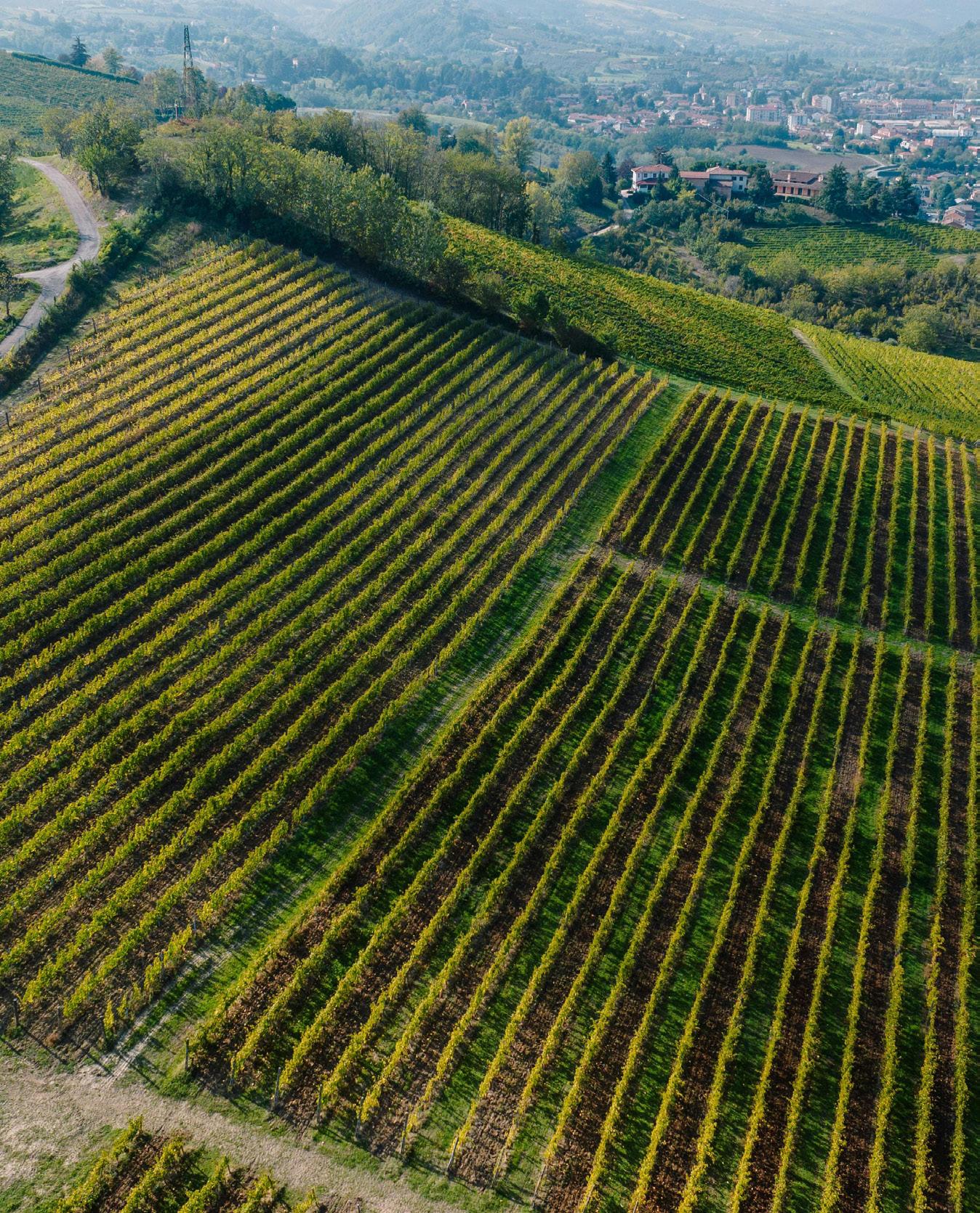

and how often they mispronounced them. I remember someone at a tasting calling Chianti “chee-an-tee” instead of “kee-ahn-tee.” That’s when I knew we needed a tool that covered pronunciation, regional context, and tasting notes.
“Many wineries tell me they appreciate having someone like me bring a different perspective to their business.”
In 2019, I hosted an event with no “A, B, B, B, C” wines—that is no Amarone, Barolo, Barbaresco, Brunello, or Chianti. We had 150 people, including sommeliers. Wines were grouped by region, and every sommelier at the table could pronounce the varietals and explain them confidently.
We created tags with pronunciation guides, varietal notes, and appellation info—that content became the bones of the website. When the pandemic hit, I decided to take my notes and build something more permanent. We crossreferenced everything with books
and official databases to ensure accuracy. Two to three years later, the site was ready.
ASI: What’s the state of Italian wine in Singapore today?
JT: Since 2015, it’s been growing steadily—about 3.5% annually in volume and slightly more in value. While the market is small by global standards, Singapore is very wine savvy.
You’ll always see Amarone, Barolo, Brunello on wine lists, but increasingly restaurants are offering whites like Verdicchio, Garganega, and Trebbiano di Lugana by the glass—especially where they pair well with food.
ASI: How important is the sommelier community to this growth?
JT: Very important—and incredibly supportive. Just look at the recent ASI Bootcamp held here. While four main organisers led it, the group chat had 25 people actively contributing. That kind of collaboration is rare and inspiring.
If sommeliers ruled the world, there would be no war!












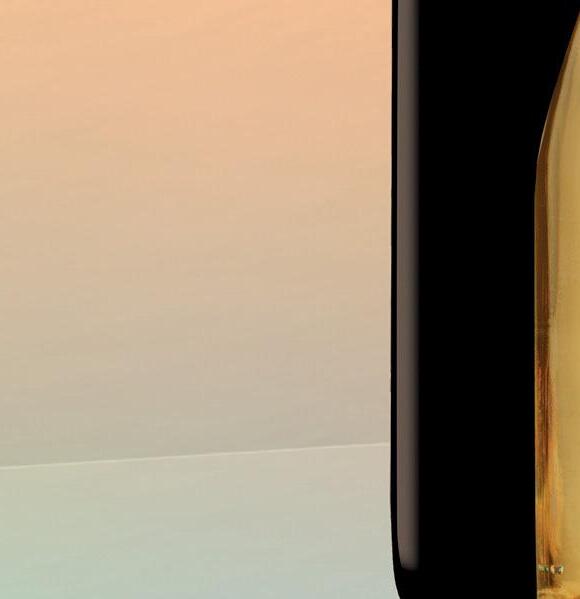




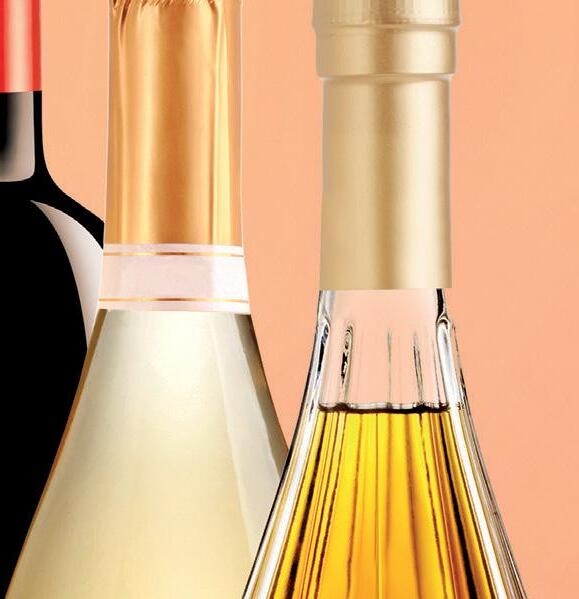










With Marc Pinto
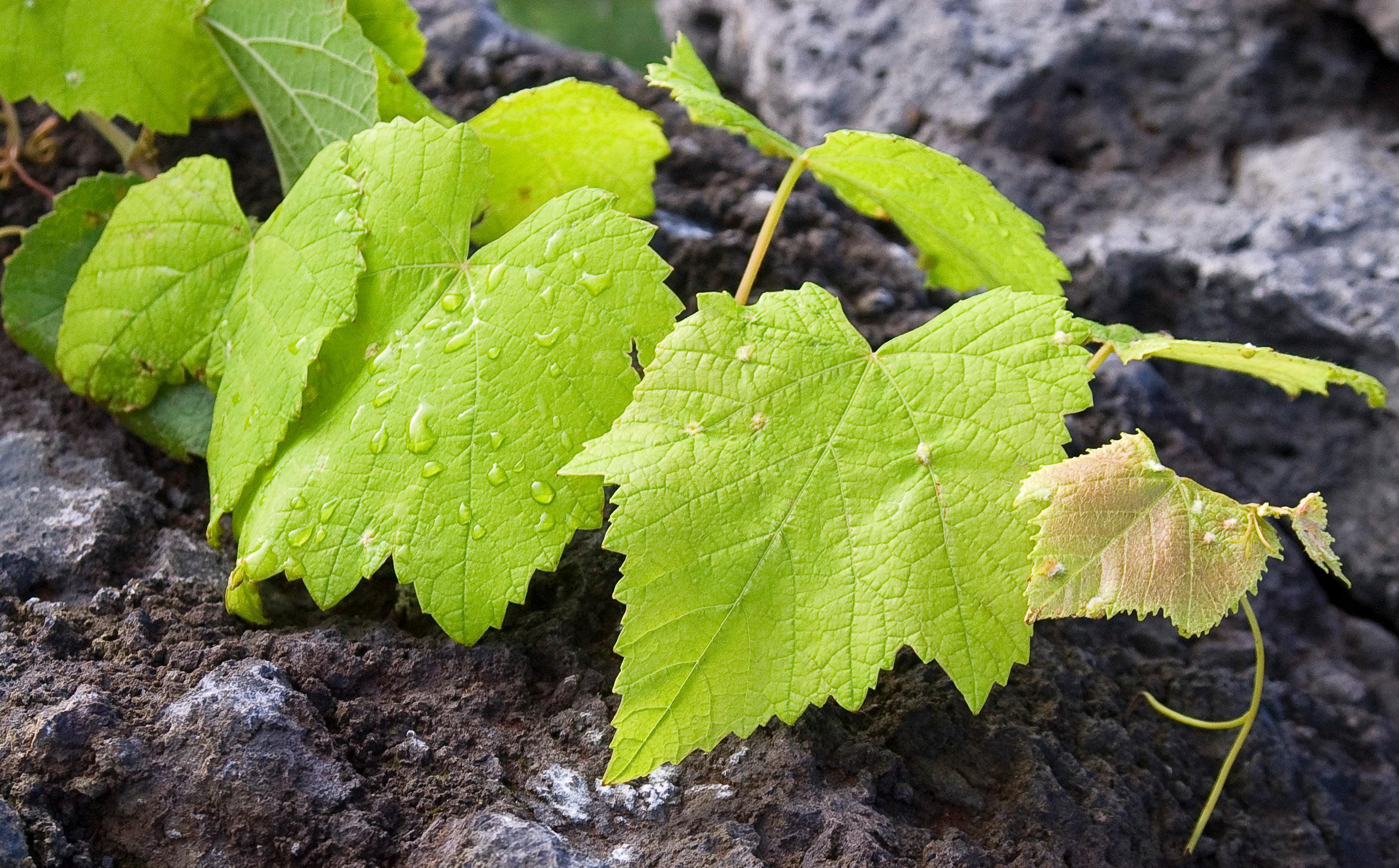
When Marc Pinto left Portugal to pursue a career in hospitality, wine was little more than a daily ritual at his family table. Born half an hour from Porto, his childhood memories of wine were of trips to the Douro Valley to buy unlabelled farmer’s wine in bulk and of special bottles brought out for celebrations.
“I never imagined myself as a sommelier,” Pinto admits.
“I thought I’d end up in tourism, maybe management, but certainly not wine.”
Today, Pinto is one of Portugal’s most respected sommeliers. His career has taken him from a hospitality school in northern Portugal to the floors of Michelinstarred restaurants in Spain, culminating in a leadership role as head sommelier at Martin Berasategui’s three-star Lasarte in Barcelona. His time abroad, surrounded by Burgundy, Bordeaux, and Spain’s greatest wines, shaped him into a worldclass sommelier. But it was his return to Portugal in 2018, to open 50 Seconds by Martin Berasategui in Lisbon, that reshaped his understanding of Portuguese wine—and convinced him the country was on the brink of a fine wine revolution.
“That experience shaped me— it taught me precision, depth, and how to communicate wine at the highest level.”
Pinto’s career began almost by accident. A failed mathematics exam diverted him from a hospitality management course, and he found himself in a servicefocused hospitality school instead. “I went from working construction with my father to restaurants on weekends,” he recalls. “At school, a teacher called Vitor Pinho—one of the great mentors in northern Portugal—couldn’t stop talking about wine. Champagne, Port… he was obsessed. I was the only student taking notes, and I realised then that maybe wine was for me.”
After graduating, Pinto sought out internships that would immerse him in the world of wine. His determination took him to Barcelona. Once there he was destined to work a pool bar but “I begged them to let me train at Enoteca at Hotel Arts, a two-star Michelin restaurant renowned for its wine list. They eventually gave in. I lost 20 kilos during those six months—it was 16-hour days, polishing glasses and reciting grand crus from memory. But it was
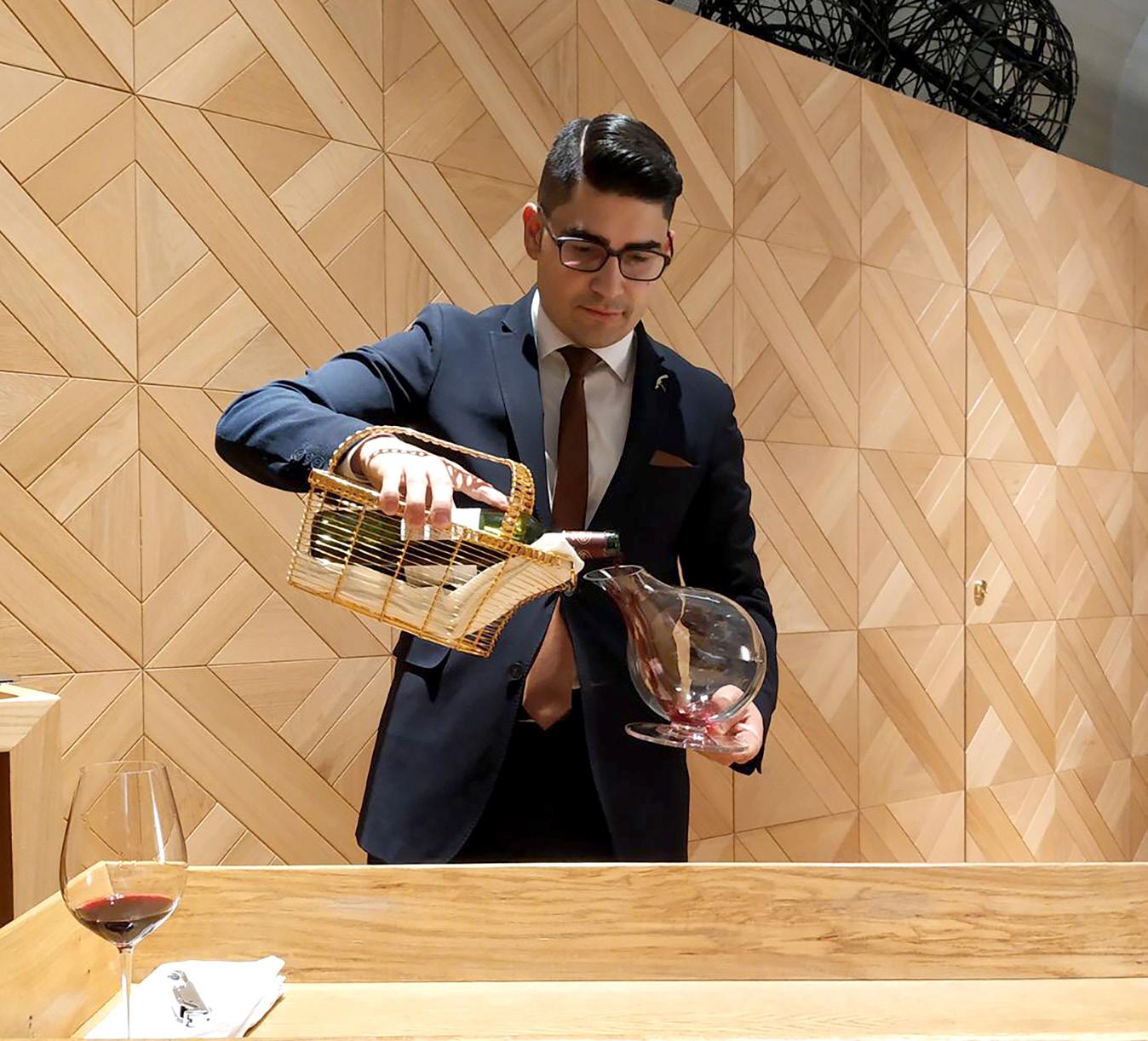
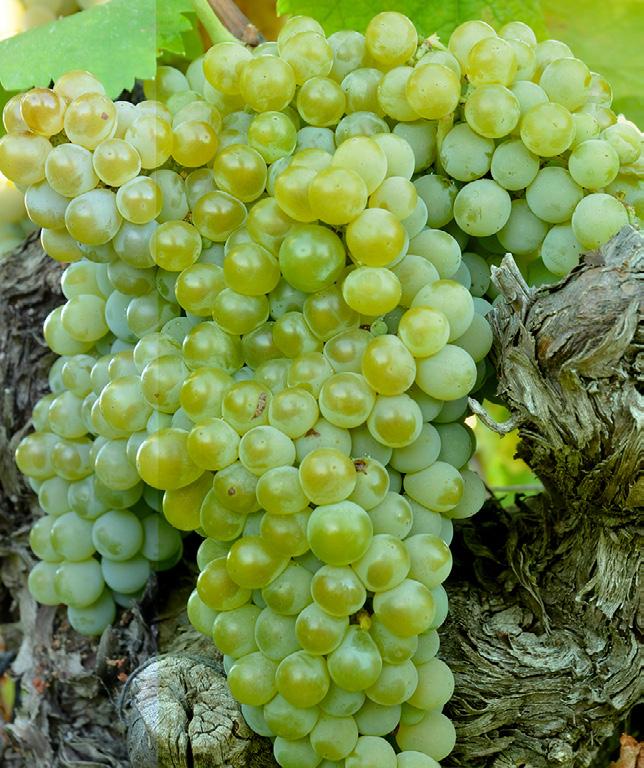
“A sommelier’s job is to prepare the guest’s palate— not just the wine.”
my first real exposure to working with people preparing for Court of Master Sommeliers exams or WSET diplomas. That was where I became truly serious about wine.”
His move to Lasarte came shortly after. Within two years, he rose from Assistant to Head Sommelier, overseeing a cellar of 5,000 bottles and 600 labels. During his time there, Lasarte earned its third Michelin star in 2015. “It was intense,” he says. “I studied three hours every morning, then worked service until midnight. But that experience shaped me— it taught me precision, depth, and how to communicate wine at the highest level.”
By the time Pinto returned to Portugal in 2018, he had spent years focused on international wines. “In Spain, Portuguese wines were just a footnote—mainly Douro reds, some Alentejo, Port and Madeira. When I came back, I had to relearn my own country.”
Opening 50 Seconds, Pinto built a wine list split evenly between international and Portuguese selections. But filling the Portuguese half required a crash course.
“I had just 21 days to create the wine programme—everything from sourcing wines to buying glassware. I had to ask for help. Inacio Loureiro, the restaurant’s director and a sommelier, shared his wine lists with me and explained the producers. Then I travelled everywhere—tastings, vineyards, meeting winemakers. It was like starting from zero.”
What he discovered surprised him. “The biggest revelation was white wines. After 2001, Portugal embraced modern technology— temperature-controlled fermentation, better cellar hygiene. That allowed winemakers to make whites with purity, freshness, and complexity that simply weren’t possible before. Now, our whites can compete with the best from Burgundy or northern Italy.”
Pinto believes Portugal’s strength lies in its diversity and exceptional value for money, though he acknowledges small production volumes limit international visibility. “We’re still young as a fine wine country. Our table wine revolution only really started in the 1990s— Dirk Niepoort bottled his first Robustus in 1990, and even that was controversial at the time. So, we’re just two generations into serious fine wine production.”
Portugal’s small-scale production remains a barrier to global recognition. “Our most iconic red, Barca Velha, produces just 30,000 bottles every few years. Compare that to Vega Sicilia’s Unico in Spain, which can make upwards of 120,000 bottles in a good vintage. It’s hard to build an international market when importers can only get 60 bottles at a time.”
He also warns against rushing into premiumsation. “Since COVID, there’s been a push for higherpriced, more ‘fine wine’ styles, but we need to be careful. Portugal’s reputation is built on value— whether that’s €15 or €100 a bottle. If we move too fast, we risk losing that advantage.”
For Pinto, being a sommelier in Portugal today means more than just selling wine; it’s about context and comfort. “I often compare Portuguese wines to international styles—not because I want to, but because it helps guests feel comfortable. If you like a fruity, round wine, I’ll find a Portuguese equivalent and serve it in a way that highlights what you love first, then gradually reveal its other layers. A sommelier’s job is to prepare the guest’s palate—not just the wine.”
After years working abroad, Pinto now balances his role at 50 Seconds with Wine Me Up, a consultancy he co-founded to advise private collectors and restaurants on wine programmes. His passion for Portuguese wines is clear—and contagious.
“Portugal is still young, but it’s extraordinary,” he says. “We have unique grape varieties, incredible terroirs, and wines that can stand alongside the best in the world— often at half the price. The world is starting to notice, and for me, being here now, helping tell that story, is the best part of coming home.”
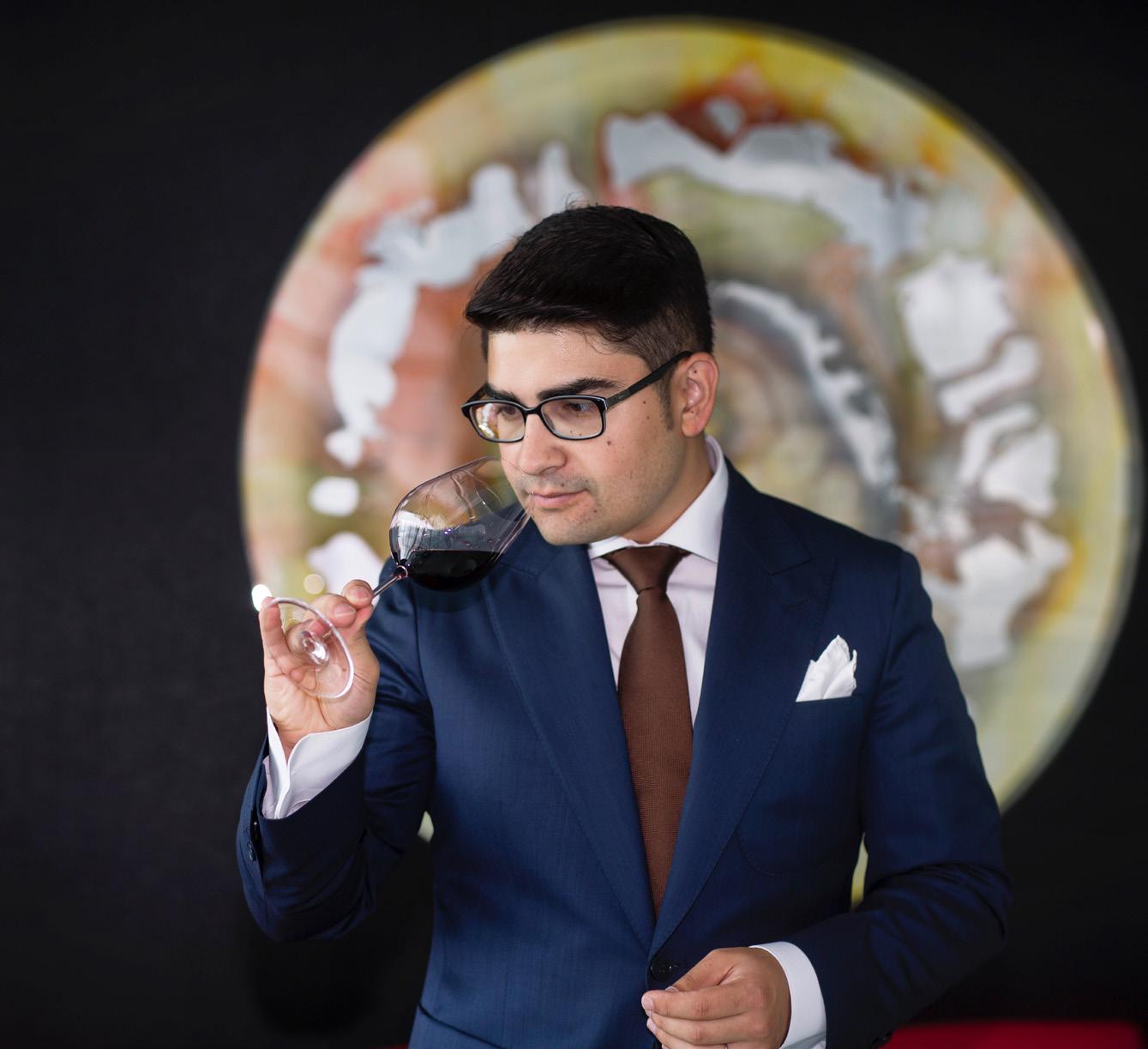
“That allowed winemakers to make whites with purity, freshness, and complexity that simply weren’t possible before. Now, our whites can compete with the best from Burgundy or northern Italy.”
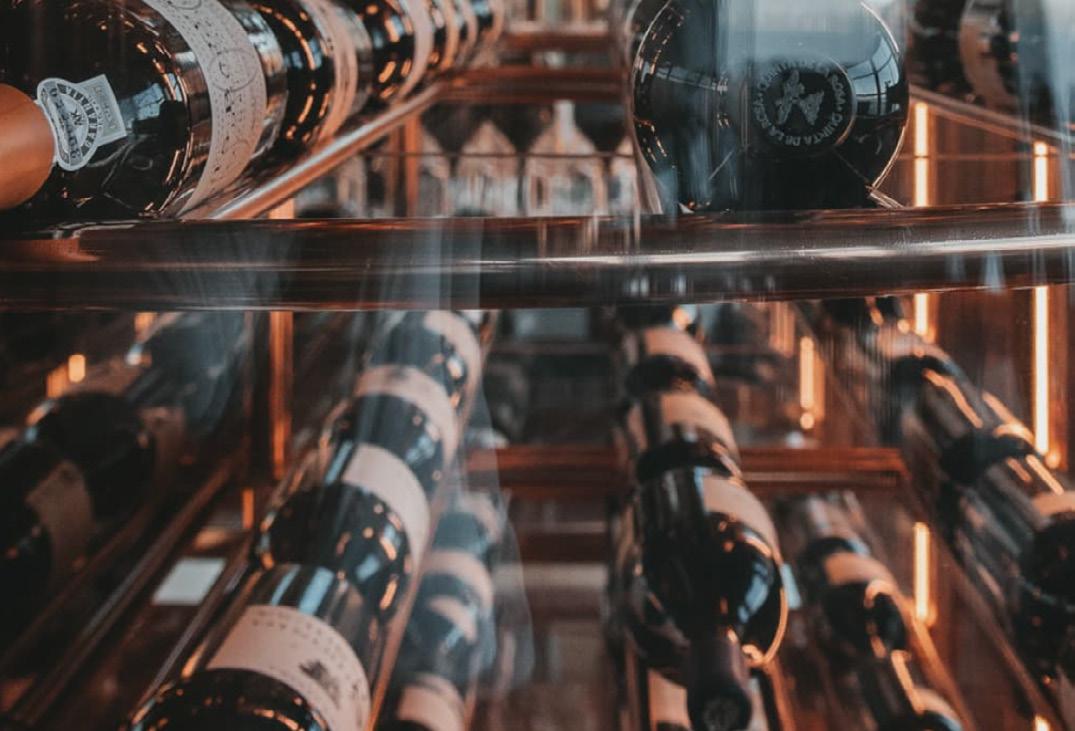
Yet the quality emerging from Portugal’s regions is undeniable. Pinto’s current favourites read like a roadmap of the country’s diversity:
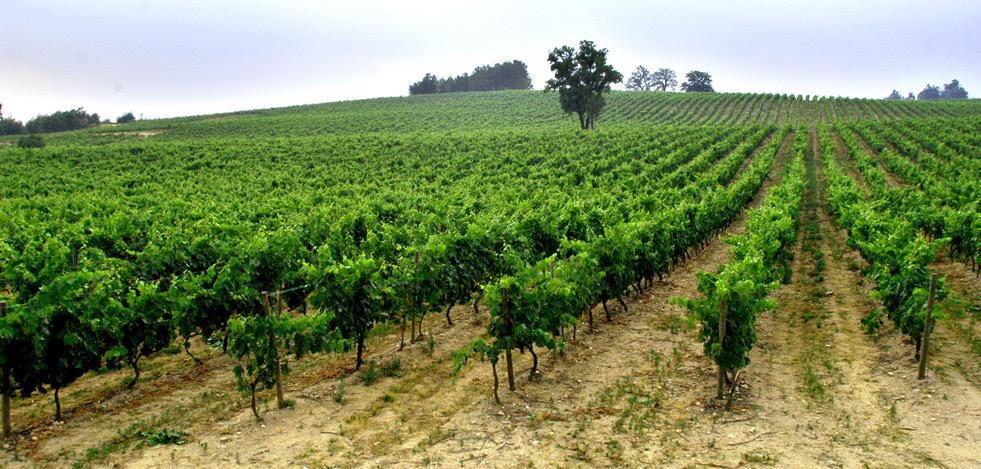
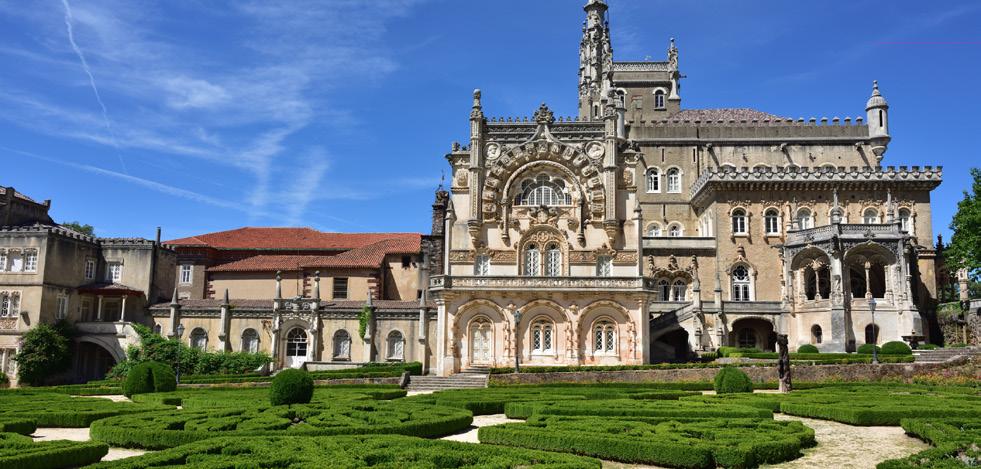

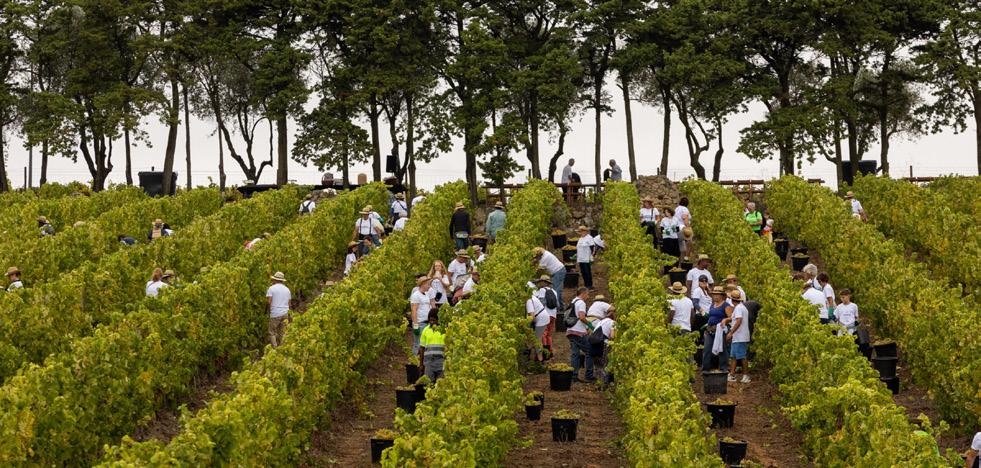

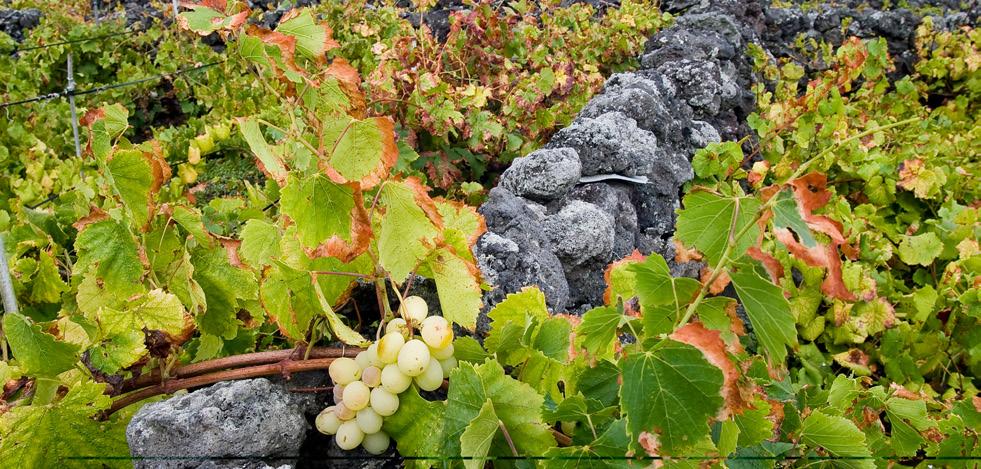
Encruzado blends from Dão
“Granite soils and high-altitude vineyards give wines with freshness and complexity. A 100% Encruzado or blended with Cerceal and Bical can offering even more complexity. There is world-class quality at under €50.”
Baga from Bairrada
“Once rustic, Baga is now being produced in a refined, lighter, more elegant style with layers of complexity and incredible ageing potential.”
Negra Mole from the Algarve
“A light, fresh red with natural acidity, perfect for grilled seafood. It has a texture somewhere between Pinot Noir and Pinotage.”
Carcavelos from Lisboa
“A historic fortified wine, aged and complex, yet still affordable. Drink it near where it’s made for the full experience.”
Loureiro from Vinhos Verdes
“Getting past the cheap, fizzy wines of Vinho Verdes, quality producers craft wines based on Loureiro from Ponte de Lima that offer orange blossom and mandarin notes, that are both mineral-driven and fresh.”
Arinto from Azores
“Volcanic soils give incredible minerality. When carefully aged in barrel, these wines rival central Europe’s best whites.”
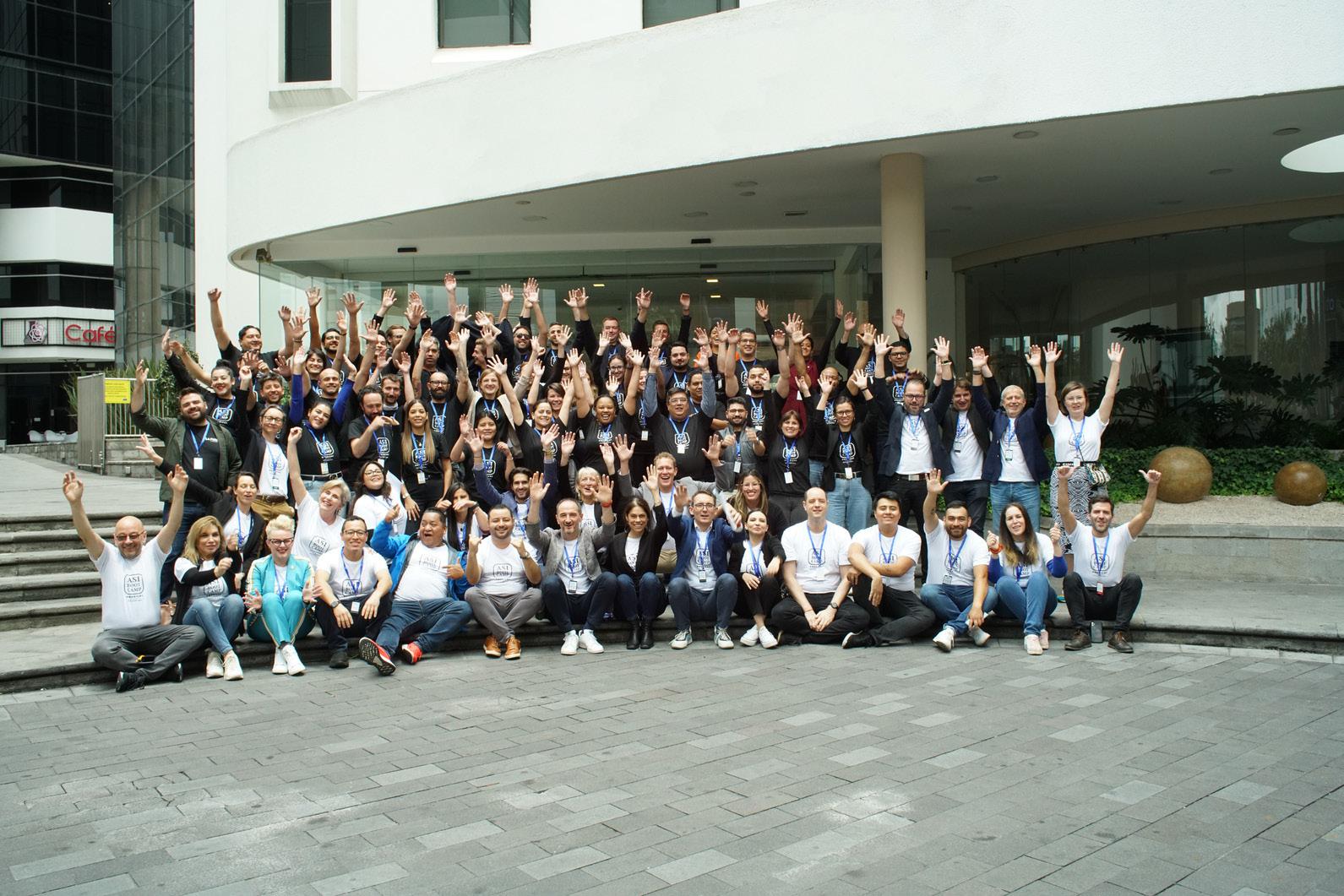
We’re reaching out during an exceptionally difficult time for the Association de la Sommellerie Internationale (ASI). A recent cyber attack compromised our email system, resulting in the loss of critical funds through fraudulent invoices. This breach has jeopardised our ability to continue the core activities that support young sommeliers around the world.
As a volunteer-driven, non-profit organisation representing 75 national associations, ASI has long championed education, professional development, and international competitions.
To recover, we’ve launched the Support ASI fundraising campaign on GoFundMe.
Your donation, whether one-time or recurring, will help us continue educational programs and support events such as the upcoming Best Sommelier of Asia & Pacific (Kuala Lumpur, 2025), Best Sommelier of the World (Portugal, 2026), and Bootcamp Americas (2026).
With your support, we can overcome this setback and secure the future of global sommellerie.
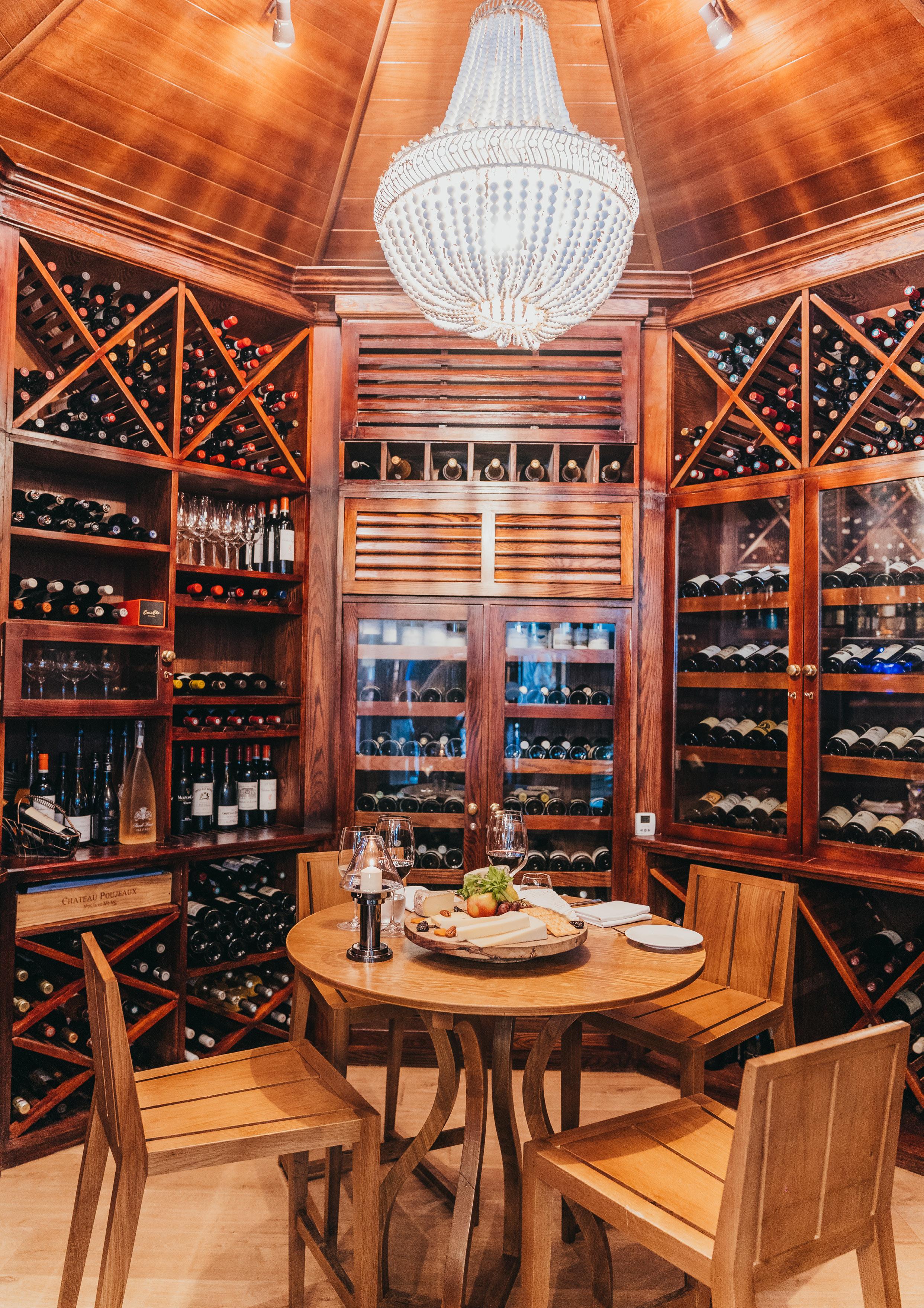
Sommellerie is deeply rooted in the traditions of Europe. However, thanks to some pioneering spirit the profession is rapidly spreading to regions once considered far removed from the classic centres of sommellerie. In emerging markets across Eurasia, Africa, the Indian Ocean, and remote islands of the world passionate hospitality professionals are introducing guests to the world of fine beverage service.
This series, Sommellerie in the Far Corners of the World, profiles these pioneers professionals building fine beverage culture where vineyards are scarce, import allocations are limited, and where consumer conservatism often prevails. From Kazakhstan’s Roman Chsherbakov, determined to place Kazakh Riesling on the world stage, to Kenya’s Janet Kang’ethe, who is shaping a wine narrative in East Africa, Mauritius’ Jean Desvaux Geerdarry who champions diversity in a country without vineyards, and Karin Vinsth who harmonising the flavours of the Faroe Islands terroir with wine, these sommeliers embody both passion and perseverance.

“There’s a genuine feeling that what we do matters — that we are changing perceptions, both of wine within the country and of the country through its approach to wine.”
Roman Chsherbakov is the brand sommelier at Villa dei Fiori and Peppoli, as well as Business Development Officer at Ecotrade Wine Company. He is the Best Sommelier of Kazakhstan 2024–2025, holds the ASI Silver Diploma, is a two-time winner of the Blind Tasting Trophy Kazakhstan (2022), and participated in the ASI Bootcamp for Asia & Oceania in Kuala Lumpur.
ASI: What first inspired your journey into the world of wine and led you to pursue a career as a sommelier in Kazakhstan?
Roman Chsherbakov (RC): I began my career working in a steakhousestyle restaurant. The overall level of service there was quite high, and although we didn’t have a dedicated sommelier, all the waitstaff did their best to study and sell the wines we knew. We regularly attended training sessions provided by wine trading companies, which sparked my interest in what it would be like to be on the other side no longer wearing the apron, so to speak.
Another major factor was the commission-based nature of our work. Naturally, I wanted to sell more expensive bottles, but to do that, I had to understand why they cost more. That led me to dive deep into self-education and gradually move toward a full-time sommelier path.
ASI: Are there any unique challenges to becoming a sommelier in a country like Kazakhstan that may not have a long-standing tradition of sommellerie compared to Western European or North American countries?
RC: One of the main challenges is the strong conservatism among
consumers. Most guests prefer to stick with what they already know they aren’t particularly interested in exploring wine styles or expanding their knowledge. Big Champagne brands, for example, do very well here, but trying to convince someone to try a lesserknown Burgundy or something outside their comfort zone takes significant effort.
Another challenge is the limited access to many wines. Kazakhstan is not yet seen as a major wine market, so certain allocations simply don’t reach us. There’s a small group of enthusiasts who would love to drink high-quality Burgundy, but the wines just aren’t made available to us, which is a real shame.
ASI: In many countries with small, emerging wine regions, sommeliers, particularly those working on the floor of restaurants, have played a major role in the promotion and elevation of their local wines. Do you feel the same about sommeliers in Kazakhstan and its emerging wine regions?
RC: Absolutely. It’s very easy to feel patriotic when the product is genuinely excellent. In Kazakhstan, we have wines from stunning terroirs and incredibly picturesque wineries. One standout is Arba
Wine. I believe that within 5 to 10 years, it won’t just be known locally, but internationally as well the wines are that good.
Our Rieslings, for example, are already at a world-class level. I think they can easily compete with Rieslings of the same price category anywhere in the world.
ASI: Are there any opportunities or advantages to being a sommelier in an emerging wine market such as Kazakhstan?
RC: One of the most exciting aspects of being a sommelier in Kazakhstan today is the sense that we’re at the very beginning of shaping a true wine culture in the country. There’s a genuine feeling that what we do matters that we are changing perceptions, both of wine within the country and of the country through its approach to wine.
As interest in wine grows, more and more venues are opening up positions for sommeliers. Because the sommelier community is still relatively small and young, we all know each other we understand one another’s level of expertise, and that naturally creates a sense of healthy competition. This kind of environment pushes you to grow faster and evolve more quickly as a professional.
ASI: Any advice for people thinking about becoming a sommelier in Kazakhstan?
RC: First and foremost: love what you do. Make theory your best friend without solid knowledge, it’s very hard to walk into the dining room with confidence and explain why one region is more interesting than another, especially when you’re working with conservative guests who prefer familiar wines.
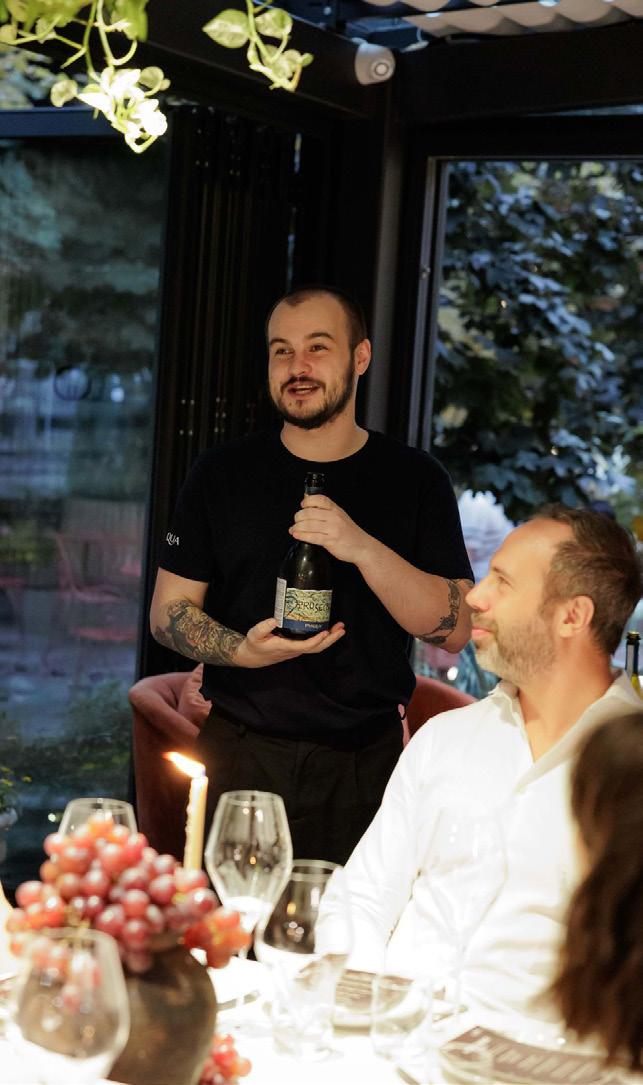
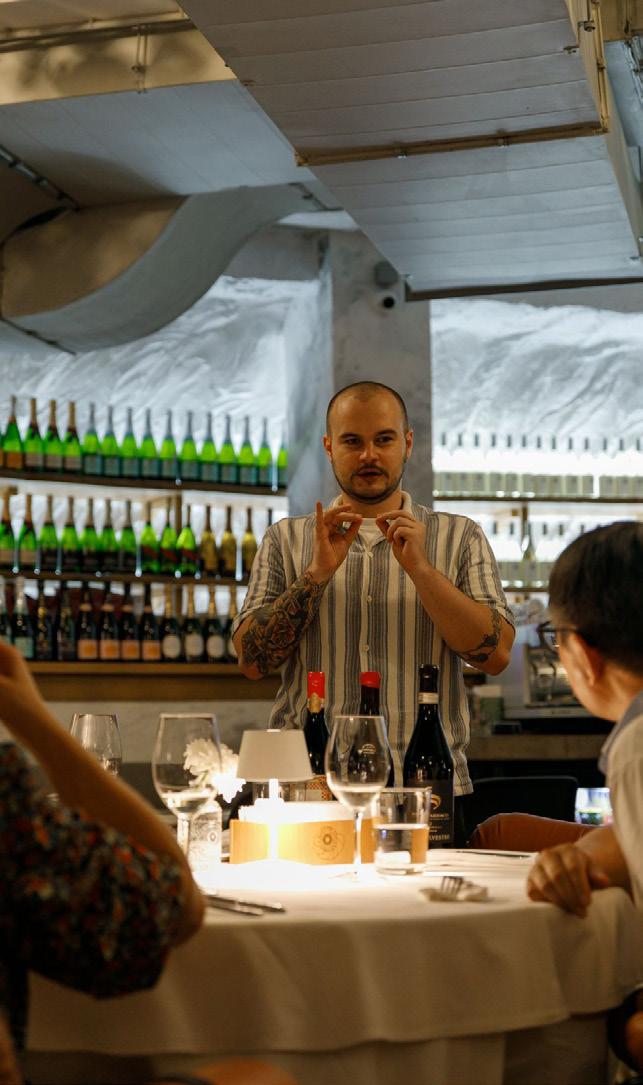
But also remember that being a sommelier is not only about theory. At its core, it’s about hospitality. A sommelier is someone who sets the mood, who creates the atmosphere, who looks after the vibe in the restaurant not just someone who recommends bottles. That emotional presence is just as important as technical skill.
“A sommelier is someone who sets the mood, who creates the atmosphere, who looks after the vibe in the restaurant — not just someone who recommends bottles.”

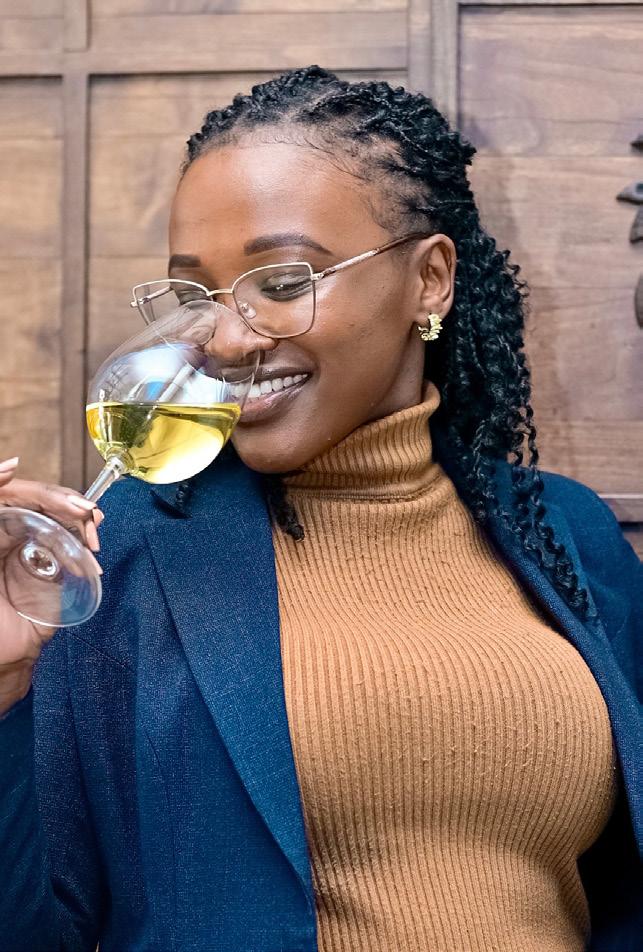
Janet Kang’ethe is sommelier at The Social House Nairobi and member of Team Wine Kenya - the blind tasting team that competes in France at La Revue du Vin’s World Blind Wine Tasting Championship.
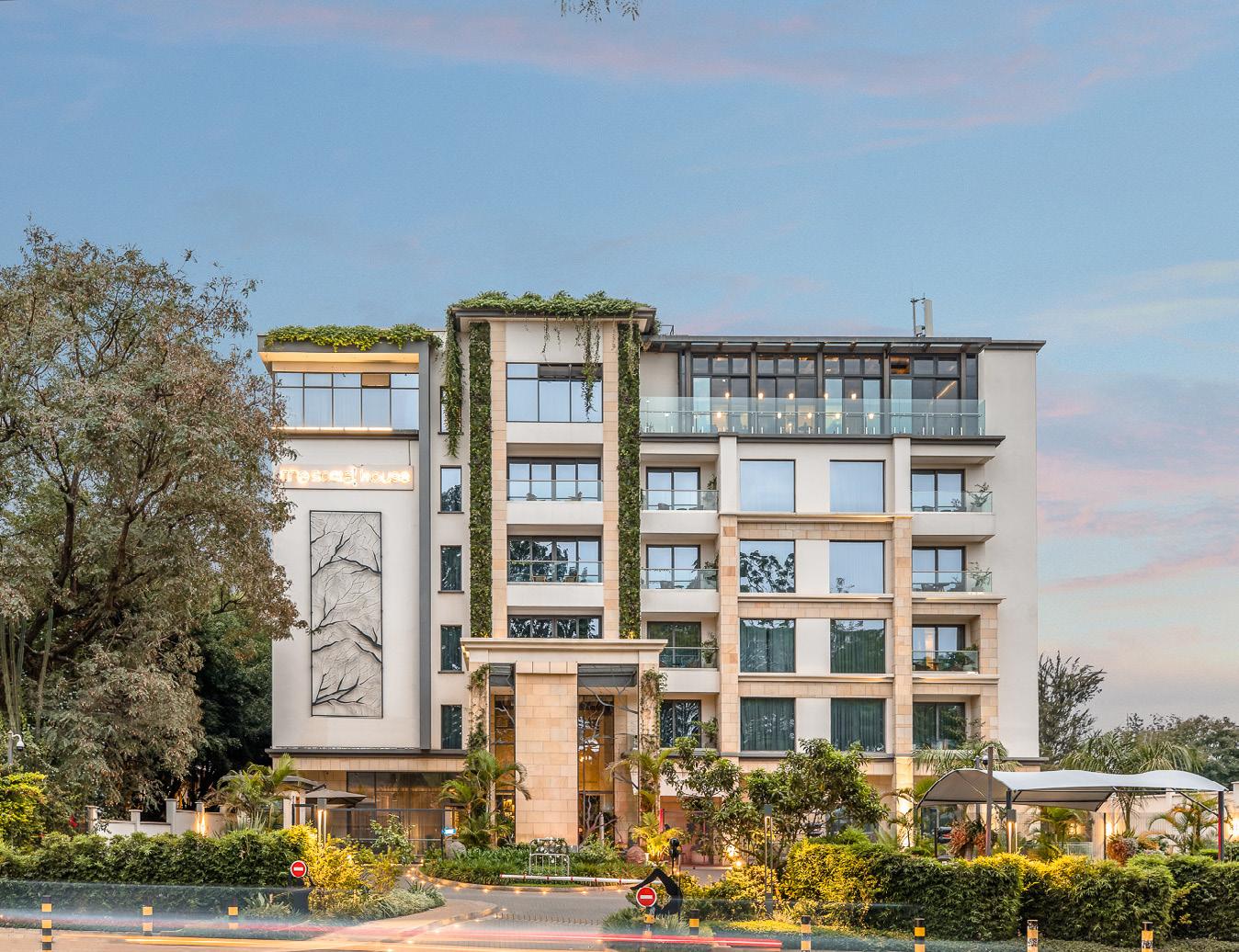
“Sommeliers have played a vital role in this shift—driving wine education, curating experiences, and advocating for higher standards in wine service and appreciation throughout the country.”
ASI: What first inspired your journey into the world of wine and led you to pursue a career as a sommelier in Kenya?
Janet Kang'ethe (JK): Having worked in hospitality for five years, I noticed a recurring gap in wine knowledge and service. Guests often had questions that staff couldn’t adequately answer, and wine lists were typically curated by suppliers rather than someone with a true understanding of the venue’s identity or clientele. This lack of personalised guidance and structure in wine service highlighted a clear opportunity for improvement. During the COVID-19 lockdown, I took the initiative to explore how I could help bridge that gap. It was then that I began immersing myself in wine education, with the goal of bringing more professionalism, intentionality, and passion to wine service in Kenya’s hospitality scene.
ASI: Are there any unique challenges to becoming a sommelier in Kenya?
JK: Absolutely. Wine education is still in its early stages in Kenya. While awareness is growing, access to quality learning resources— such as reading materials, tasting opportunities, and certified programmes—is limited and often prohibitively expensive.
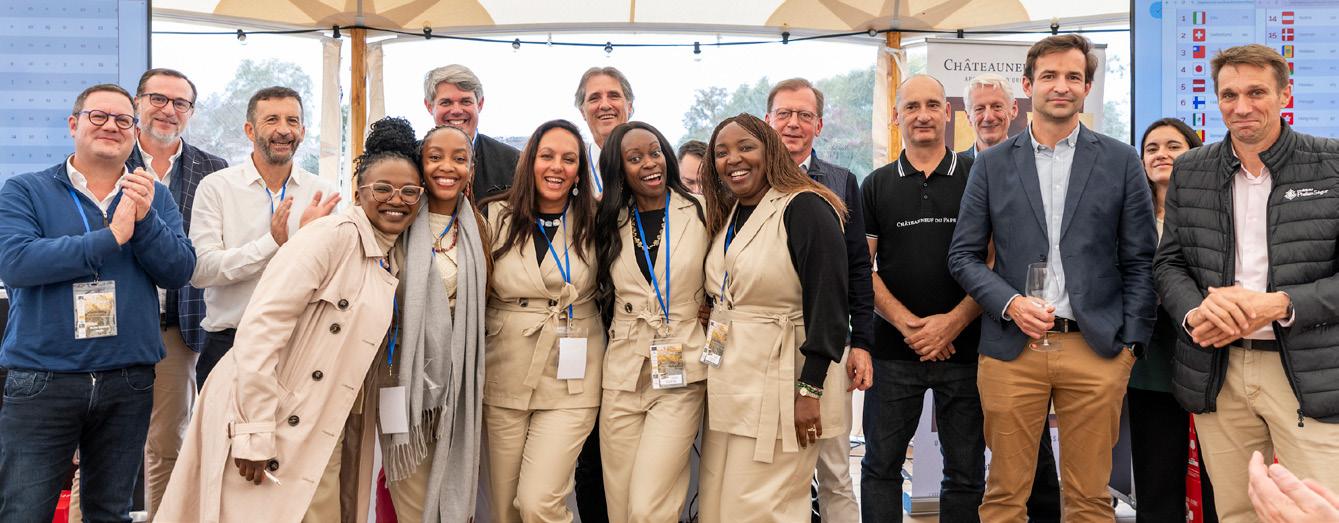
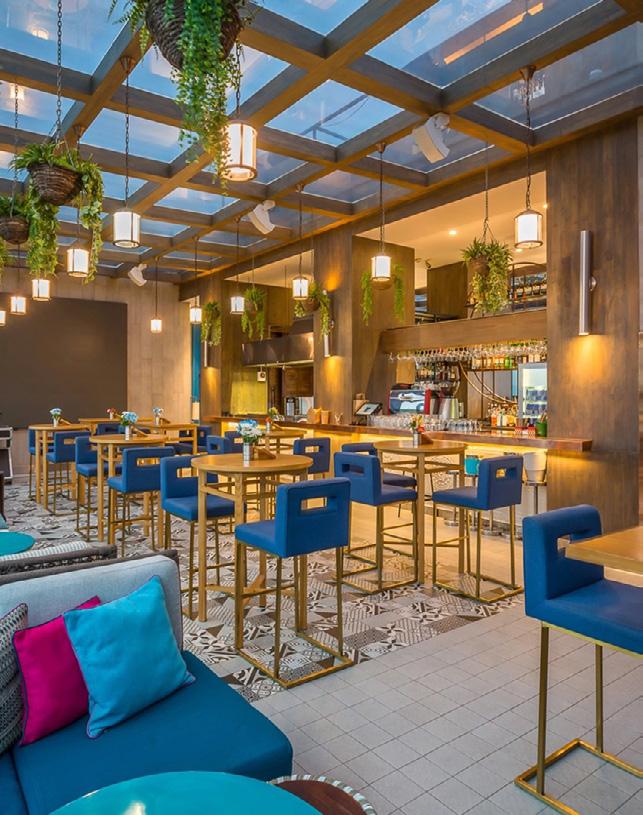
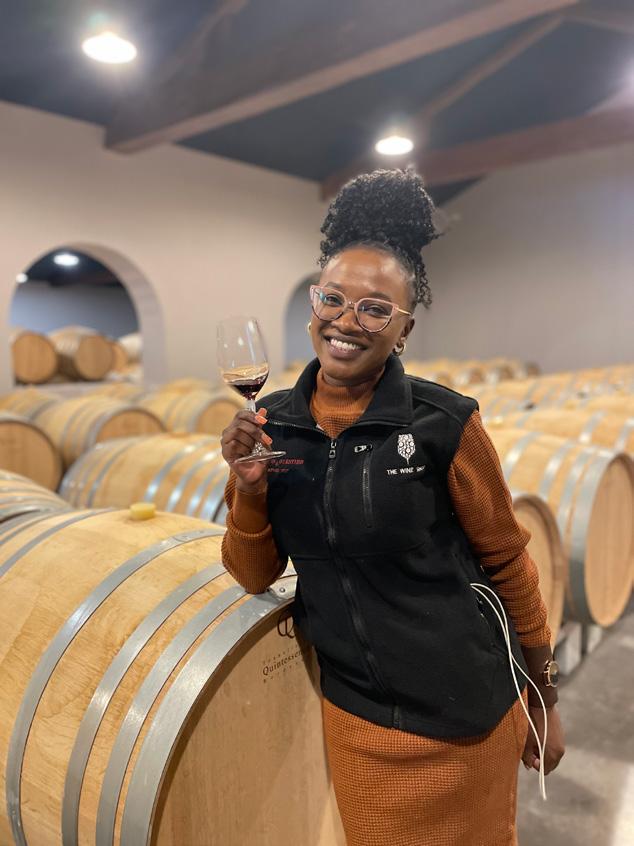
Additionally, gaining exposure to a wide variety of wines from around the world, which is crucial for developing one’s palate, remains a significant challenge due to limited availability and high import costs. On top of that, many hotels and restaurants have yet to see the value of investing in a dedicated sommelier. As a result, the role is often overlooked, and the craft lacks the institutional support needed for it to truly thrive.
ASI: How has the perception of wine—and the role of sommeliers— evolved in Kenya over the past few years?
JK: The Kenyan wine market has grown significantly in recent years. We’re now seeing the emergence of a genuine wine culture, supported by an active and curious wine community. Events like Gambero Rosso Tre Bicchieri, wine and cheese festivals, and the Nairobi Wine Fair have become more prevalent, providing platforms for education, exploration, and connection between consumers and the global wine world. These experiences have encouraged Kenyans to be more open to trying different varietals and learning about wine. Sommeliers have played a vital role in this shift— driving wine education, curating experiences, and advocating for higher standards in wine service and appreciation throughout the country.
ASI: Are there any opportunities, advantages being a sommelier in an emerging wine market?
JK: Absolutely—there are many exciting opportunities. As the wine
scene grows, more establishments are beginning to recognise the value of having a dedicated sommelier. We're increasingly being seen as key contributors within food and beverage teams, responsible not only for curating thoughtful and balanced wine lists but also for leading staff training and elevating the overall guest experience.
One of the major advantages of being in an emerging market is the chance to shape the industry from the ground up. There's room to innovate, educate, and create a real impact. We're also starting to gain international exposure through prestigious events, such as the Blind Tasting Championships in France, which I’ve had the privilege of participating in. These opportunities provide invaluable experience and help connect us to the global sommelier community.
ASI: Any advice for those working in Kenya or neighbouring countries who are considering a career as a sommelier?
JK: My advice? Be curious, stay humble, and taste everything you can (responsibly!). You don’t need a fancy cellar—start with what’s around you, take notes, and ask questions.
Join tastings, connect with other wine lovers, and don’t be afraid to get things wrong—it’s all part of the fun. Most of all, remember that you’re not just learning about wine, you’re learning to tell stories through it. Enjoy the ride. It might just take you from your first swirl to a blind tasting in France! And welcome to the delicious side of life!

With Jean Desvaux Geerdarry, Acting Assistant Corporate Sommelier - Heritage Resorts Golf, Mauritius
For Jean Desvaux Geerdarry, becoming a sommelier was less a conscious career choice and more a calling. “Wine chose me,” he says, reflecting on his journey from Head Waiter to one of Mauritius’ most recognised sommeliers. Today, as part of the Heritage Resorts & Golf team, Jean has become a passionate ambassador for wine in a country without vineyards of its own.
Fresh from winning the Ubuntu Cup with Team Mauritius, Jean speaks about his pride in representing his country, the value of cultural exchange with sommeliers worldwide, and his mission to inspire others through wine.
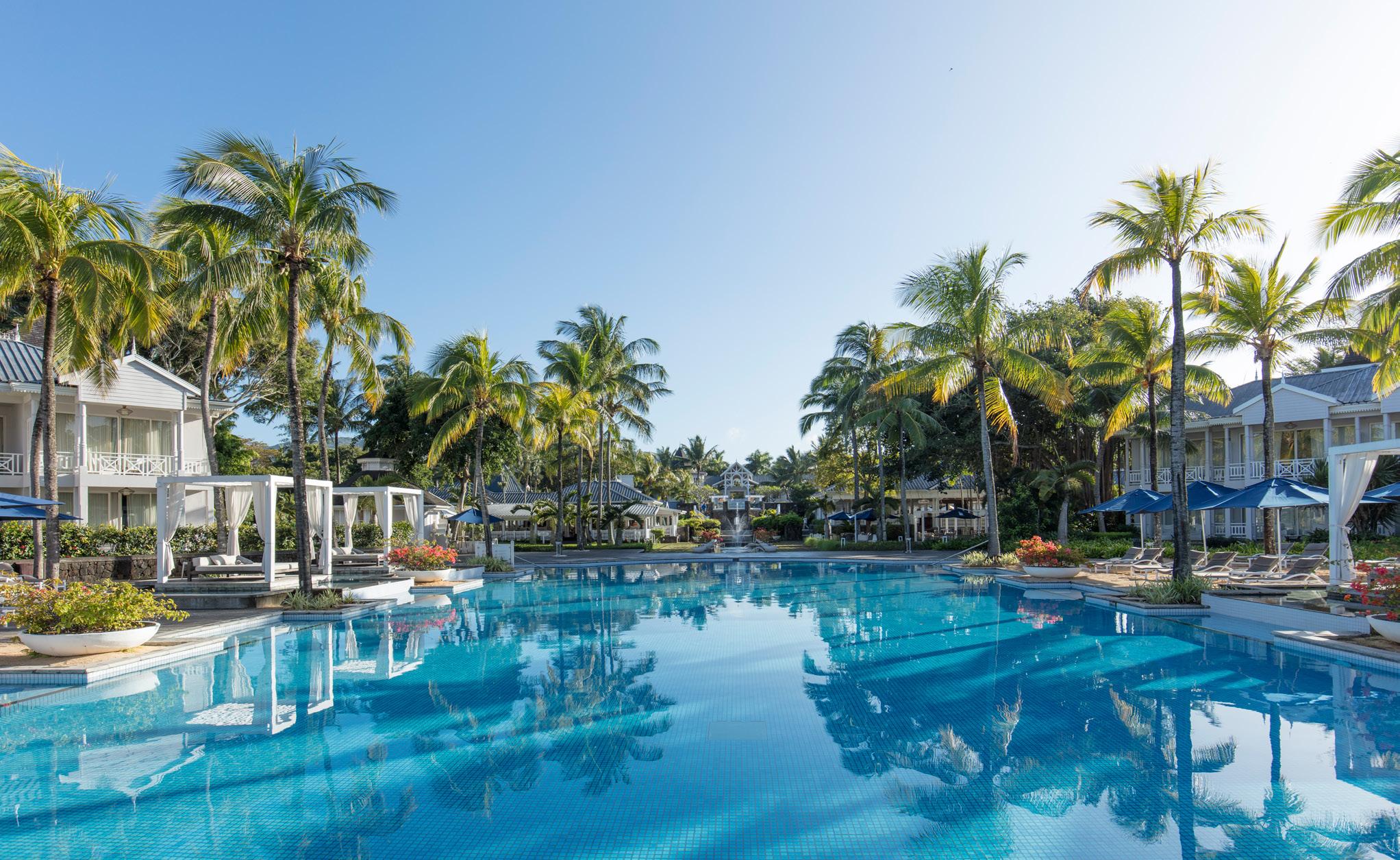
ASI: What inspired you to become a sommelier?
Jean Desvaux Geerdarry (JDG): When I was working as a Head Waiter, the company (Heritage Resorts & Golf) offered me the opportunity to study wine and become a sommelier. At the time, I knew almost nothing about wine, but I accepted the challenge. Looking back now, I feel that wine chose me to become its ambassador.
ASI: Assuming you are a native of Mauritius, what do you appreciate most about living and working in your home country, especially in the hospitality industry?
JDG: Yes, I am a proud Mauritian. Living and working here is truly a blessing. I feel well integrated at Heritage Resorts & Golf which takes great care of me and has supported me continuously in my career journey.
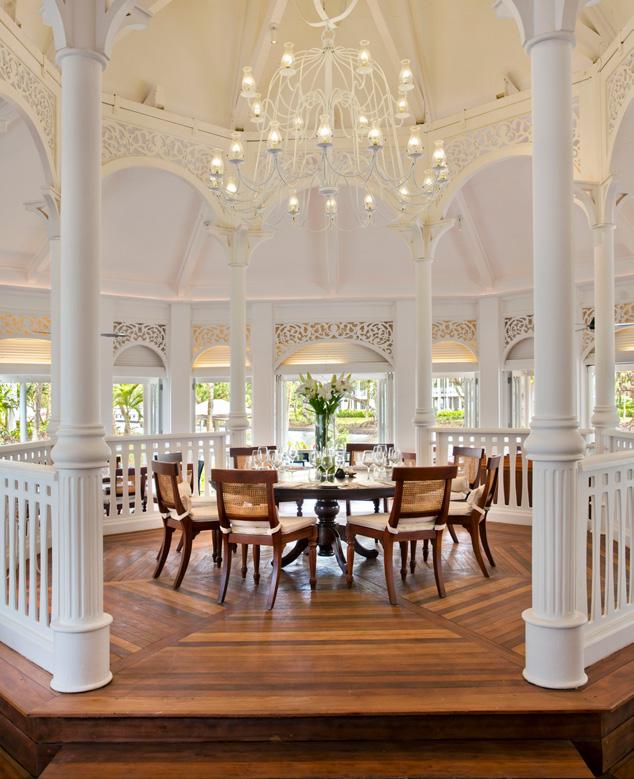
ASI: What challenges and advantages are there to being a sommelier in Mauritius?
JDG: One of the main challenges is that we don’t have any vineyards or wineries locally. However, this also allows us to be open-minded, as we’re not influenced by any single winemaking tradition. In fact, we have more than 12 wine importers and our company also does its own direct importation from France, Italy, and South Africa.
ASI: Annabella’s, a destination dining spot in the resort, is described as an airy brasserie. Combined with Mauritius’ French heritage and the presence of French tourists, is the wine list exclusively French? Or do you expose guests to other regions, such as South Africa? How gratifying was the recent Wine Spectator recognition?
JDG: Our wine list features selections from all over the world, and interestingly, we actually sell more wines from the New World than from France. South African wines make up a significant portion of our list as it is our closest wineproducing region. European guests often ask to discover wines from the New World, which is a rewarding experience for us to provide.
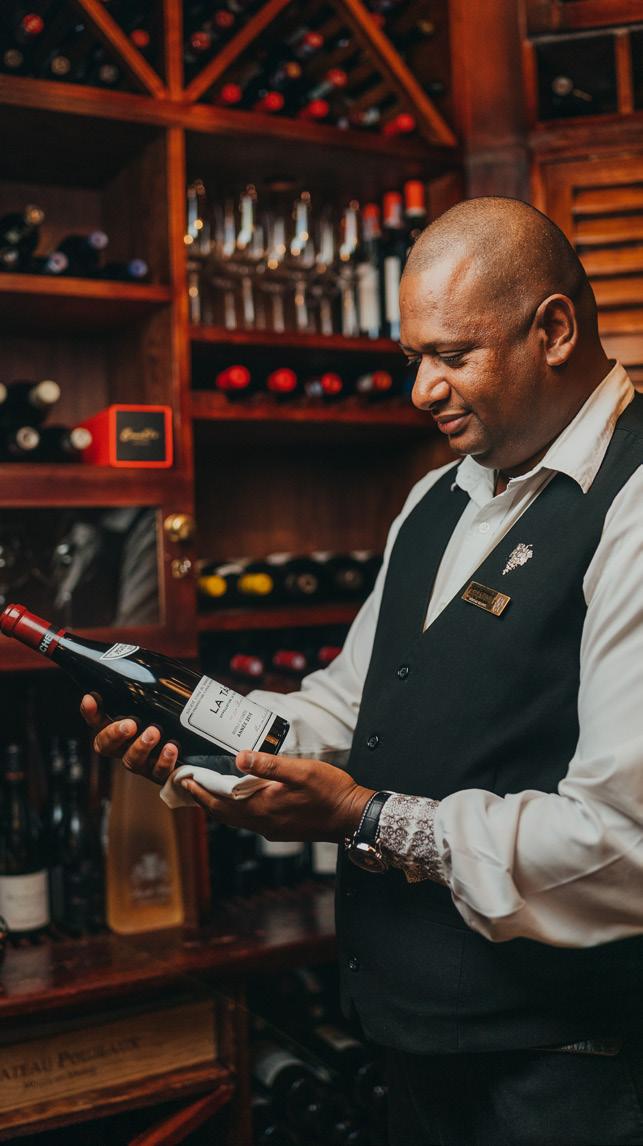
We are extremely proud and grateful to have received recognition from Wine Spectator. It validates the hard work of the entire team, and it motivates us to keep raising the bar.
ASI: You and Team Mauritius recently won the Ubuntu Cup. How gratifying was this experience? How important is it for you to connect with sommeliers outside of Mauritius?
JDG: The Ubuntu Cup was my first international competition, and winning it was an incredible and unforgettable experience.
Connecting with sommeliers from other countries is very important to me. We all come from different cultures, and we each bring our own unique perspective on wine. I made great friends during the competition, and I learned a lot not only through tasting but also through sharing knowledge and stories.
“Our wine list features selections from all over the world, and interestingly, we actually sell more wines from the New World than from France.”

access to almost any bottle we could wish for. Staffing, on the other hand, has been more difficult. Still, I’ve been fortunate to consistently build strong, passionate teams.
To deepen our wine knowledge, we created a small in-house wine school. Every week, I teach our team about a specific wine topic, helping them develop a deeper understanding of the wines and beverages we serve.
ASI: With such a hyper-local and often foraged menu, how do you navigate pairing wines with ingredients that are unfamiliar to most of the global wine world?
KV: Our kitchen works with many flavours and ingredients that aren’t traditionally paired with wine, so I knew I needed a deeper understanding of the full spectrum of Faroese food. I spent a lot of time meeting with local farmers and suppliers, learning every step of the production process behind these unique ingredients.
With that knowledge, I carried out countless pairing trials, teaching myself what works—as well as what doesn’t—when it comes to combining Faroese flavours with different beverages.
During the restaurant’s low season, I’ve also had the opportunity to travel extensively, visiting wine regions and producers around the world. These experiences have allowed me to build strong relationships with growers and winemakers, which in turn has been invaluable in developing a thoughtful and exciting wine programme.
ASI: How do you bring local into your beverage programme?
KV: The local part of our beverage pairing is important for our restaurant. We offer a non-alcoholic pairing made from local herbs, berries and other ingredients sourced from the Faroe Islands. This option has become very popular, and it allows us to showcase the richness and variety of our raw materials in a unique way.
For example, one of our signature offerings is a milk-based punch–style clarified cocktail made with wild herb extractions and infusions, served alongside dessert.
I’m also part of the tasting and blending team at Faer Isles Distillery. I’m proud to incorporate Faroese spirits and beer from Oy, a small microbrewery (OY) in Tórshavn, into our menus.
ASI: What do you hope guests take away from the wine experience at Koks, especially those who may be visiting the Faroe Islands for the first time?
KV: What I love about our beverage pairings is the balance between tradition and discovery. We serve classic, elegant selections such as Champagne, Burgundy or German Riesling, but we also add a twist by including lesser-known gems, such as Pinot Noir from small producers in the Swiss Alps. Our guests are offered a deep insight into Faroese food culture, accompanied by thoughtfully curated pairings that combine familiar excellence with unexpected, delightful surprises.
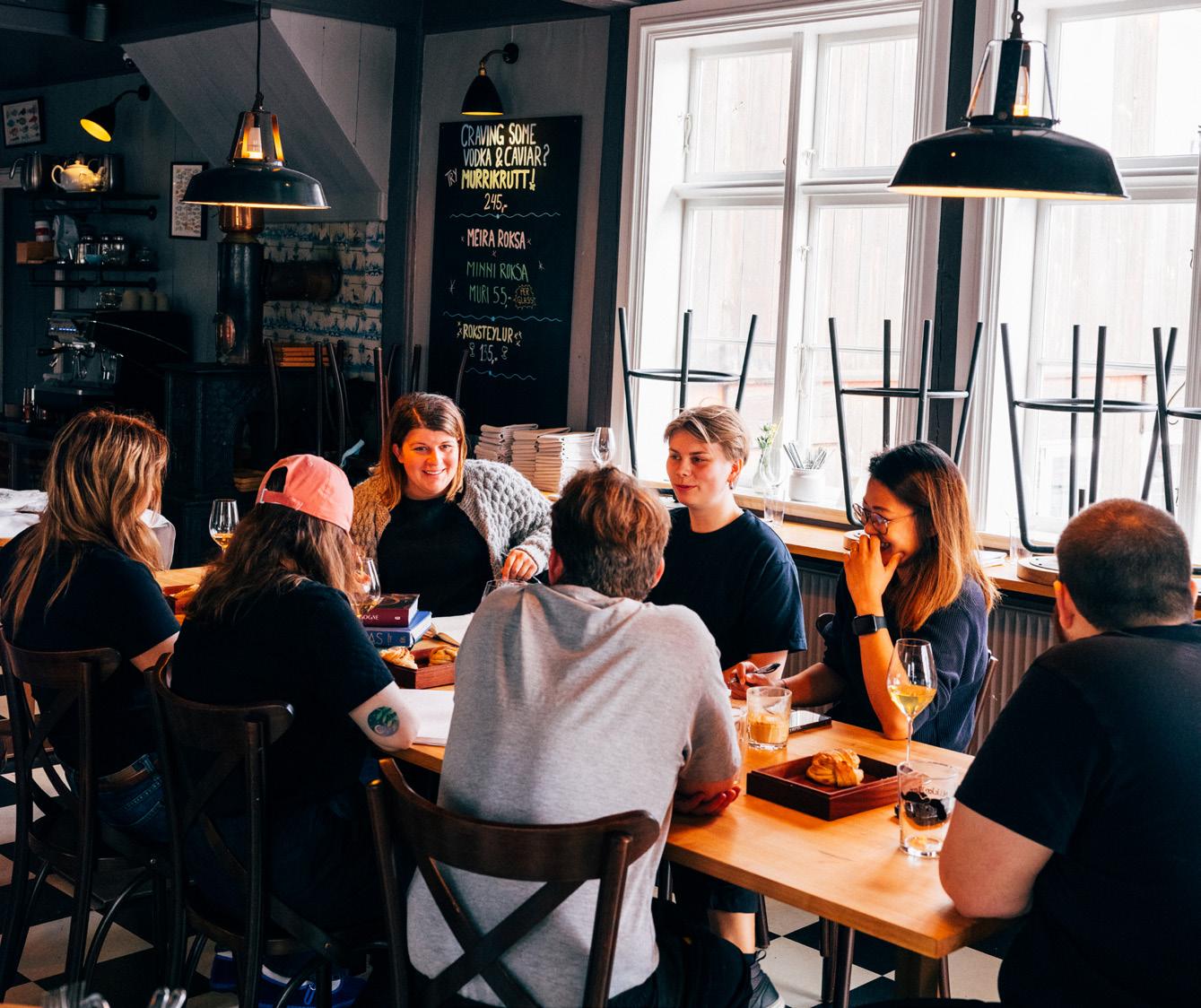
“For me, it was the perfect challenge—and the perfect place—to fully engage, be creative and help shape something from the ground up.”
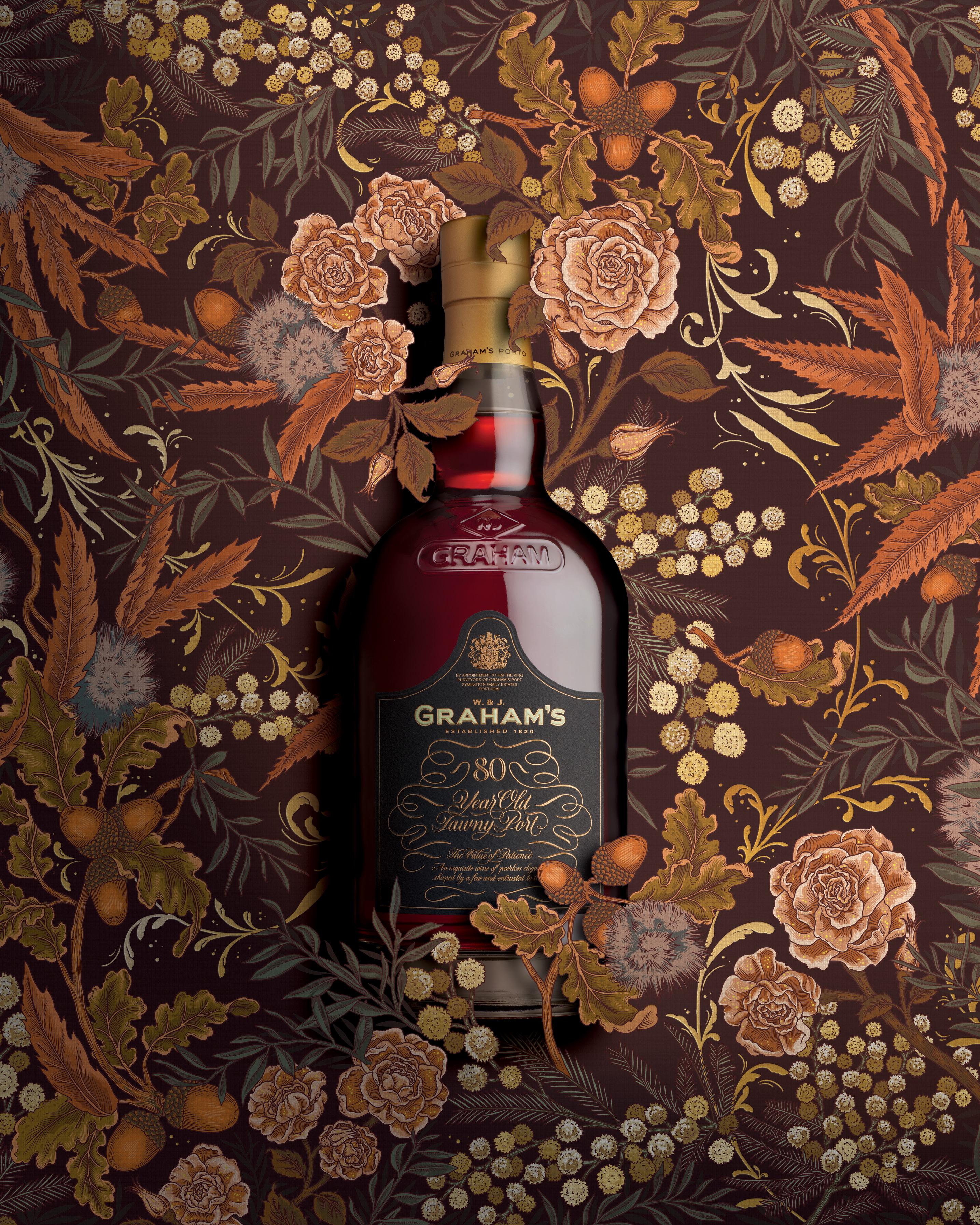




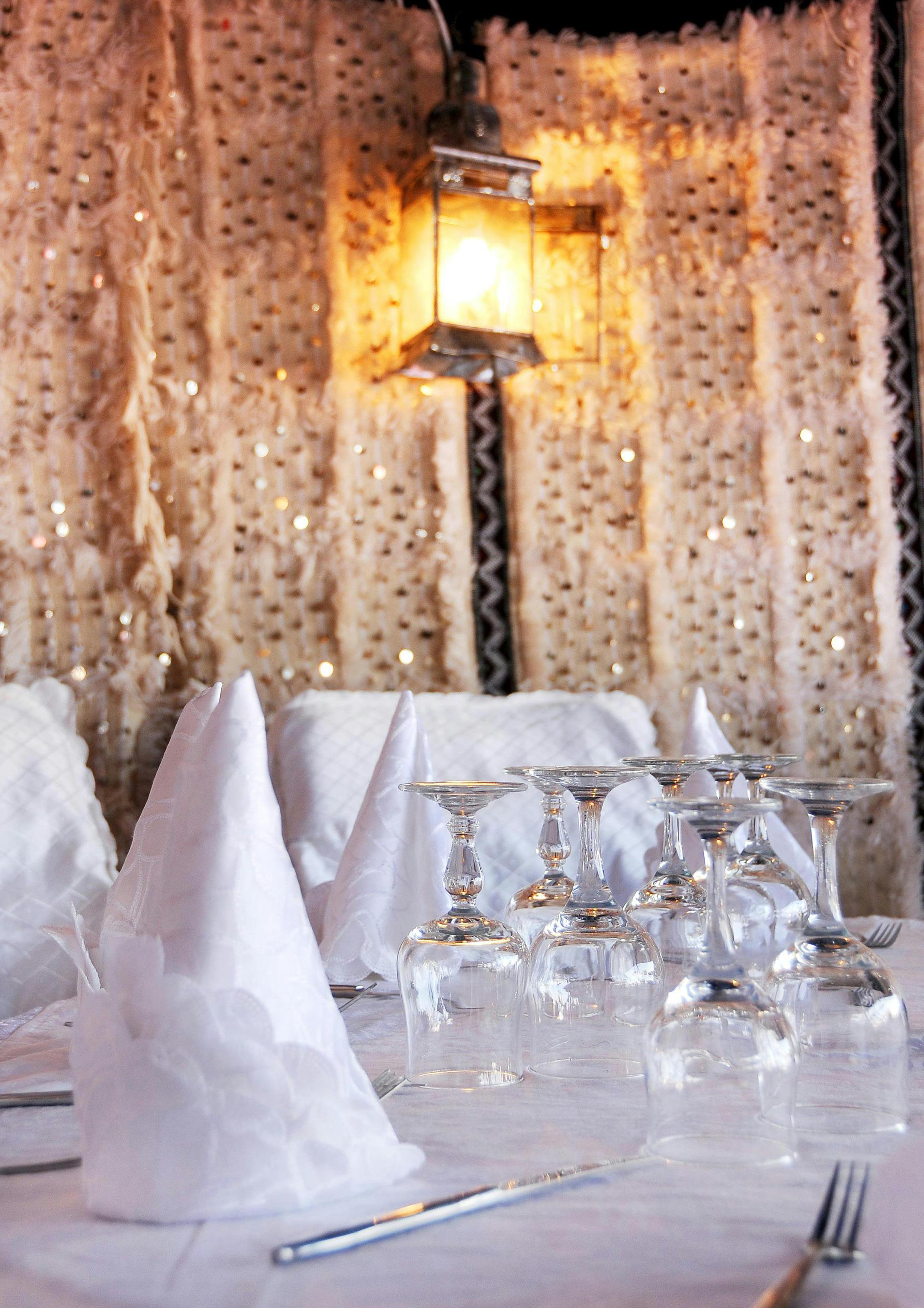
With Amrita Singh and Michèle Chantôme
In countries where cultural or religious beliefs discourage alcohol consumption, sommellerie might seem an unlikely career path. Yet, pioneers like Amrita Singh, Co-Founder and President of the Sommeliers Association of India (SAI), and Michèle Chantôme, ASI Vice-President Middle East and Africa, are proving otherwise. Both women are supporting the redefinition of beverage education in regions where wine is as much a subject of debate as it is of appreciation. Singh’s achievements in India and Chantôme’s tireless advocacy across Africa and the Middle East illustrate that sommellerie, when framed through culture, gastronomy, and professionalism, can transcend social barriers.
“India, home to the world’s largest and youngest population, is one of the most dynamic consumer markets globally,” Singh begins, her words capturing both the opportunity and the challenge. “With 100 million people reaching the legal drinking age every five years, premium wines, craft beverages, and non-alcoholic drinks are gaining unprecedented traction.”
But Singh is quick to note that the journey to establishing SAI was far from simple. “The barriers were not about alcohol itself, but about legitimacy, precedent, and education,” she explains. “We had to build an institution from the ground up with no prior framework, no institutional or financial support, and within a highly fragmented legal and regulatory environment.”
Cultural attitudes were equally complex. “The profession of a sommelier is still emerging, often misunderstood, and lacks formal recognition in India,” Singh says. “In a market traditionally focused on hard spirits, we had to educate the industry on the need for a sommelier association, building networks with hospitality professionals and fostering appreciation for wine and beverage pairing as key reasons.”
This persistence has paid off. Today, SAI is recognised as a catalyst for change, raising service standards, nurturing young talent, and shaping a more informed and inclusive wine culture. India’s evolving wine scene presents enormous opportunities for sommeliers. With the country’s expanding middle class, premium dining experiences, and a growing curiosity for global wine trends, trained professionals are increasingly sought after to bridge the gap between producers, restaurants, and consumers.
Singh sees sommeliers as key cultural ambassadors: “We have a chance to shape wine education, curate wine programmes, and advocate for regional and sustainable pairings that reflect India’s diverse cuisine. With international wine brands entering the market and domestic wineries innovating, sommeliers are uniquely positioned to elevate India’s wine narrative on the global stage.”
The past year has been transformative for SAI. “We are incredibly elated to share the milestones we have achieved within our very first year,” Singh says proudly. “We successfully launched key membership, partnership and sponsorship initiatives, introduced ASI Education with Certification 1 and Diploma, and proudly hosted the inaugural SAI Best Sommelier of India competition.” The prestigious event attracted 14 outstanding sommeliers, not only from leading hospitality groups across India but also from Dubai, Italy, the Maldives, Singapore, New Zealand, and international cruise lines.
India also made its presence felt globally, with five sommeliers attending the ASI Education Bootcamp in Singapore—a historic first. Looking ahead, Singh’s excitement is palpable: “India will be represented for the very first time at the 2025 ASI Contest for Best Sommelier of Asia & Pacific by our
brilliant candidate, Jai Singh, winner of the 2025 SAI Best Sommelier of India. These milestones mark just the beginning.”
For Singh, the future of Indian sommellerie is about more than competition. “To foster a sustainable and inclusive future, we are investing in education, mentorship, and outreach programmes that empower talent from diverse backgrounds,” she says. “We are actively collaborating with hospitality institutes, wineries, and global organisations to standardise training and create accessible learning pathways. Our vision is to build a vibrant, inclusive community where passion, knowledge, and sustainability drive the profession forward.”
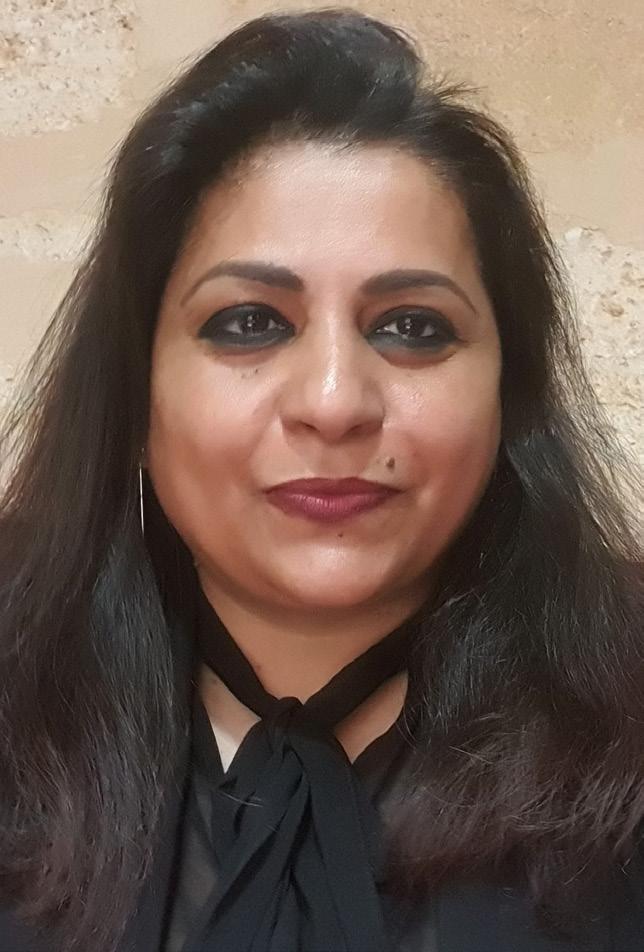
“Our vision is to build a vibrant, inclusive community where passion, knowledge, and sustainability drive the profession forward.”
– Amrita Singh
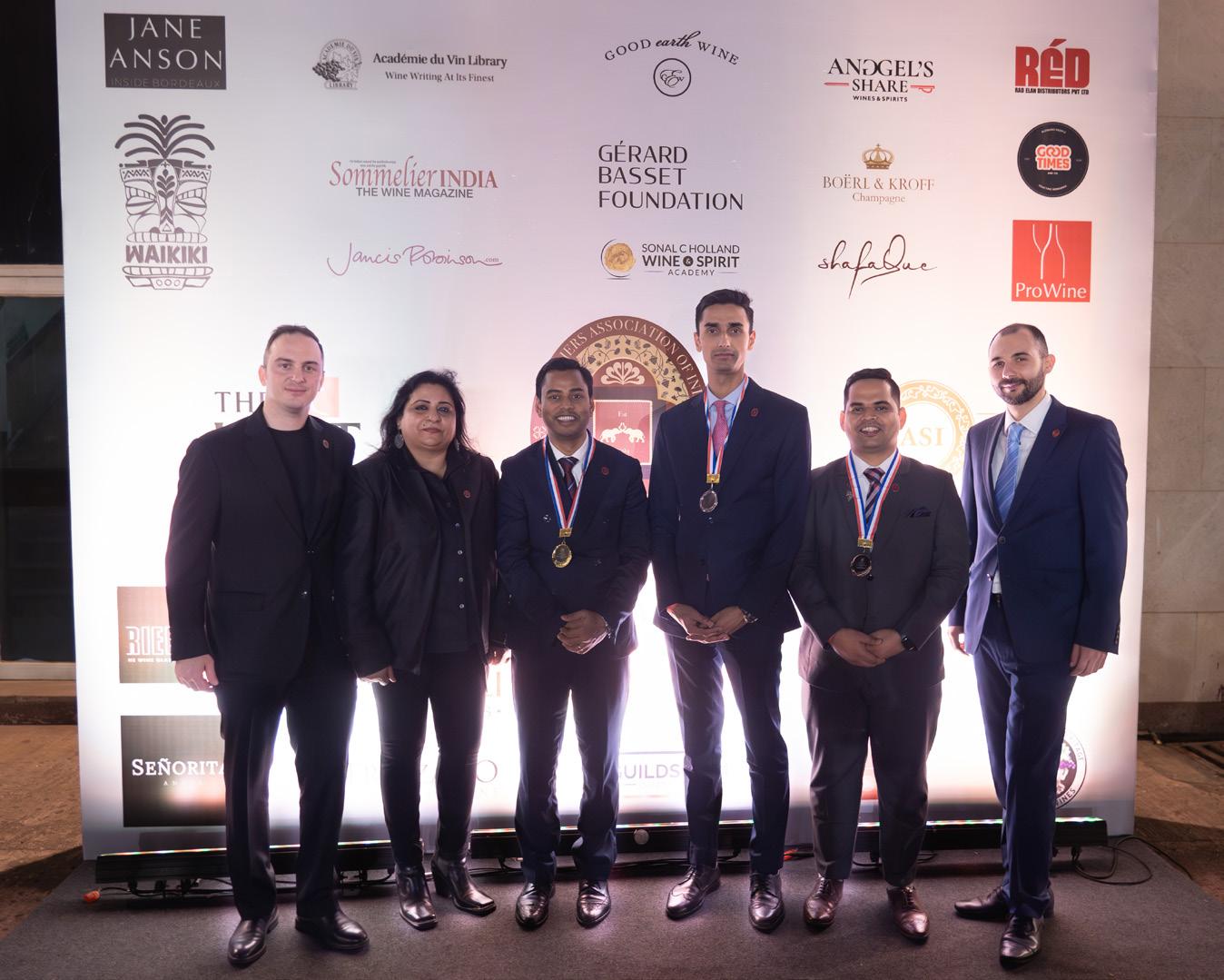
While Singh focuses on reshaping India’s domestic perception, Michèle Chantôme faces an even more deeply entrenched challenge: religion. “It is mainly Islam, widespread in most African and Middle Eastern countries, that hinders the development of wine education and the serving of alcoholic beverages,” Chantôme explains. “What angers me is that when you study the Koran in detail, you never find a formal prohibition on drinking alcohol. It is the popular interpretation that prevails.”
Hotel schools, already scarce in many regions, rarely include wine education in their curricula. “To compensate for this, Jean-Vincent Ridon of the Sommelier Academy is offering video-conference courses to countries such as Congo, Nigeria, Zambia, Botswana, Namibia, and Lebanon,” Chantöme notes.
Some countries remain particularly restrictive. “In Morocco, for example, Islam strongly influences laws, making sommelier associations difficult to establish,” she adds. However, she highlights remarkable progress elsewhere, pointing to Ridon’s work in South Africa and Zimbabwe, and celebrating milestones such as Sharroll Mukendi-Klaas becoming the first African woman to achieve ASI Certification 2.
For both women, education remains the cornerstone of progress. Singh envisions a future where sommeliers are integral to India’s gastronomic identity, connecting local cuisine to global wine traditions while championing sustainability. Chantôme’s mission aligns perfectly; by fostering education and creating pathways for certification, she and her colleagues are laying the groundwork for sommellerie to thrive even in regions where alcohol remains socially sensitive.
Together, Singh and Chantôme prove that sommellerie is not just about what’s in the glass—it’s about culture, respect, and building bridges between worlds.
“To compensate for this, Jean-Vincent Ridon of the Sommelier Academy is offering videoconference courses.”
– Michèle Chantôme


With competitors set to take the stage in Malaysia for the ASI Contest Best Sommelier of Asia Pacific 2025, we would like to introduce you to the candidates.
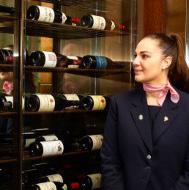

Dorianne Neimard Australia Reeze Choi China

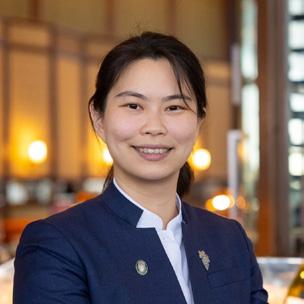
Ratmir Akhmetov Kazakhstan Yi Ying Yong Malaysia

Jungmin An South Korea
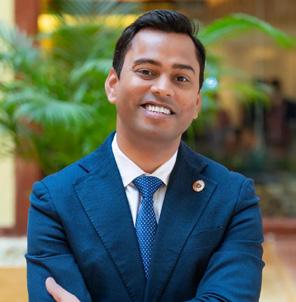
Jai Singh India
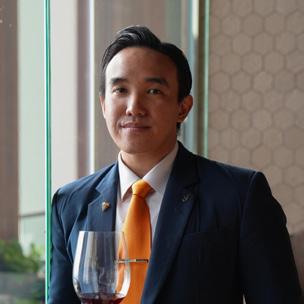
Raymond Andi Bajo Tambunan Indonesia
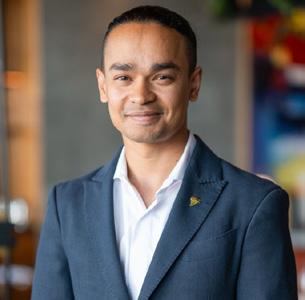
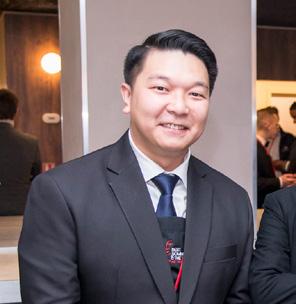
Suraj GC New Zealand Ian Santos Philippines

Patrick Chiu Taiwan
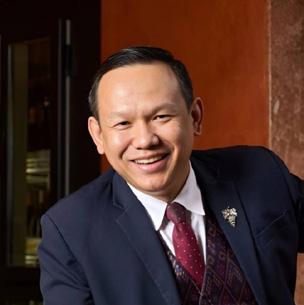
Suppawat Teeta Thailand
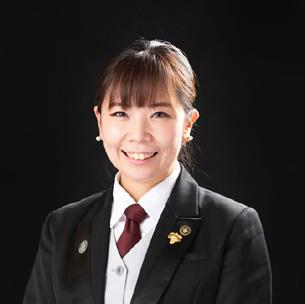
Miyuki Morimoto Japan
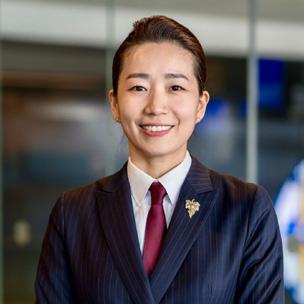
Celine Yung Singapore
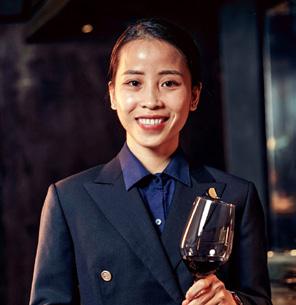
Tram Tran Vietnam
Scan the QR code for more information
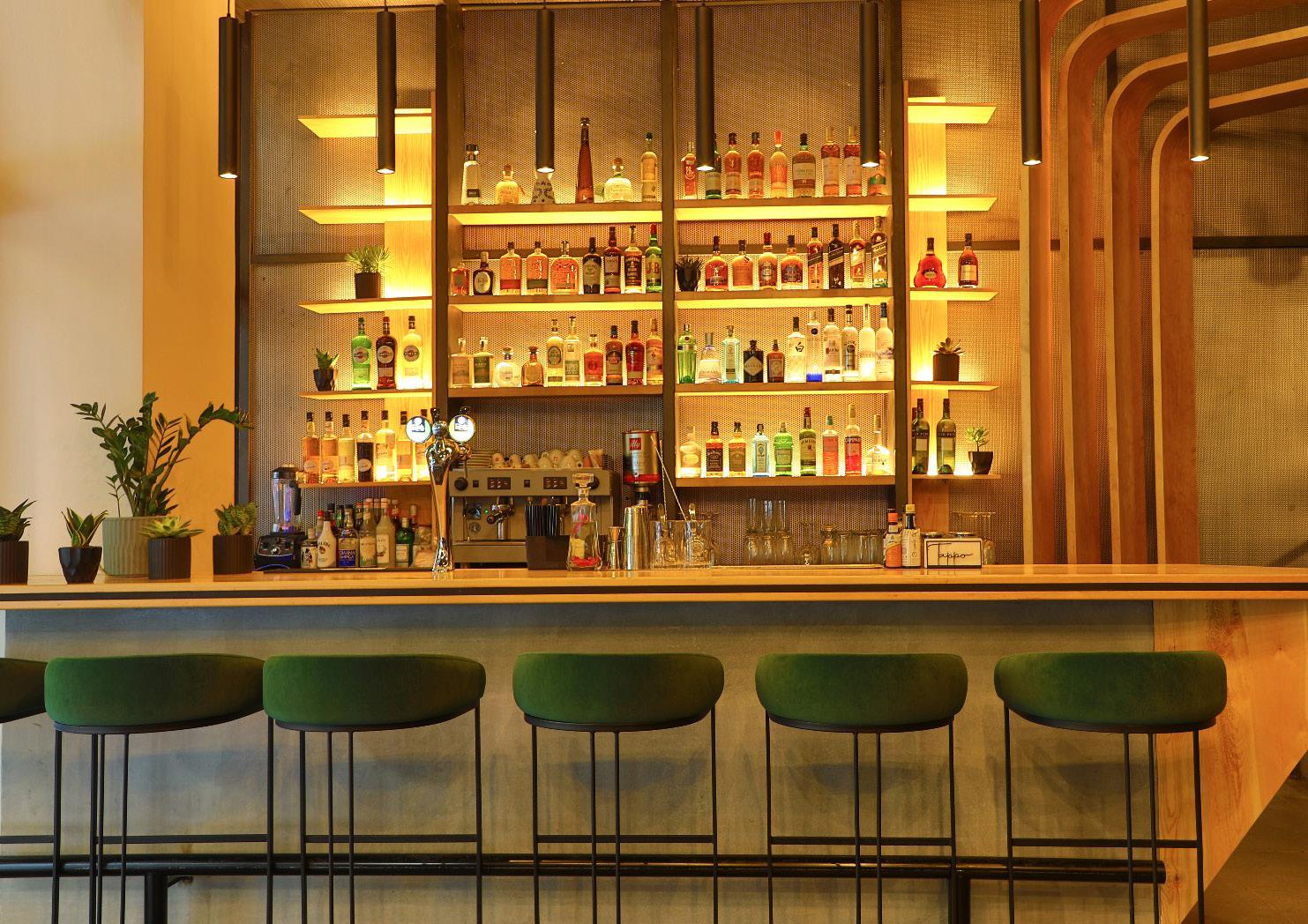
Lebanon, with its ancient winemaking traditions and vibrant culinary artistry, is cementing its place on the global gastronomic map. From the vineyards of the Bekaa Valley to Beirut’s dynamic restaurants, the country offers a rich blend of history, terroir, and innovation.
As President of the Association des Sommeliers du Liban (ASLIB) and ASI
Magazine correspondent, Joseph Mounayer has witnessed Lebanon’s wine and food culture flourish. This guide highlights restaurants Mounayer believes excel in both gastronomy and wine curation, shaping the future of Lebanese dining through local varietals like Obaideh and Merwah and fine international selections.
8 Must-Visit Restaurants for Wine & Food Lovers in Lebanon
Burgundy – Fine Dining & Wine Excellence
Located in Beirut’s Gemmayze district, Burgundy is a benchmark for haute cuisine and fine wine. Expect a tasting menu of precision and elegance, complemented by a world-class wine list ranging from Grand Cru Burgundies to vintage Bordeaux.
Fred Kitchen & Bar – Boutique Wines & Refined Pairings
This intimate Beirut gem champions boutique Lebanese wineries while offering premium meats, seafood, and seasonal dishes. Wine pairings are thoughtful and ever-changing, making every visit unique.
Metropole – Brasserie Elegance & Global Wine Culture
In downtown Beirut, Metropole blends French and Mediterranean
influences with a chic brasserie vibe. Its wine list spans Bordeaux icons to Lebanese gems, perfect for diverse pairings in an upscale setting.
Marly’s Bar & Restaurant –Cosy, Relaxed, Wine-Focused Warm hospitality, an eclectic wine list heavy on Lebanese boutique producers, and hearty, well-crafted dishes make Marly’s a favourite for those seeking a relaxed yet refined experience.
Kampai – Asian Cuisine Meets Wine Pairing
Kampai proves that Asian flavours and wine can harmonise beautifully. Rieslings, Pinot Noirs, and crisp Chablis complement delicate sushi, sashimi, and teppanyaki.

Joseph Haddad, Butlers
Le Sushi Bar – Pioneer of Sushi-Wine Pairings
This Beirut favourite pairs delicate Japanese dishes with minerally Chablis, aged Champagne, and elegant Pinot Noirs. Knowledgeable staff ensure a refined, seamless experience.
Stove – Seasonal Neo-Bistro Charm
Butlers – Sophisticated Dining with Expert Guidance Elegant and welcoming, Butlers stands out for sommelier Joseph Haddad, Lebanon’s Best Sommelier, who expertly guides guests through French, Lebanese, and international wine pairings.
A hidden gem, Stove offers ingredient-driven, seasonal menus paired with boutique Lebanese wines and Old-World classics. Its intimate setting is perfect for charcoal-grilled meats and elegant small plates.
With Marwan Massoud, Owner, Tapo
Following our roundup of Lebanon’s top restaurants for wine and food lovers, one name, according to Joseph Mounayer deserves special attention: Tapo. While Burgundy and Metropole set benchmarks for fine dining, and Stove and Marly’s shine for boutique wine pairings, Tapo represents a new wave of Lebanese dining—relaxed, approachable, and passionately focused on local wines. Mounayer sat down on behalf of ASI with Marwan Massoud, founder of Tapo, to explore his vision and how his restaurant is reshaping the way Lebanese wine is enjoyed.
ASI: What was the vision behind Tapo when it was founded?
Marwan Massoud (MM): Established in 2023, Tapo was created as a relaxed, approachable space where great wine and comfort food take centre stage. “We want to make wine enjoyable without intimidation,” explains Massoud, describing how Tapo pairs Lebanese wines with international dishes in a casual yet refined atmosphere.
ASI: Why focus on Lebanese wines?
MM: Our emphasis on Lebanese wines reflects a belief in the richness of local terroir and a desire to give independent producers recognition. “We want guests to discover indigenous grapes and craftsmanship, connecting them to Lebanon’s history,” he says. Tapo provides a platform for both established and new wineries struggling to gain exposure.
ASI: How many Lebanese wines are on your list, and how do you balance big names with boutique producers?
MM: Tapo offers over 100 Lebanese wines, from icons like Château Musar and Ksara to small, boutique wineries. We work directly with winemakers, prioritising wines available in the market so guests can enjoy them again. Highlighting unique, lesser-known expressions is a key focus.
ASI: Have you noticed changing customer preferences?
MM: Guests, both local and international, are increasingly adventurous, seeking boutique, natural, and biodynamic wines. Crisp Lebanese whites pair beautifully with lighter dishes, while full-bodied reds suit meats. Regular tastings and masterclasses encourage exploration and appreciation.
ASI: How important is sommelier education in Lebanon?
MM: Education is crucial. At Tapo, staff benefit from in-house training, tastings, and winery visits. Although we’ve yet to collaborate with ASLIB, we’re open to partnerships promoting wine education. With upcoming events and a project allowing every bottle to be tasted, Tapo aims to showcase Lebanese wine globally.
As we conclude, it’s clear that Tapo is more than a restaurant— it reflects passion, culture, and a
commitment to excellence. With every dish and detail, Massoud and his team deliver an experience where Lebanese wine takes centre stage. We hope to see Tapo lead in training initiatives with ASLIB. This July, alongside the Best Sommelier of Lebanon competition, at least ten sommeliers aim to achieve the ASI 1 diploma. Establishments like Tapo will be key to elevating Lebanon’s wine and hospitality scene.
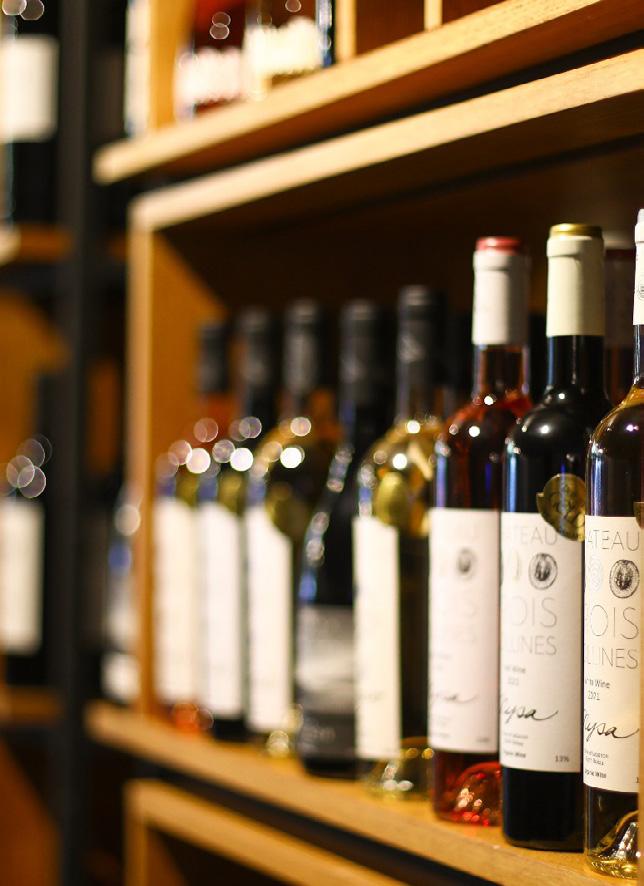

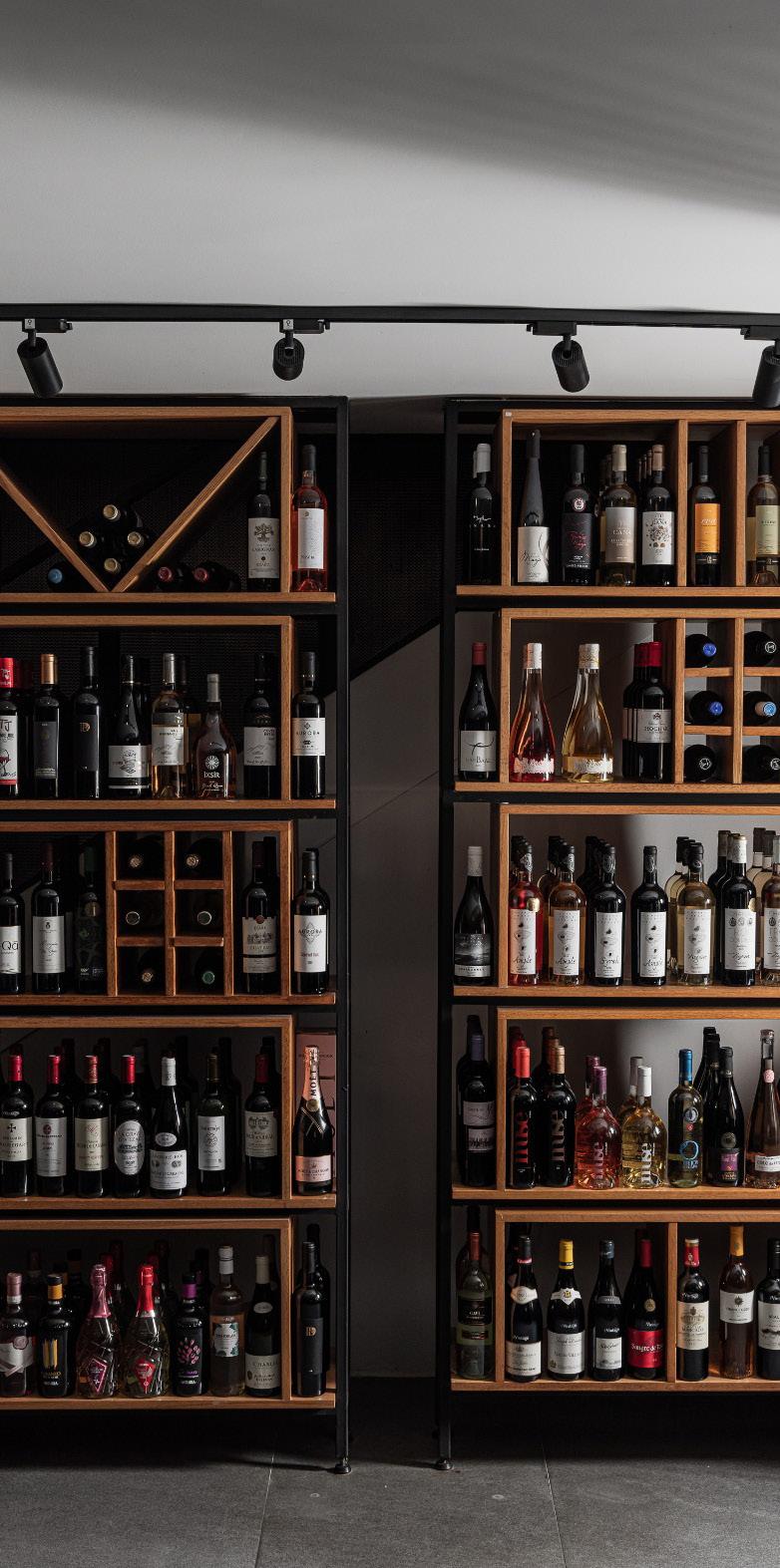
With Francesca Vajra
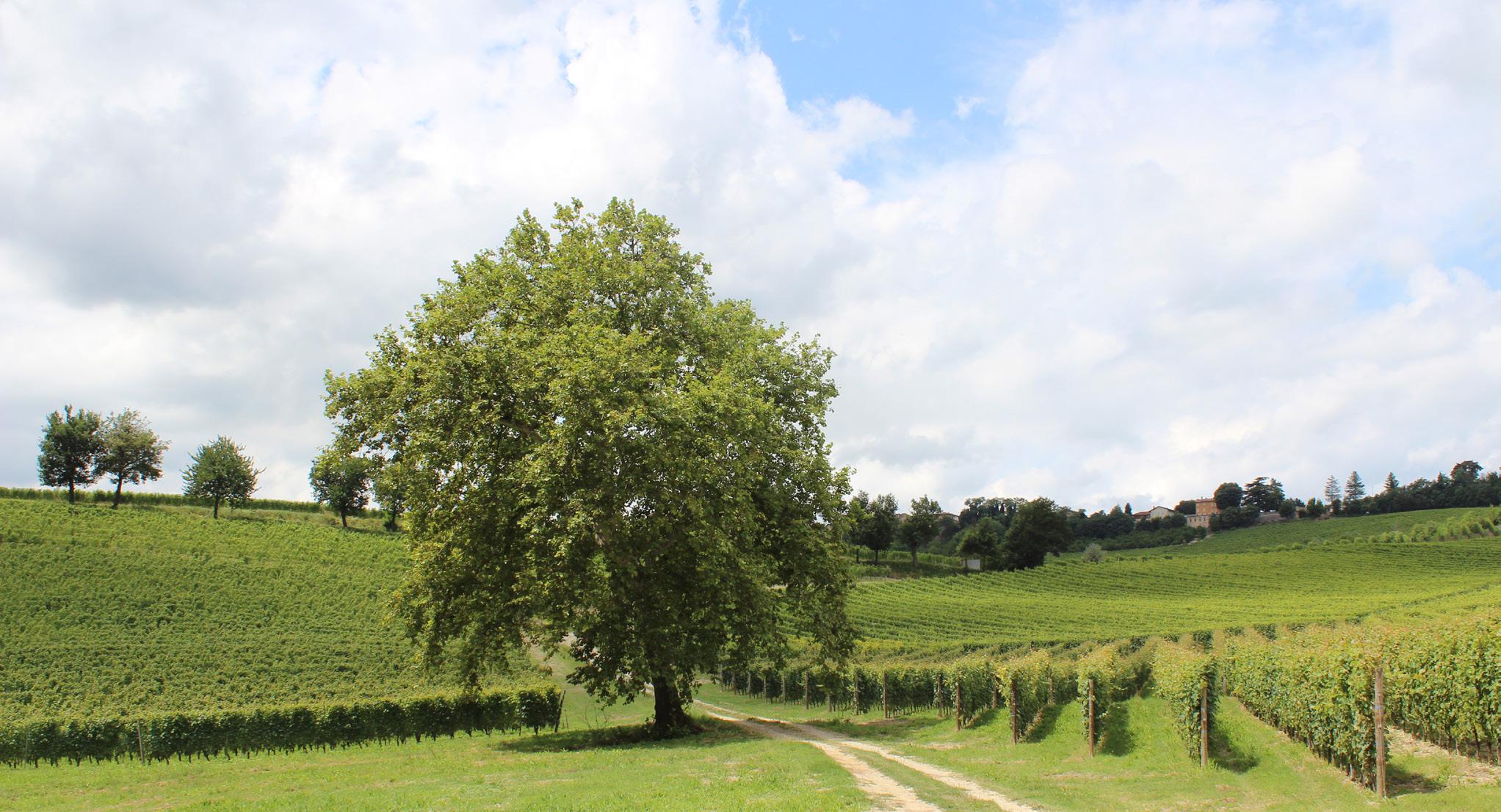
Approaching G.D. Vajra, a whitehaired man methodically loads cases of wine into the back of a truck. His sure movements suggest years of practice. Almost suddenly, Francesca Vajra appears—a vivacious woman in her thirties or forties, smile wide, eyes sparkling behind thin, wire-rimmed glasses.
“This is my father,” she says, nodding toward the man expertly manoeuvring the forklift.
Despite its renown, G.D. Vajra remains very much a family estate. Perched above the village of Barolo, it has earned acclaim for its vision:
a deep respect for history, a love of the vine, and an understanding that people—past and present— are part of its terroir. Here, in the rolling hills of the Langhe, the vines speak the language of time, tradition, and stewardship.
Francesca embodies this philosophy. “Roots mean a lot of things to us,” she reflects. “It’s history. It’s tradition. It’s our connection to our elders, as we learn so much from our conversations with them.”
The Vajra family has tended vines for centuries, but G.D. Vajra as we know it was born of conviction— and rebellion.
“A tree does not grow without roots.”
After World War II Francesca’s grandparents moved to Torino (Turin), Aldo Vajra (born in 1953) during Italy’s industrial boom. It was Aldo’s destiny, according to his mother, to become a naval officer, which as Francesca notes became “a bit of family joke since there is not access to the seaside in Piemonte.” But a teenage act of defiance changed everything.
Punished for joining a political demonstration, Aldo was sent to work a summer on the family estate, passed down by her grandfather’s mother. The estate held meaning to him because it was a lasting memory of his mother, who died when he was only three
years old. What was meant as discipline became a calling. The gruelling labour, coupled with the sharecropped estate’s quiet beauty, sparked a love of the land. While the punishment was the impetus, the deeper rebellion was the move back to the countryside in an era when the rest of rural Piemonte was moving out.
Although his father insisted that he study science instead of agriculture, this only sharpened his critical thinking. When Aldo finally returned to Barolo, it was not simply to plant vines, but to shape a new future— one guided by science yet rooted in tradition.
“Our father was way ahead of his time,” says Francesca. “In 1971, we were among the first organiccertified vine growers in the region. Back then, most thought it was madness.”
In the Langhe, Nebbiolo reigns supreme, with Barbera and Dolcetto as close companions. But the Vajras believe the throne is best shared. Their vineyards host around 20 varietals, including lesser-known historic grapes such as Freisa and Nascetta.
“We don’t grow varietals for trends,” Francesca says. “We grow them because they belong here. Without them, the ecosystem—and the culture—would be poorer.”
This respect for biodiversity has deep roots in Piemonte’s agrarian history, where farmers planted multiple grapes not for prestige, but survival. Even so, Francesca stresses that quality is non-negotiable: “It’s like clothes. We may not always be on trend, but the quality of our garments is guaranteed.”
Freisa, often dismissed as a fizzy, red berry scented quaffer, holds a special place in the Vajra philosophy. Unlike most, Aldo planted it on
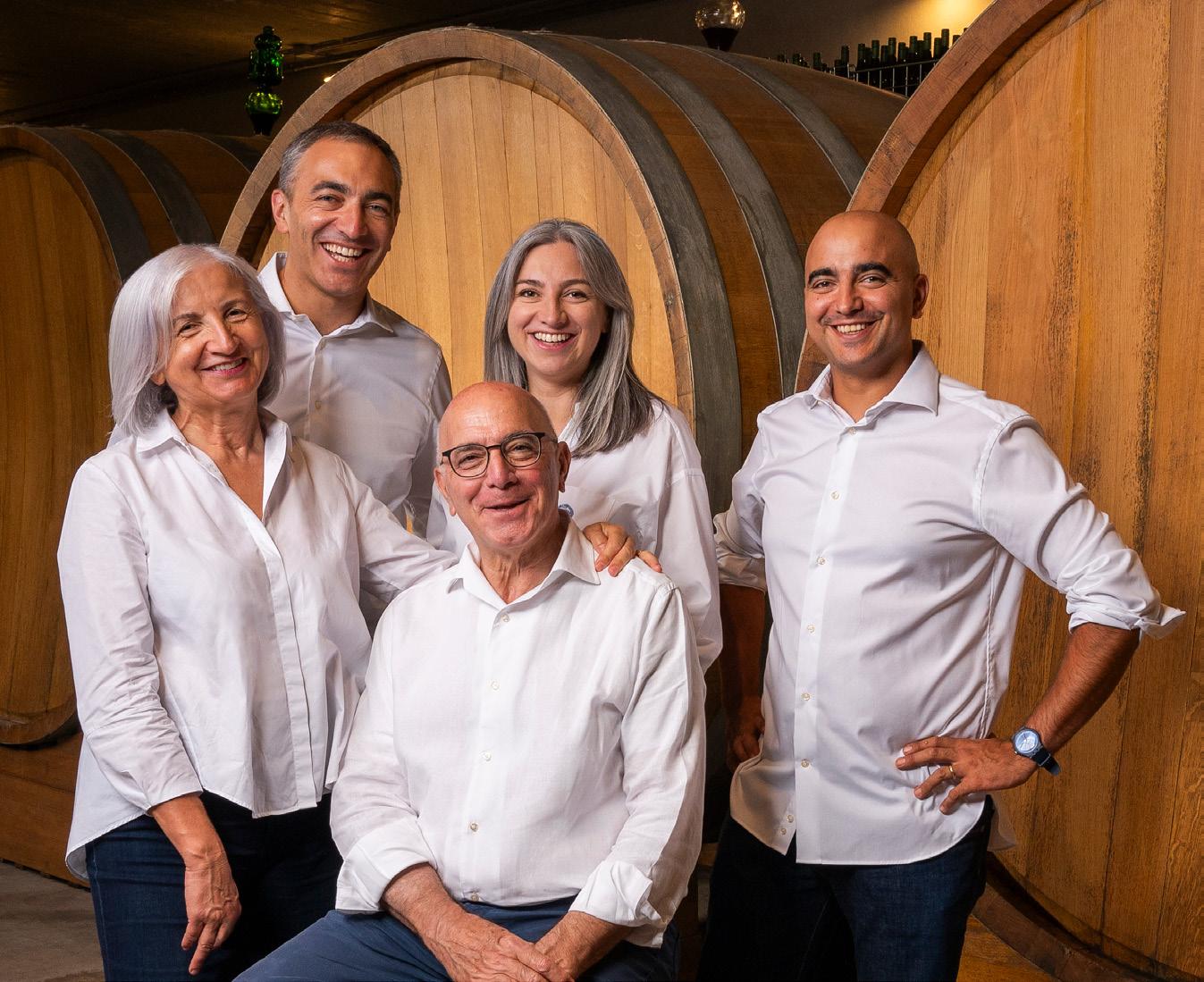
prime, south-facing slopes usually reserved for Nebbiolo.
Initially, his attempts yielded low volumes and a richer, fullerbodied wine than expected. Rather than chase the regional frizzante style, Aldo embraced the Freisa’s deeper expression.
“The university once thought our Freisa wasn’t Freisa at all—it was that different,” Francesca laughs. “But that’s what happens when you give something the place it deserves. It reveals its full voice.”
Years later, science confirmed Freisa as a parent of Nebbiolo—a vindication of Aldo’s instinct.
Climate change has made vineyard resilience essential. Hailstorms, droughts, and sudden temperature spikes now threaten monocultures.
“Preserving old varietals is a form of resistance,” Francesca explains. “It’s how we make the vineyard stronger, the soil more alive. It’s how we ensure something will still be here for the next generation.”
But sustainability at Vajra is not just about vines. It is also about
people. In 1986, a devastating hailstorm wiped out their crop. Instead of retreating, the Vajras expanded, encouraged by local elders who offered their own plots. Together, they rebuilt—vine by vine, neighbour by neighbour.
“Our parents believe in a kind of human ecology,” Francesca says. “The idea that you don’t farm alone. You’re part of a team, a village, a past and a future.”
Every decision at G.D. Vajra— whether canopy management or harvest timing—is guided by what Milena Vajra calls “signs and consciousness”: an intuitive awareness, rooted in knowledge and attuned to change.
For the Vajras, wine is more than a product; it is a narrative. “This is the origin of our esteem and affection for the people who have lived and loved our land,” they say. “An affection that becomes a desire to share it with our friends.”
A vineyard without roots cannot grow. But a vineyard that knows its roots—that listens to them, protects them, and passes them on—is a gift.

Piemonte’s big three have collectively dominated the Piemonte landscape for the past three decades. Nebbiolo continues to rule as the region’s most renowned grape, responsible for Barolo and Barbaresco, while Moscato, Barbera, and Dolcetto happily hold court as it underlings. While Piemonte’s big three continue to dominate, the landscape of the present continues to move closer and closer to the landscape of the past, when Piemonte was a patchwork of various native vines.
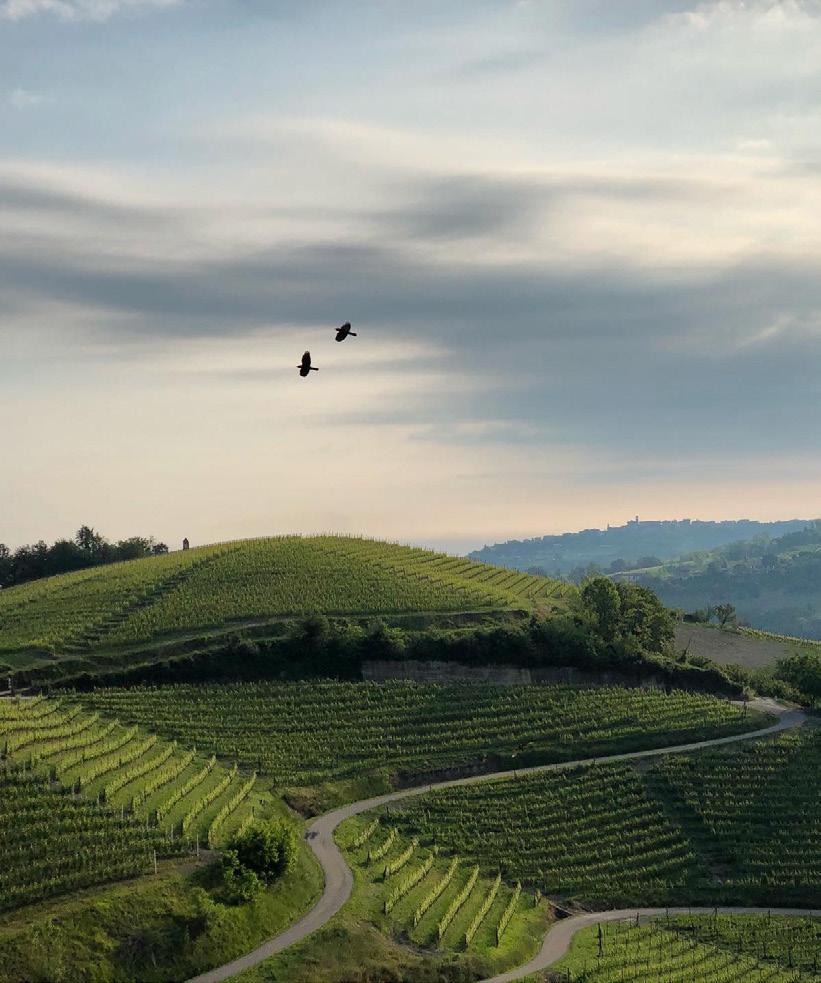
Arneis (/arnˈɛis/) also known as Bianchetta, Bianchetta d’Alba, Bianchetto, Bianchetto Albese, Bianchetto di Alba, Bianchetto di Verzuolo, Nebbiolo Bianco
Key Piemontese Appellations: Roero Arneis DOCG, Langhe DOC, Terre Alfieri DOC
Notable Producers: Vietti, Tenuta Caretta, Bruno Giacosa, Bricco Ernesto, Angelo Negro, Malvirà
Arneis, which translates to the “little rascal,” can be difficult to grow as it is sensitive to a variety of vine diseases. It is no less challenging
in the winemaking process as it is prone to oxidation. Once destined for extinction, its existence and rise in popularity is often credited to the Currado family of famed Barolo producer Vietti. Modern viticultural management techniques, winemaking have allowed winemakers to capture it aromatic (tree fruit, white flower, almond) characteristics, which may be enhanced by minimal skin contact. Arneis wines are fresh, crisp and linear, and excellent representations of the terroir of the Roero.
Cortese (/kortˈeze/) also known as Bianca Fernanda, Corteis, Cortese Bianca, Cortese
Bianco, Cortese d’Asti, Cortese dell’Astigliano, Courteis, Cortesi, Courteisa, Fernanda Bianca, Raverusto
Key Piemontese Appellations: Gavi DOCG, Colli Tortonesi DOC, Monferrato DOC, Piemonte DOC, Cortese Dell’Alto Monferatto DOC
Cortese has been known in Piemont for more than 400 years and is most recognised for wines labeled as Gavi di Gavi. The wines are fresh, citrusy and complimented by delicate white floral and herbal notes and pronounced mineral-like character on the finish. Most produce it in an unoaked style, but some choose to
extend the ripening period and age in oak to soften its acid profile.
Erbaluce (/erbalˈut͡ʃe/) also known as Bianchera, Albaluce, Ambra, Bian Roustì, Uva Rustìa
Key Piemontese Appellations:
Erbaluce di Caluso DOCG, Piemonte DOC, Costa della Sesia DOC, Colline Novaresi DOC, Canavese DOC
Notable Producers:
Ferrando, Cieck, Orsolani, Ferraris, Gnavi, Enrico Serafino
Erbaluce is an ancient grape varietal grown in the rocky soils of the Biella, Turin, and Vercelli provinces of Piemonte. When the varietal achieves full ripeness, it acquires a distinctive pinkish yellow colour. The wines (mostly still but also sparkling, and small amounts of often sought after passito) are fresh, floral, herbal and boast green apple and stone fruit flavours, along with a crisp, mineral-edged finish.
Nascetta (/naʃˈɛtːa/) also known as Anascetta, Nas-cëtta
Key Piemontese Appellations: Langhe DOC
Notable Producers:
Elvio Cogno, Rivetto, Le Stretto, Rocche Costamagna, Ca’ del Baio, Poderi Cellario
Nascetta is a rising star in Piemonte or perhaps said a tarnished star whose finally getting a polish as producers recognise its qualities. Long planted in Novello, province of Cuneo, in Piemonte, Novello’s uneven yields and vigour, making vineyard management more laborious, led to its disfavour. As producers have switched to a quality over quantity calculus, it is gaining notoriety and acclaim. In a region where whites (except Moscato) are known for their subtlety, Nascetta delivers aromatic intrigue that
according to Jessica Tam (Wine Safari Italia) “combines traits of Sauvignon Blanc, Vermentino, and Riesling: youthful bottles show fruity, herbal pungency, while aging brings honeyed and vanilla notes with a balsamic Vermentino-like subtlety. Saline and savoury, Nascetta offers lasting acidity despite moderate levels, gaining complexity over time.”
Timorasso (/timorˈasso/) also known as Morasso, Timoraccio, Timuassa
Key Piemontese Appellations: Colli Tortonesi DOC
Notable Producers:
Vigneti Massa, Vietti, Vigneti Boveri Giacomo
There can be no discussion of Timorasso without mentioning Walter Massa (Vigneti Massa). Massa is crediting with saving the grape from extinction in the 1980s. It is grown in southeast Piemonte, near Tortona, in the
Colli Tortonesi DOC and is often labelled as Derthona (the traditional name of the city). Timorasso has some weight and aromatic richness marked by crisp, high acidity in youth. Younger versions can be citrus, mineral-edge and mildly floral. However, richer, more textured oak aged versions are made and given time in the cellar the wines age, as evidenced by older examples from Massa, the wines gain a honey-like complexity, rich texture but maintain their whip of acidity.
also known as
Key Piemontese Appellations:
Freisa d’Asti DOC. Langhe Freisa DOC. Piemonte Freisa DOC, Albugnano DOC, Canavese DOC, Freisa di Chieri DOC, Gabiano DOC, Rubino di Cantavenna DOC
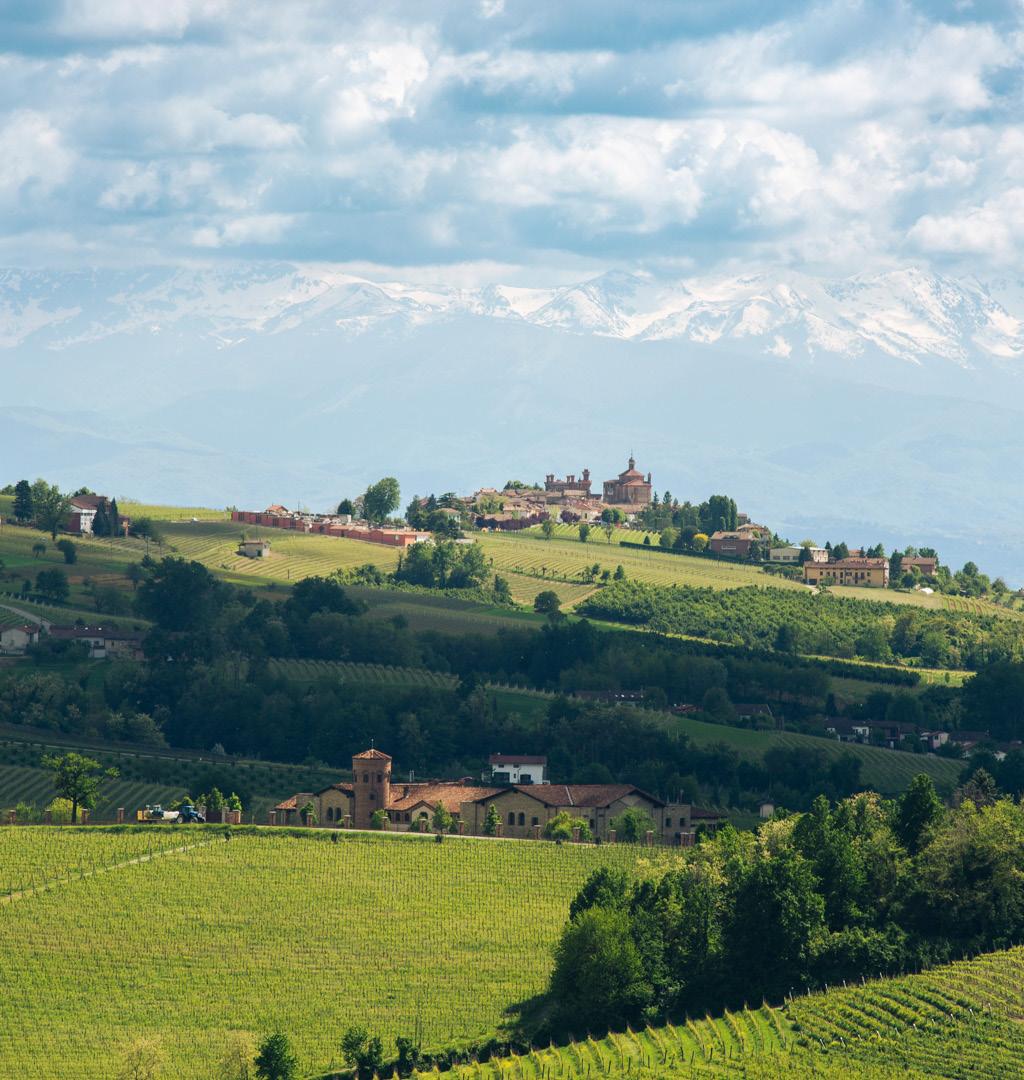
“While Piemonte’s big three continue to dominate, the landscape of the present continues to move closer and closer to the landscape of the past.”
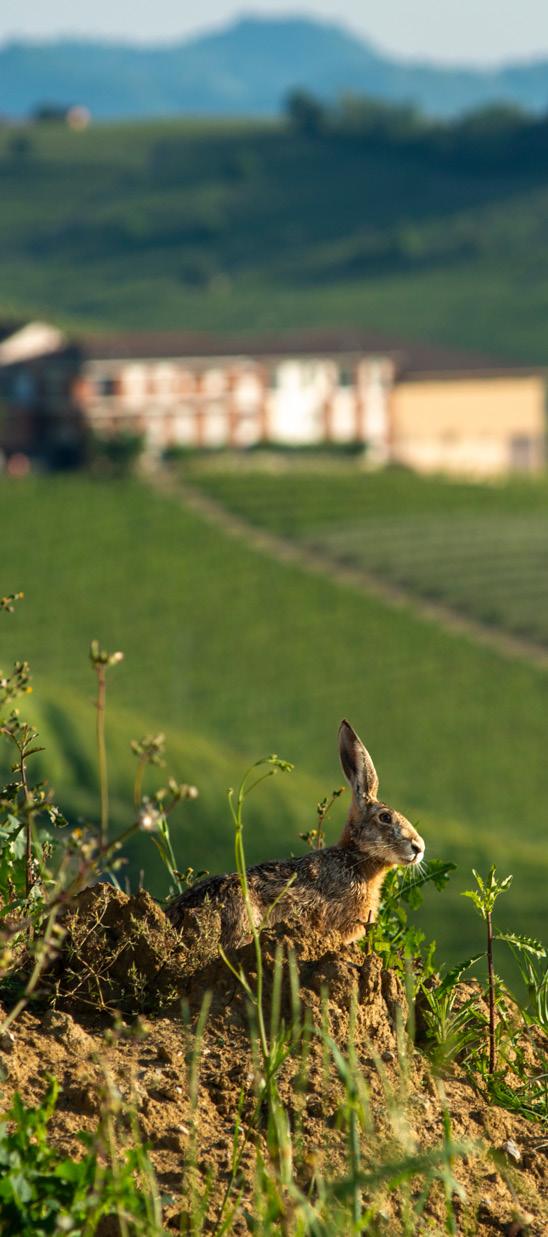
Key Producers:
G.D. Vajra, Bartolo Mascarello, Giacomo Barbero, Francesco Rinaldi & Figli, Cavallotto
Freisa, derived from the Latin fresia meaning “strawberry,” has been historically cultivated around Neive. Genetically close to Nebbiolo, it shares some of its tannic structure but with a rustic charm. Once highly planted and known for its high yields and disease resistance.
Freisa wines range from dry to sweet, still to sparkling, with many producers making it in a frizzante style, although given the right terroir and winemaking it can make fuller-bodied more structured dry wines with aromas of strawberry and tart cherry that mingle with high acidity and a tannic bite.
Grignolino (/ɡriɲolˈino/) also known as Balestra, Verbesino, Arlandino, Rossetto, Barbesino
Key Piemontese Appellations:
Barbera del Monferrato Superiore DOCG, Grignolino d’Asti DOC, Grignolino del Monferrato Casalese DOC, Piemonte DOC, Monferrato DOC, Barbera del Monferrato DOC, Gabiano DOC, Rubino di Cantavenna DOC
Key Producers:
Braida di Giacomo Bologna, Castello di Neive, Accornero, Crivelli
Grignolino, native to Piedmont’s Monferrato hills, is a historic yet overlooked red variety once famed for producing chiaretti—light reds popular in the sixteenth century. Its name, from the Piedmontese grignolo (“pip”), refers to its many seeds and resulting tannic bite. High acidity, which once made drinkers “grit their teeth” (Grignolè), adds to its austere reputation.
Pale-hued and closer to a structured rosato, it is notoriously difficult to grow, earning Pinot Noir comparisons. At its best, Grignolino shines with an orange-garnet rim, floral and red-berry aromas, and a lively palate marked by brisk acidity, crisp tannins, and a clean, mouthwatering finish.
Key Piedmontese Appellations: Verduno Pelaverga DOC
Key Producers:
G.B. Burlotto, Fratelli Alessandra, Castello di Verduno
Pelaverga Piccolo, native to Piedmont, is primarily cultivated around Verduno, with small plantings in Roddi d'Alba and La Morra. From just three hectares in 1987, its vineyards now span closer to 20 hectares, reflecting renewed interest.
At its best, Verduno Pelaverga makes relative pale wines aromas of strawberries, raspberries, cracked pepper, and herbs, with graceful acidity balancing occasional syrupy richness in warm vintages.
Although overshadowed by Nebbiolo, thanks to the likes of G.B. Burlotto, Pelaverga’s mix of complexity, freshness and approachability is making it a rising star in the region.

Artificial intelligence (AI) has found its place at the vintner’s table, steering the production of Wine of Moldova’s first AI-crafted wine. This initiative has leveraged AI to refine decision-making throughout the winemaking process, from vineyard condition analysis to the orchestration of final blends, labels, and marketing strategies. In the cellars, AI guided through the fermentation process and blending ratios to best showcase the unique qualities of native Moldovan grapes. A key innovation is the introduction of Chelaris, a meta-human winemaker, integrated into every aspect of AI wine production in Moldova.
This fusion of traditional craftsmanship and AI has yielded a white blend of Feteasca Alba, Feteasca Regala, and Viorica, named Elysium, alongside a red Feteasca Neagra assemblage, dubbed Rubrum Aeon. These wines encapsulate not only the rich terroir of Moldova but also its bold journey into the future.
The reveal occurred at this year’s ProWein, attracting hundreds over the three-day event to explore and taste at a masterclass led by consultant and author Robert Joseph. Participants caught a glimpse into oenology’s future, where human skill and AI converge. In-person and online polls showed a 60% preference for traditionally made wines, especially among older generations, underscoring a deep-rooted connection to Moldovan winemaking heritage.
The integration of AI in winemaking ignited extensive dialogue, revealing a generational split. Younger attendees, particularly from Generation Z and millennials, saw AI as an exciting frontier. Meanwhile, older participants harboured hopes that “AI will not replace humans,” spotlighting a compelling debate over the balance between technological adoption and preserving winemaking’s human element.
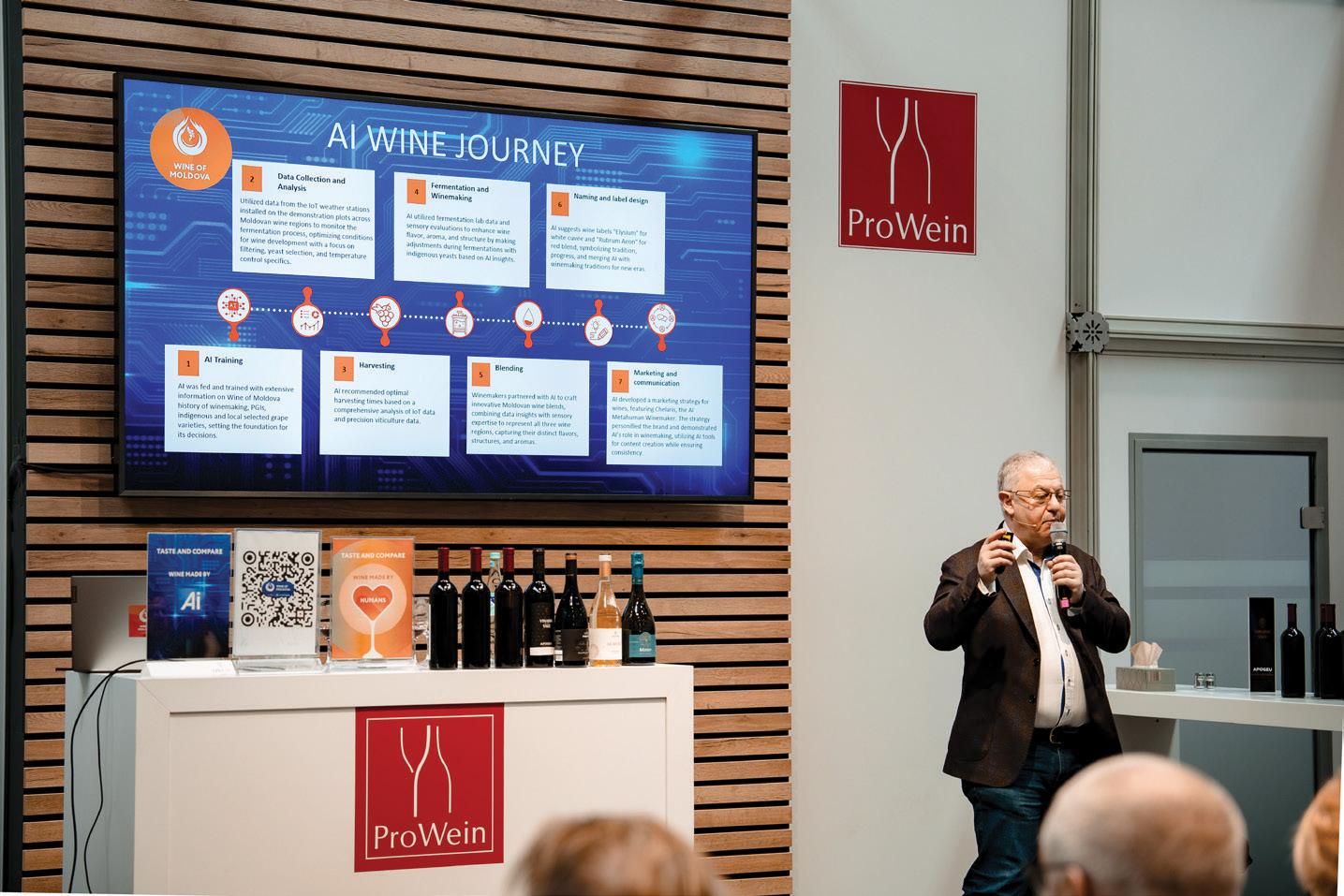

In the wine world, sommeliers remain irreplaceable, with AI enhancing rather than threatening their expertise. In ventures like Wine of Moldova’s, AI serves as an aid to precision and consistency, but it won’t replace the human sensory experience and the art of storytelling that are the sommelier's true craft. While AI can analyze and propose, it lacks the personal nuance a sommelier contributes to the wine journey, their profound pairing knowledge, and the adaptability to cater to individual tastes.
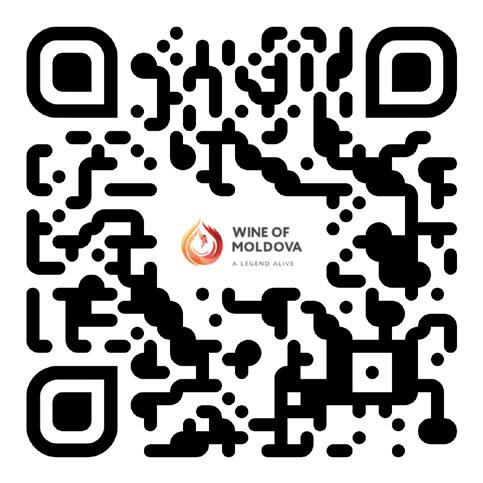
Explore the unique character of Wine of Moldova and the pioneering steps in merging AI with winemaking. Scan the QR code to delve deeper into the world’s first serious AI wine.
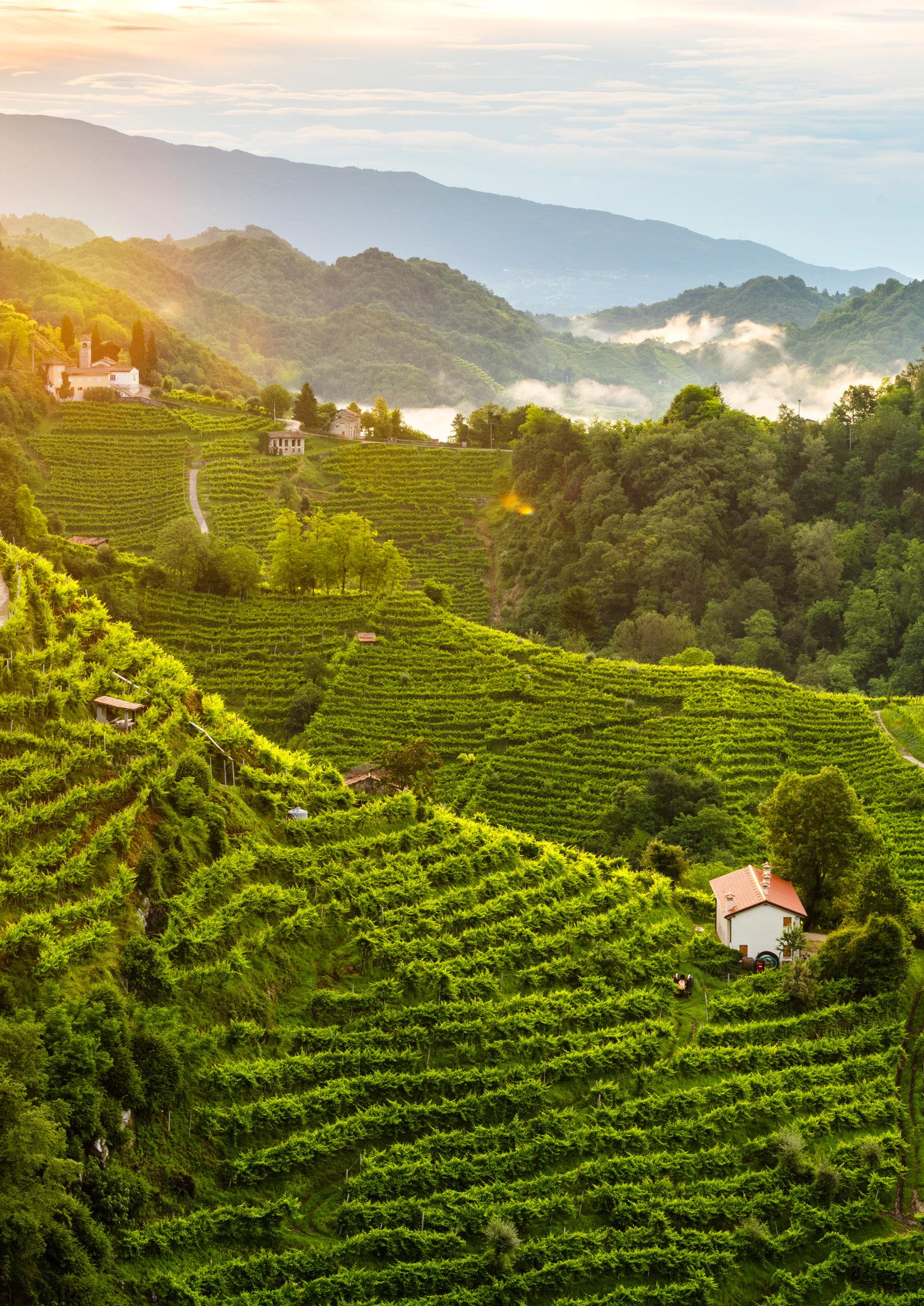

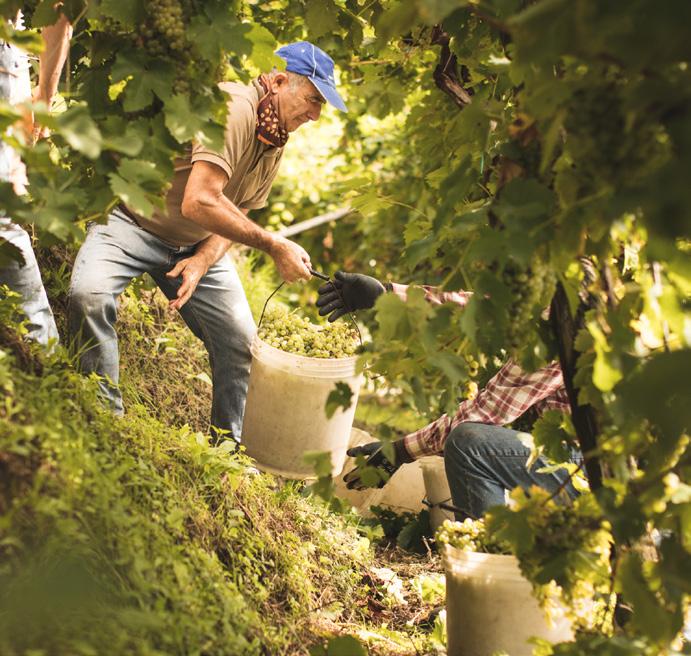

High on the steep, sunlit slopes of Conegliano and Valdobbiadene, vineyards cling to the hillsides in what locals proudly call heroic viticulture. Here, tradition runs deep. Vines are not torn from the ground in sweeping vineyard renewals but tended generation after generation, with only individual vines replaced each year. The result is a living mosaic of youth and age—vigorous young vines pushing up alongside gnarled trunks that have weathered seventy or even eighty harvests.
According to Diego Tomasi, Director of the Consorzio di Tutela Conegliano Valdobbiadene Prosecco Superiore, this practice enriches the wines’ organoleptic profile. “Very old vines provide structure and acidity thanks to their deep root systems and the reserve substances stored in their trunks and roots. Young vines, with their responsive metabolism, contribute aromatic exuberance and sugars.” Some producers, recognising the unique character of old-vine fruit, bottle special selections—such as Ruggeri and Nino Franco—known for greater structure and ageworthiness due to their richer structure.
The uniqueness of Glera in these hills is deeply tied to its terroir. The appellation is home to nine different soil types, formed over millions of years of marine sedimentation. Variations in mineral composition, organic matter, and water retention influence the vine’s root system, translating into diverse expressions in the wine. Tomasi says “Glera is particularly sensitive (to its terroir).“
It is this very combination of old vines and unique terroir that according to Tomasi sets Conegliano Valdobbiadene Prosecco Superiore apart from standard Prosecco DOC. The wines are fresher, more delicate, and increasingly recognised for their ability to age. “We are beginning to see that our wines can be enjoyed both in their youth, consumed up to 15 months after bottling, and cellared. Many can mature in bottle for upwards of three to four years,” notes Tomasi—an impressive evolution for a style, known
For Tomasi, understanding Glera’s heritage is essential for professionals and consumers alike. Beyond its sensory qualities, Prosecco Superiore embodies a landscape, a history of heroic viticulture, and a community of growers whose work is now UNESCO-recognised. “All these material and intangible values enrich the perceived quality, uniqueness, and distinction between DOC and DOCG,” he says.
Prosecco Superiore is not just a sparkling wine—it is the culmination of centuries of tradition, terroir, and the quiet wisdom of old Glera vines, whose roots dig deep into the culture and history of this venerable appellation.



The IWSC, in partnership with the UK Sommelier Academy, has crowned Maria Boumpa, Wine Director at Da Terra, as UK Sommelier of the Year 2025. The live final, held on July 8, followed two days of intense assessment involving 43 of the UK’s best sommeliers. Boumpa impressed judges with her precision, composure, and depth of knowledge, edging out Dion Wai (Raffles at The OWO), who placed second, and Joanna Nerantzi (5 Hertford Street), who finished third.
The judging panel included Raimonds Tomsons, ASI Best Sommelier of the World 2023, who praised the finalists’ skill and professionalism. IWSC CEO Christelle Guibert highlighted the competition’s role in fostering community and excellence saying, “this is more than a title—it’s about inspiring and connecting sommeliers across the UK.”
Special awards given to outstanding performances in individual elements were presented to:
• Kristina Gladilina (Lita) - Practical Exam
• Maria Boumpa (Da Terra) - Theory
• Emma Denney (Claridge’s) - Food & Wine Matching
• Joanna Nerantzi (5 Hertford Street) - Wine Tasting
• Dion Wai (Raffles at The OWO) - Spirits Tasting
“This is more than a title—it’s about inspiring and connecting sommeliers across the UK.”
– Christelle Guibert
ABS (Associação Brasileira de Sommeliers) Rio has created the New Paths, New Possibilities project which aims to support individuals in economically vulnerable situations who wish to become professional sommeliers and wine industry professionals through a scholarship programme. This commitment to social inclusion and the democratisation of education drives ABS to open doors for those who need it most, providing real opportunities for professional development.
On July 24th , the town of Dhour Shweir in Lebanon hosted a Sommelier Masterclass led by acclaimed wine educators Joseph Mounayer and Jean Vincent Ridon The three-hour session highlighted the essential role of education in the sommelier profession, offering attendees an in-depth look into the art of wine service, professional tasting techniques, and the broader responsibilities of the modern sommelier. Through guided tastings of Lebanese wines and live demonstrations of service rituals, such as decanting, temperature control, and food pairing, participants gained a clearer understanding of the skill, knowledge, and finesse that define the sommelier’s craft. This initiative was developed to inspire a new generation of sommeliers in the Middle East by fostering a culture of continuous learning, professionalism, and respect for wine.

Jérôme Carlier, Corporate Head Sommelier and Beverage Manager for Heritage Resorts, and member of the Association of Sommeliers of Mauritius (ASIM) is on a mission to craft a distinctive wine identity in the Indian Ocean. With 23 years in the profession, Carlier oversees wine programmes across 13 restaurants, two five-star hotels, a beach club, a fine-dining venue, and private villas within the historic Domaine de Bel Ombre.
A key focus has been elevating his team’s expertise. Each year, sommeliers including Acting Assistant Corporate Sommelier Jean Desvaux Geerdarry (featured on page 31) travel abroad to meet winemakers and deepen their knowledge; this year, Carlier will visit Champagne and Bordeaux with three Mauritian sommeliers.
Last month Carlier hosted the second annual Semaine de la Sommellerie (Sommelier Week), launched by Heritage Resorts in 2024. The event brought together Michelin-starred chefs, winemakers, and sommeliers for masterclasses and specialised courses, nurturing a strong, supportive wine community.
“Our goal is to inspire growth and excellence while fostering the next generation of sommeliers in the Indian Ocean,” says Carlier.
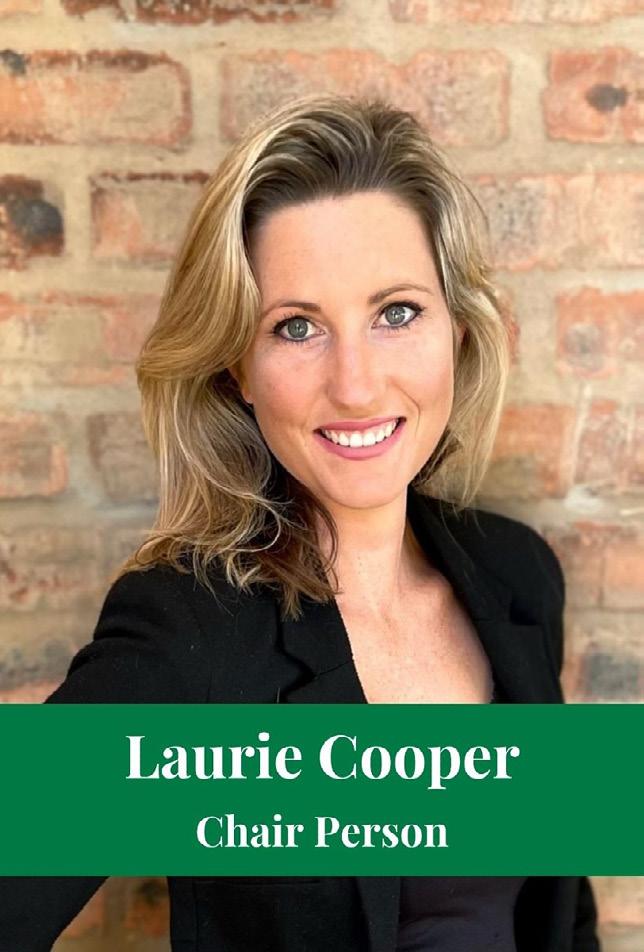
For the first time in its history, the South African Sommeliers Association (SASA) will be led by an all-female executive team, with acclaimed sommelier and educator Laurie Cooper elected as Chairperson and long-time SASA contributor Erica Taylor voted in as Vice Chair. Also elected to the Board is Lennox Nyengera, Andrew J Shelley and Jean Vincent Ridon
On Friday, 25 July, the international sommelier community lost a respected colleague and friend, Cees Vos, who passed away at the age of 80.
Cees was a driving force in the development of sommellerie in the Netherlands. For 15 years he held the position of president of Nederlands Gilde van Sommeliers (NGS) which has been a member association of ASI since 1991. A born organiser, he arranged everything, including many unforgettable wine trips to Australia and his beloved South Africa, from the perspective of making everyone feel welcome.
He was known for his generosity, always ready to help colleagues, whether by offering career advice or encouraging young sommeliers to pursue their passion. His energy, good humour, and willingness to push boundaries made him a memorable figure in the world of wine. His contribution to sommellerie will not be forgotten.
The ASI extends its heartfelt condolences to his wife, Betty, and their children.
